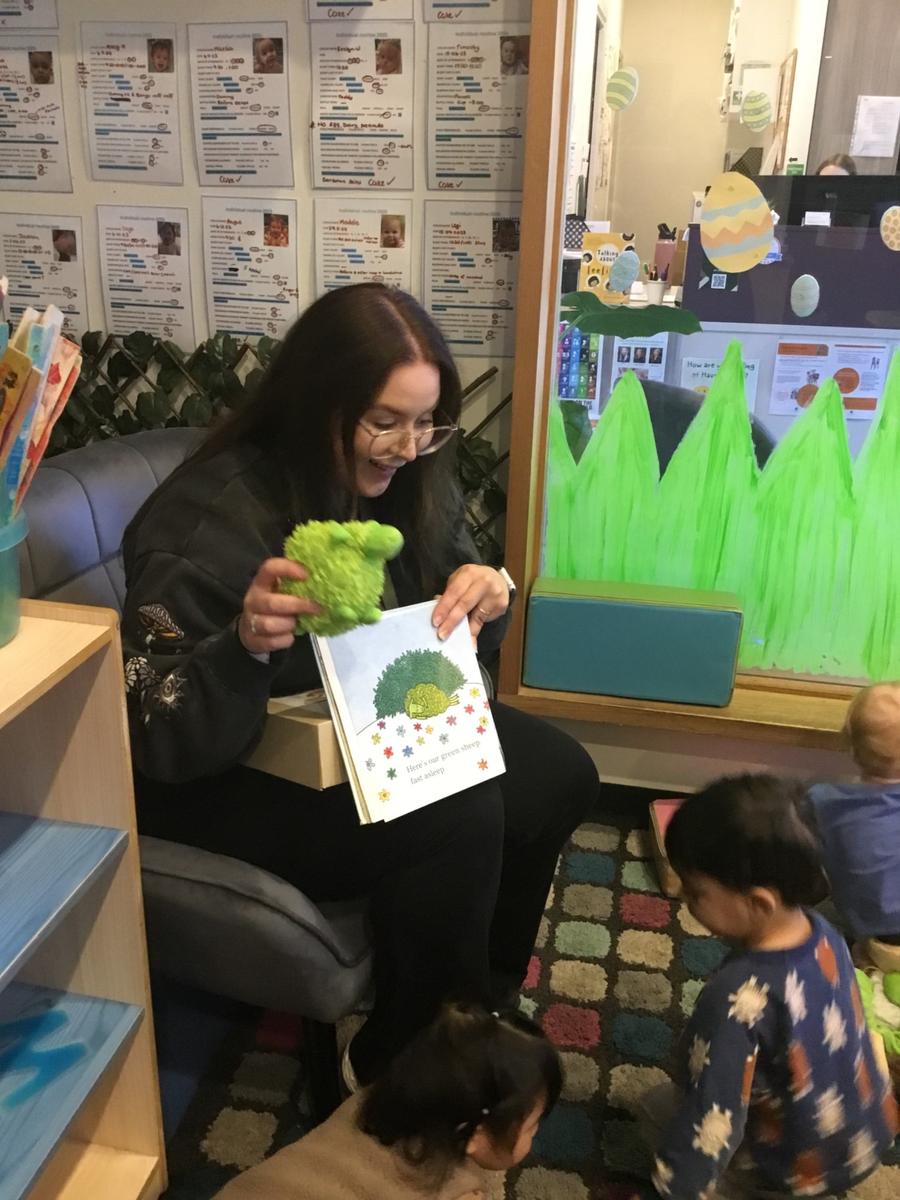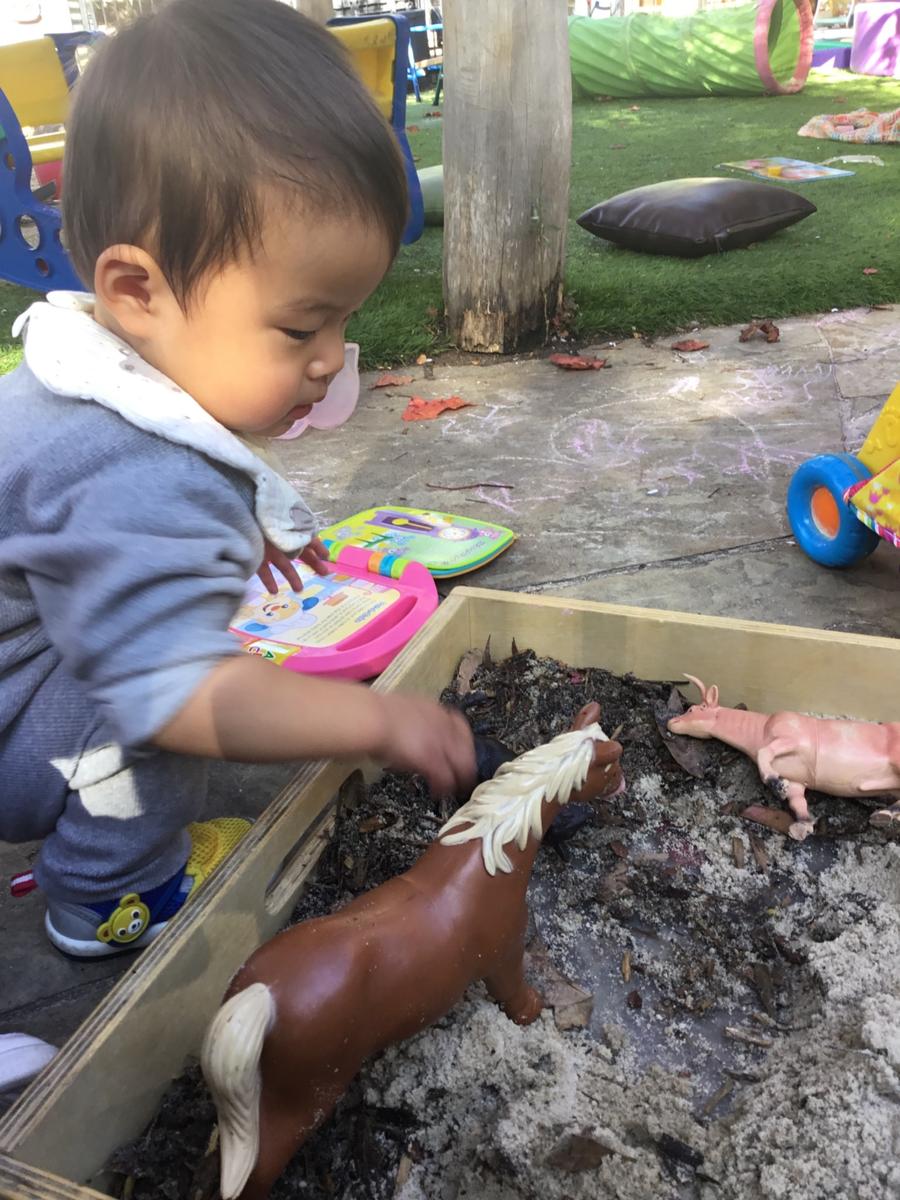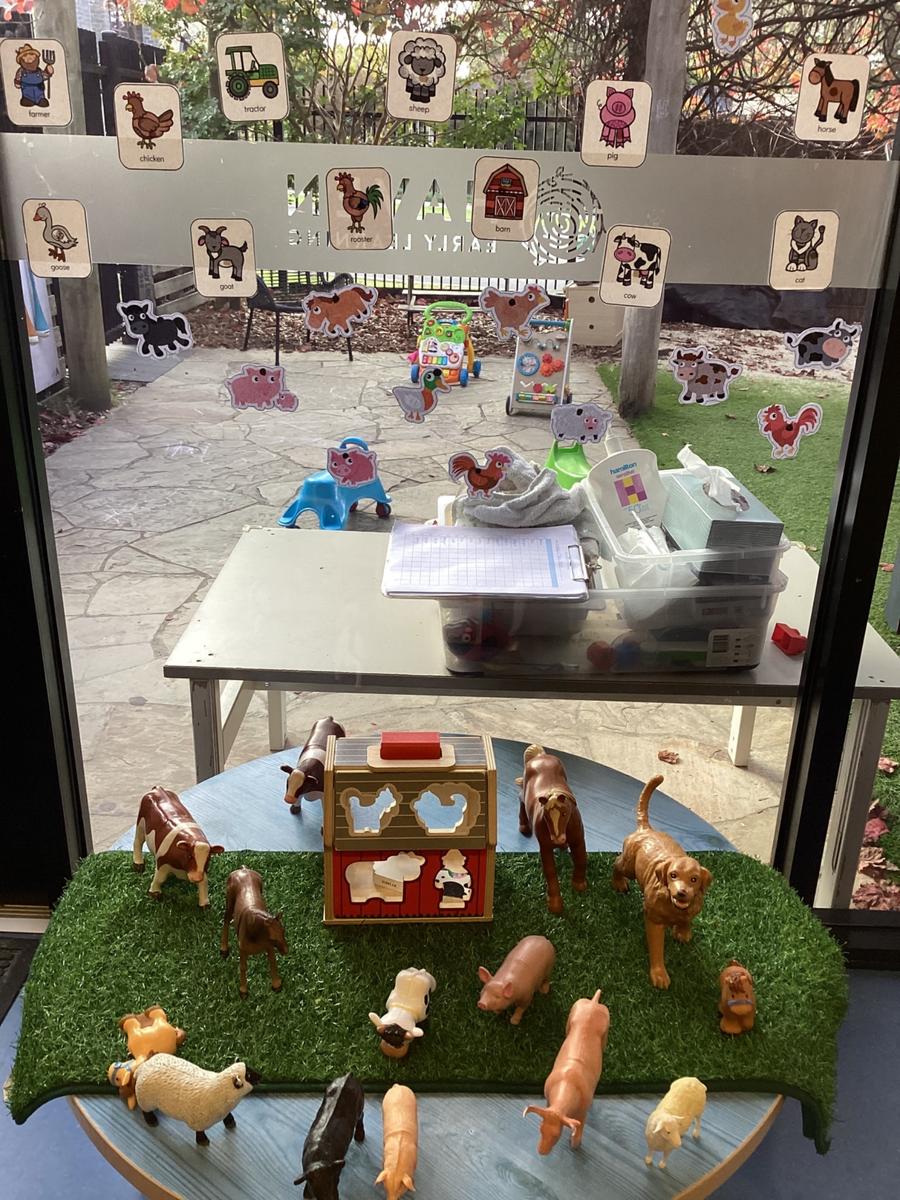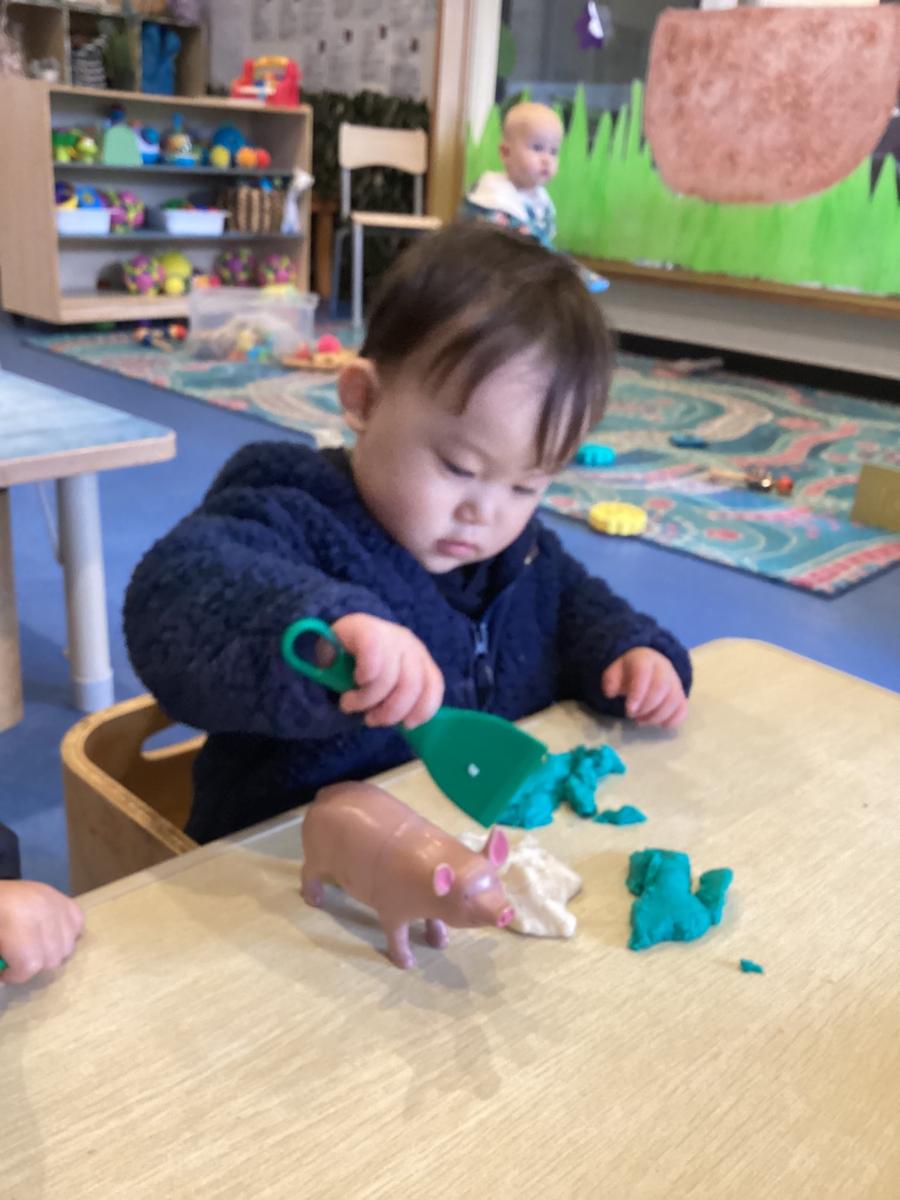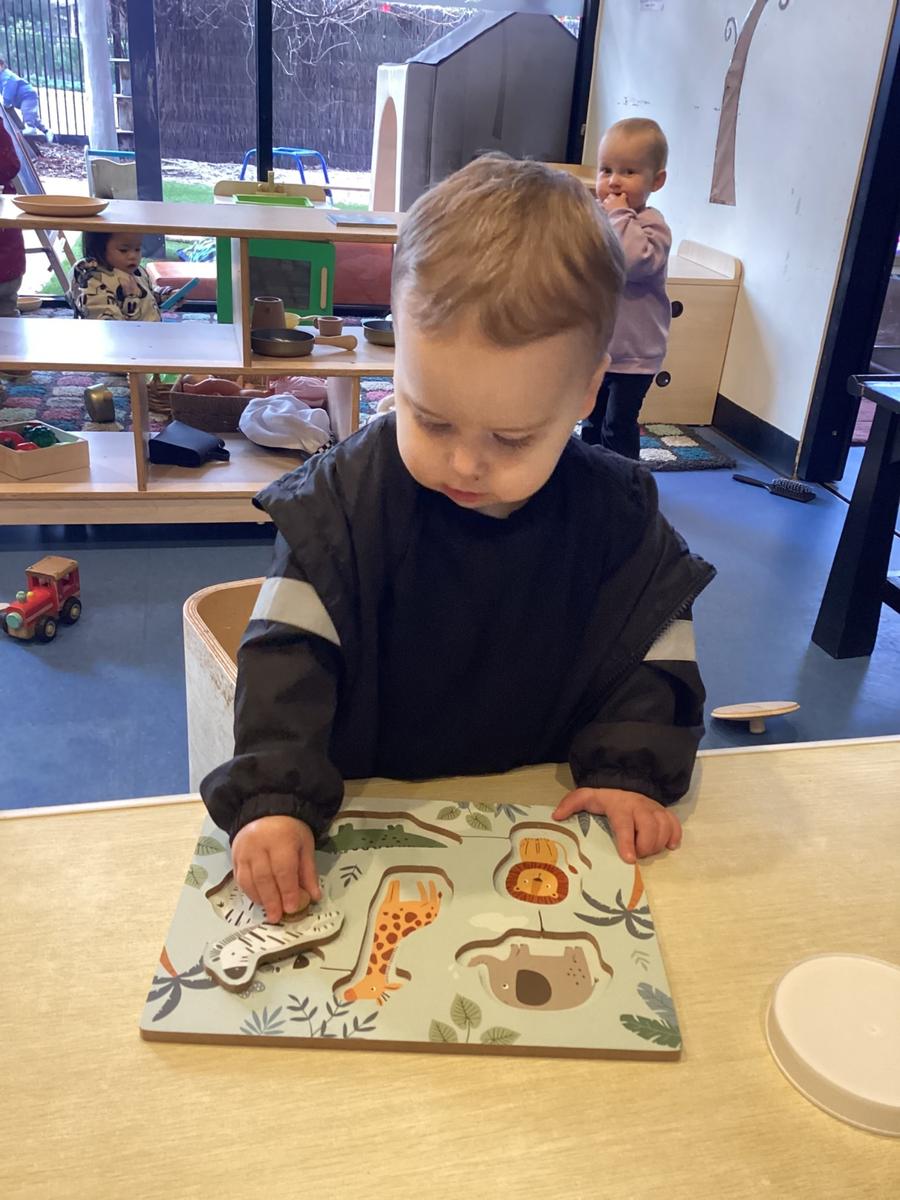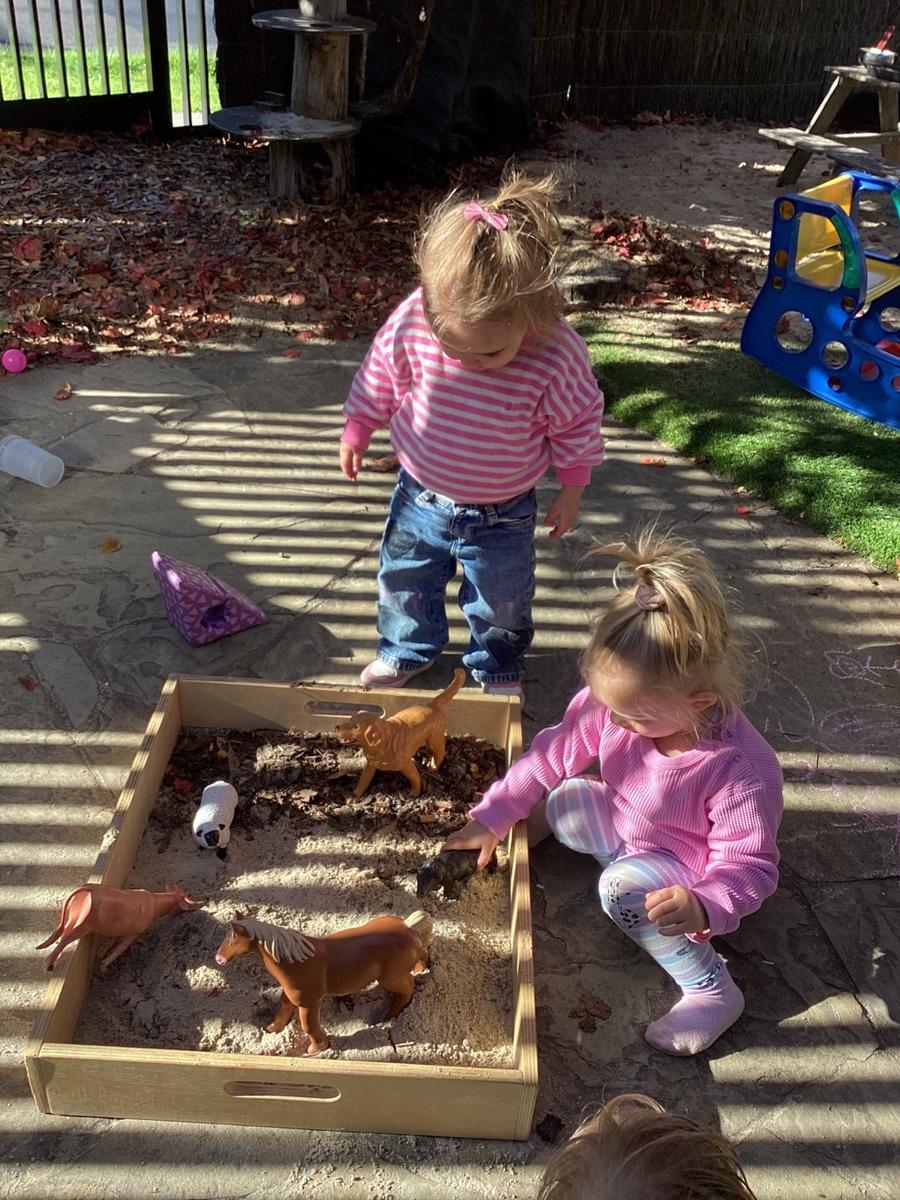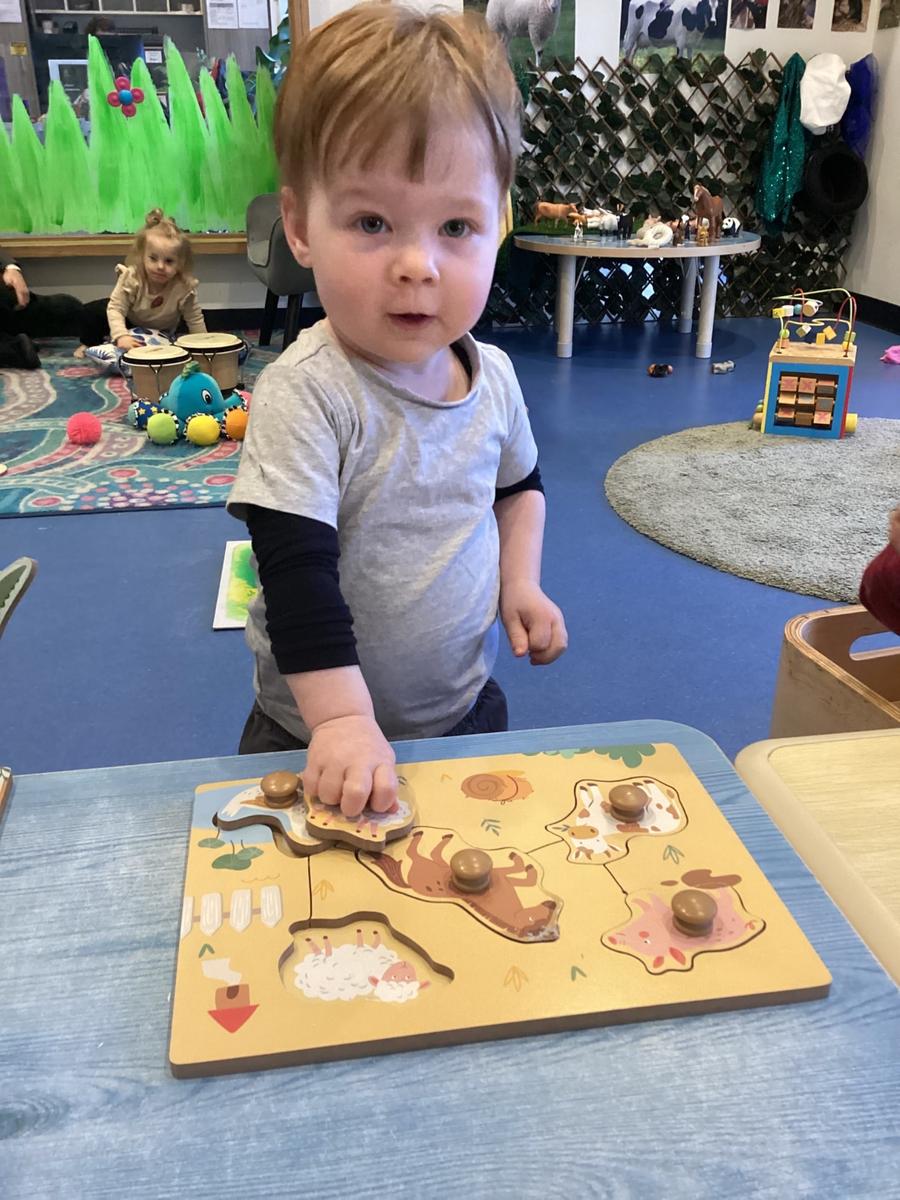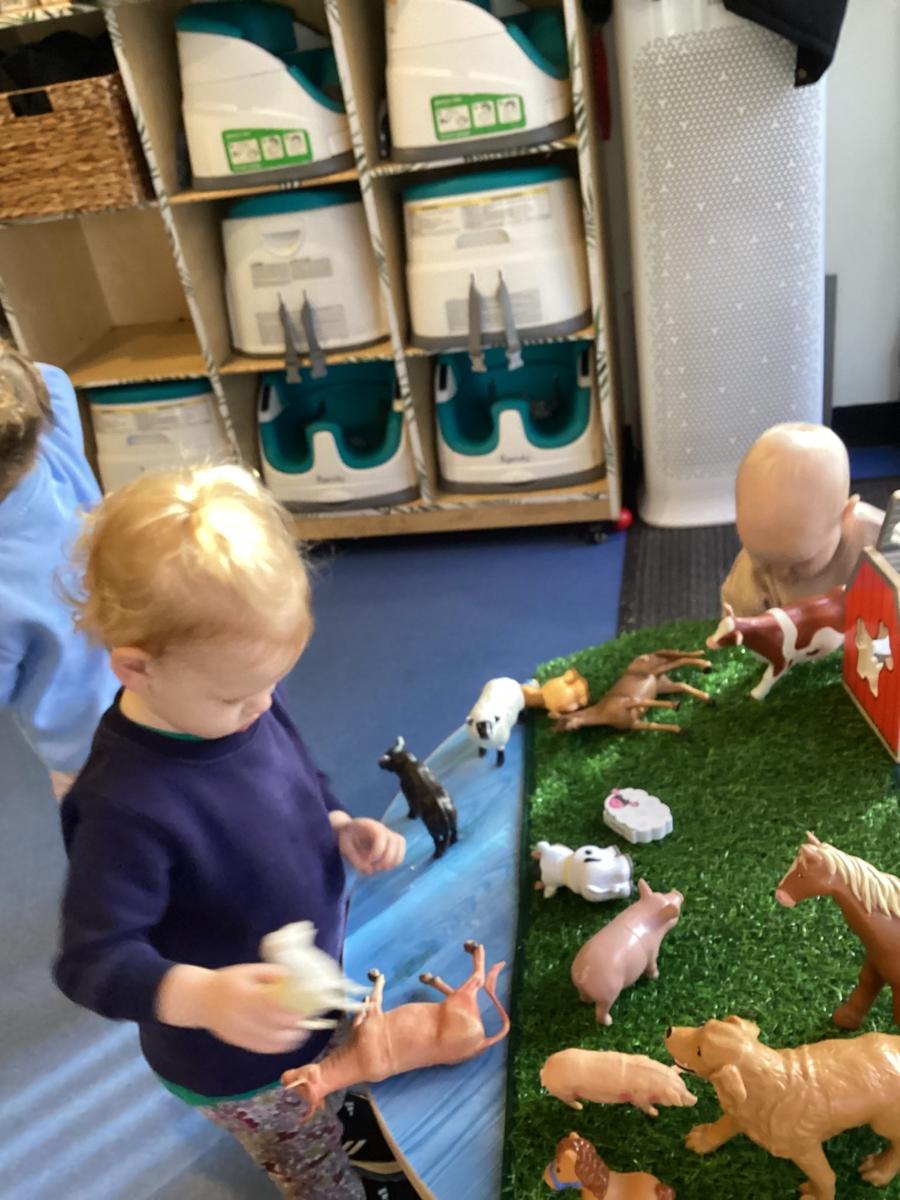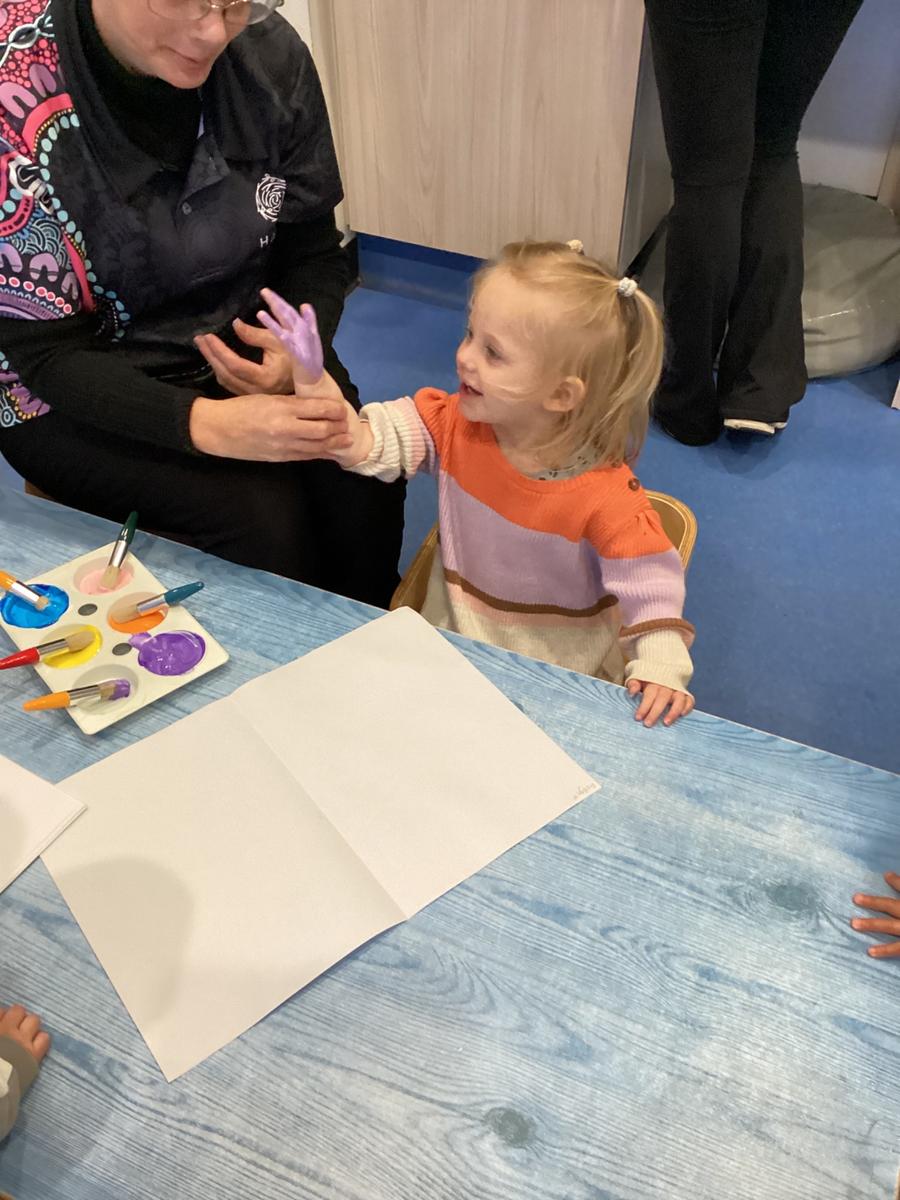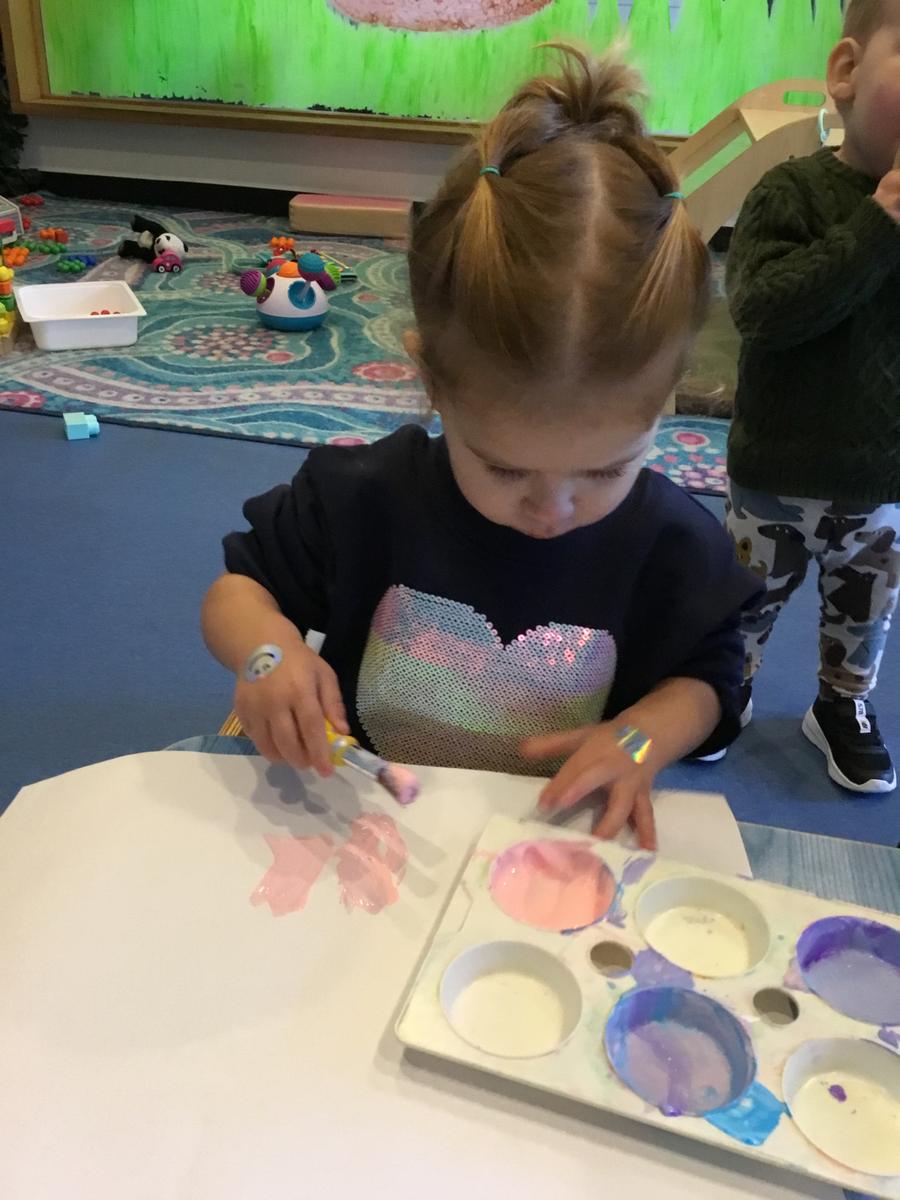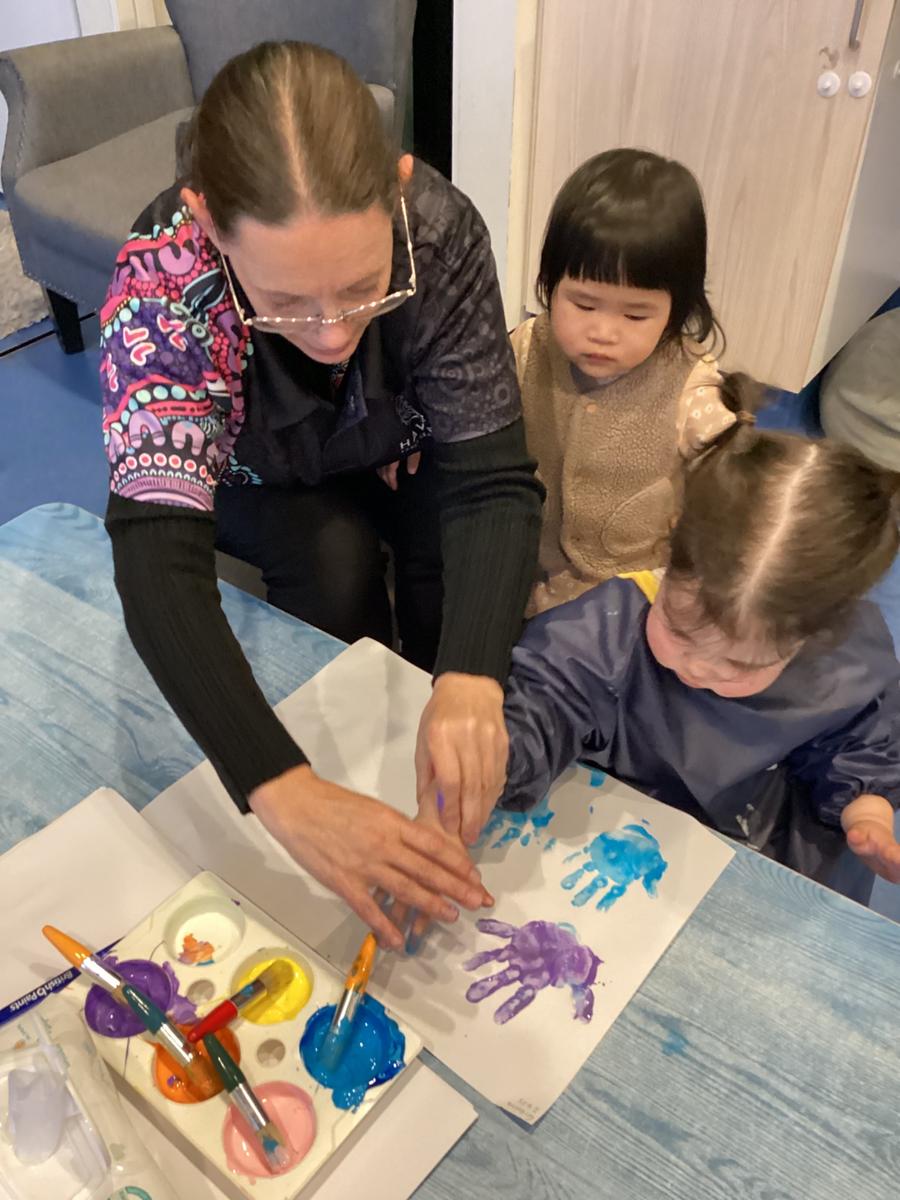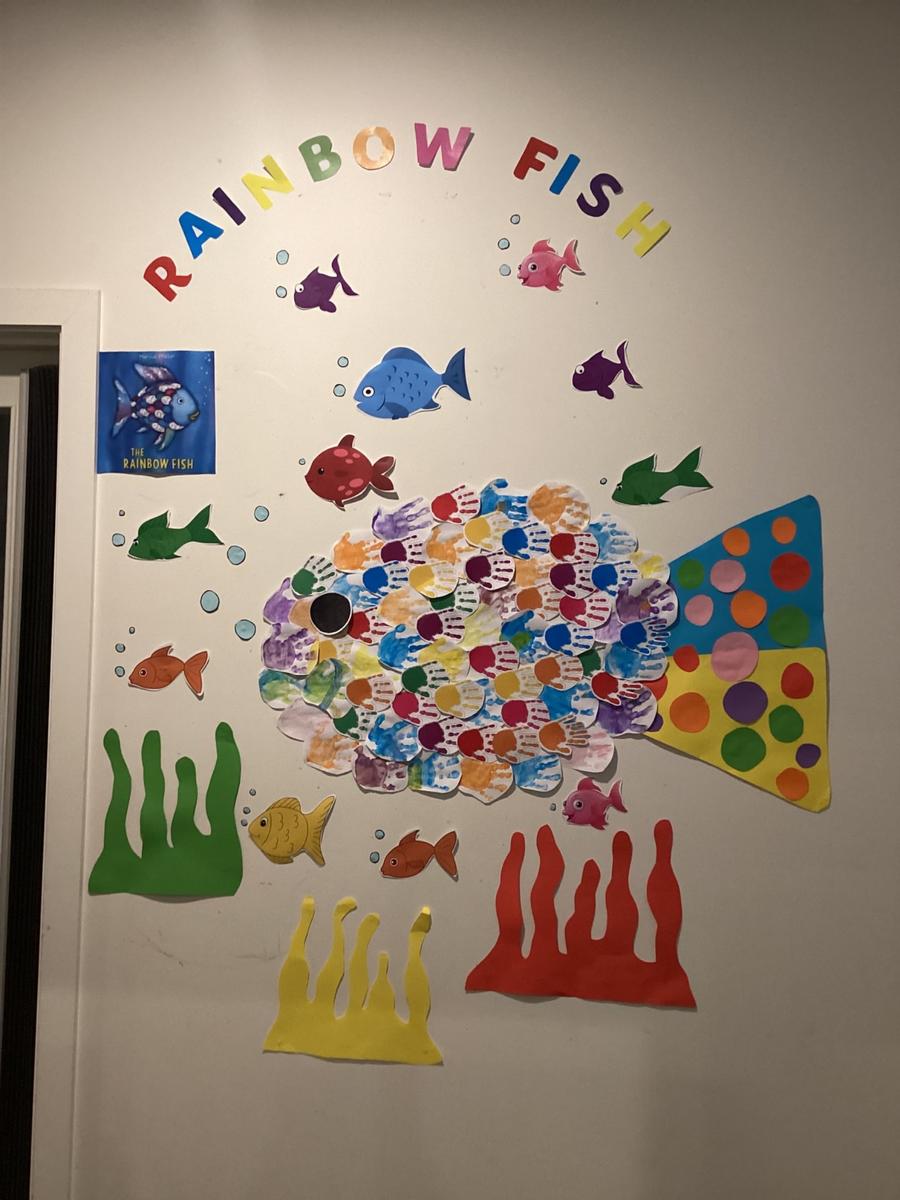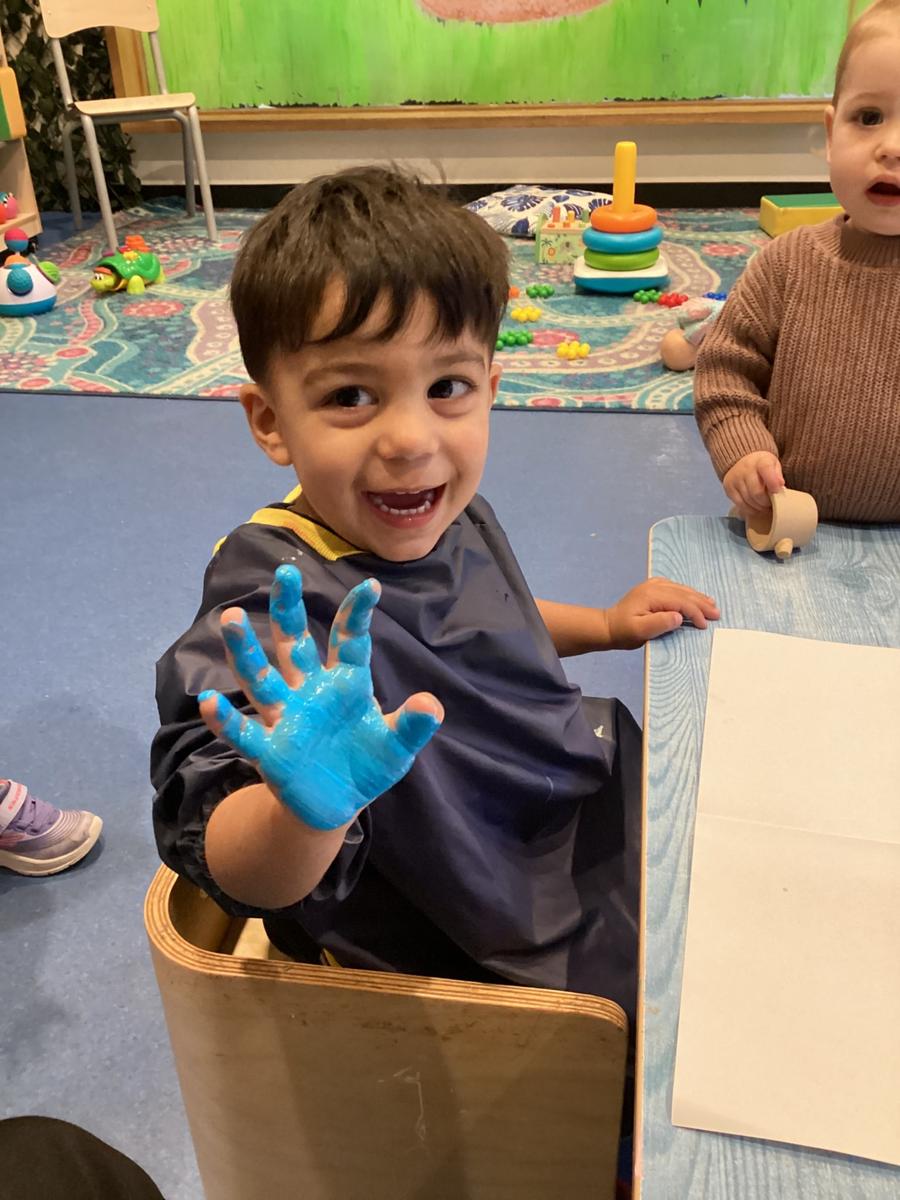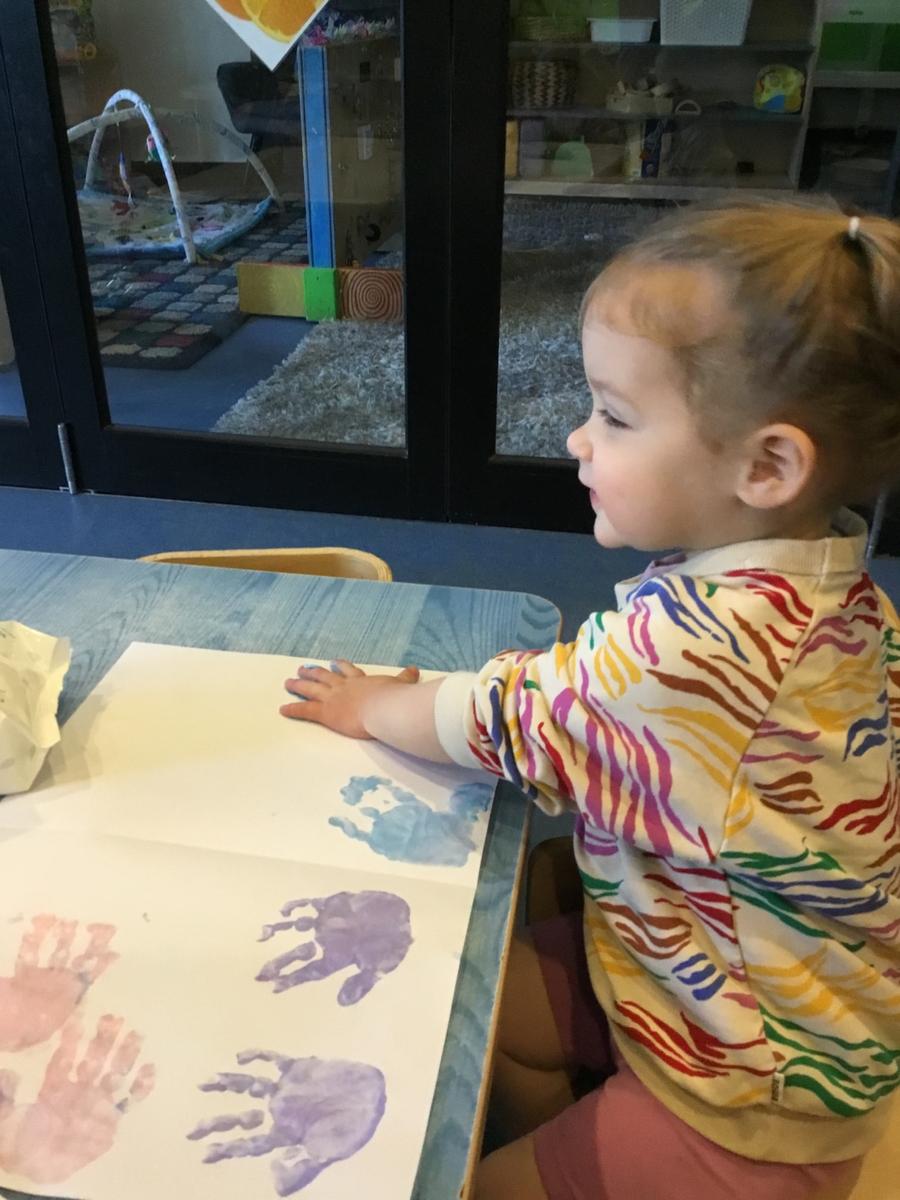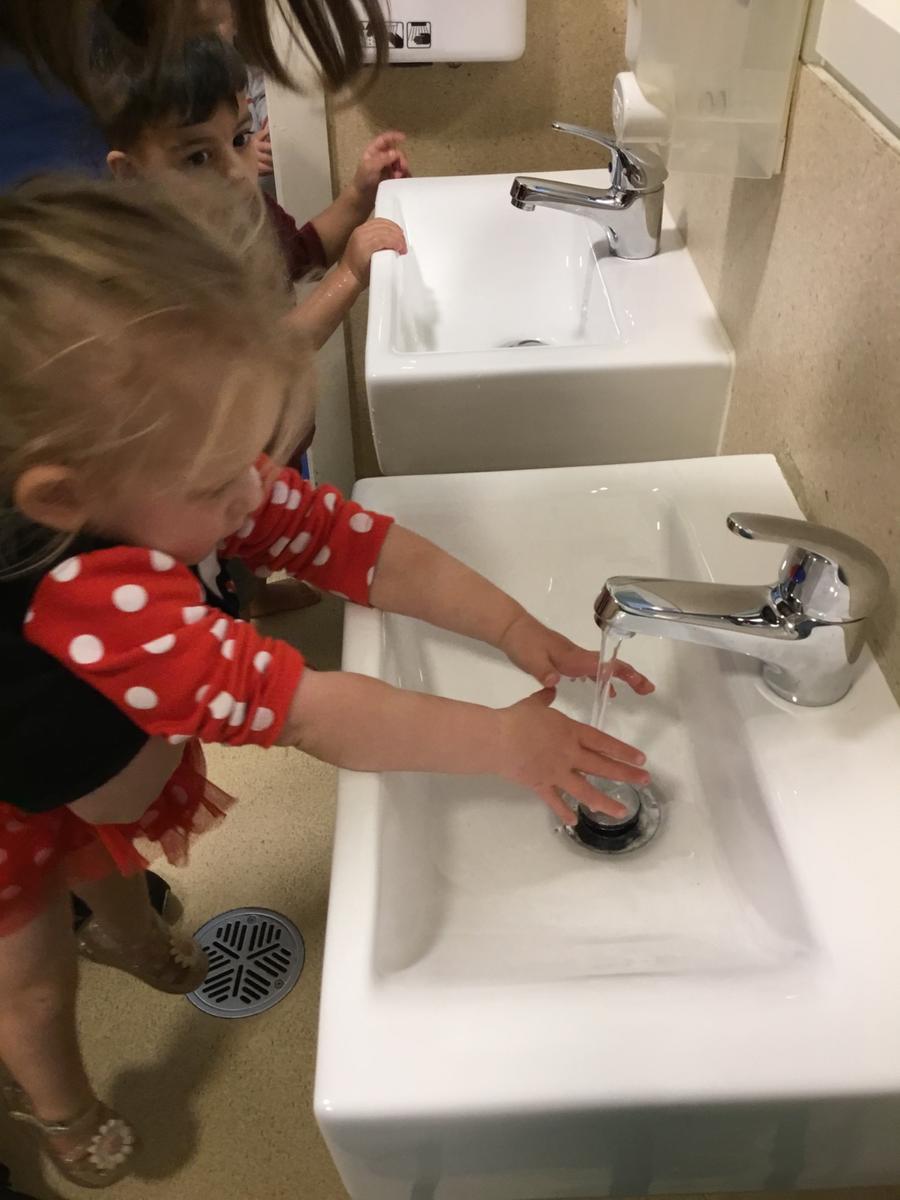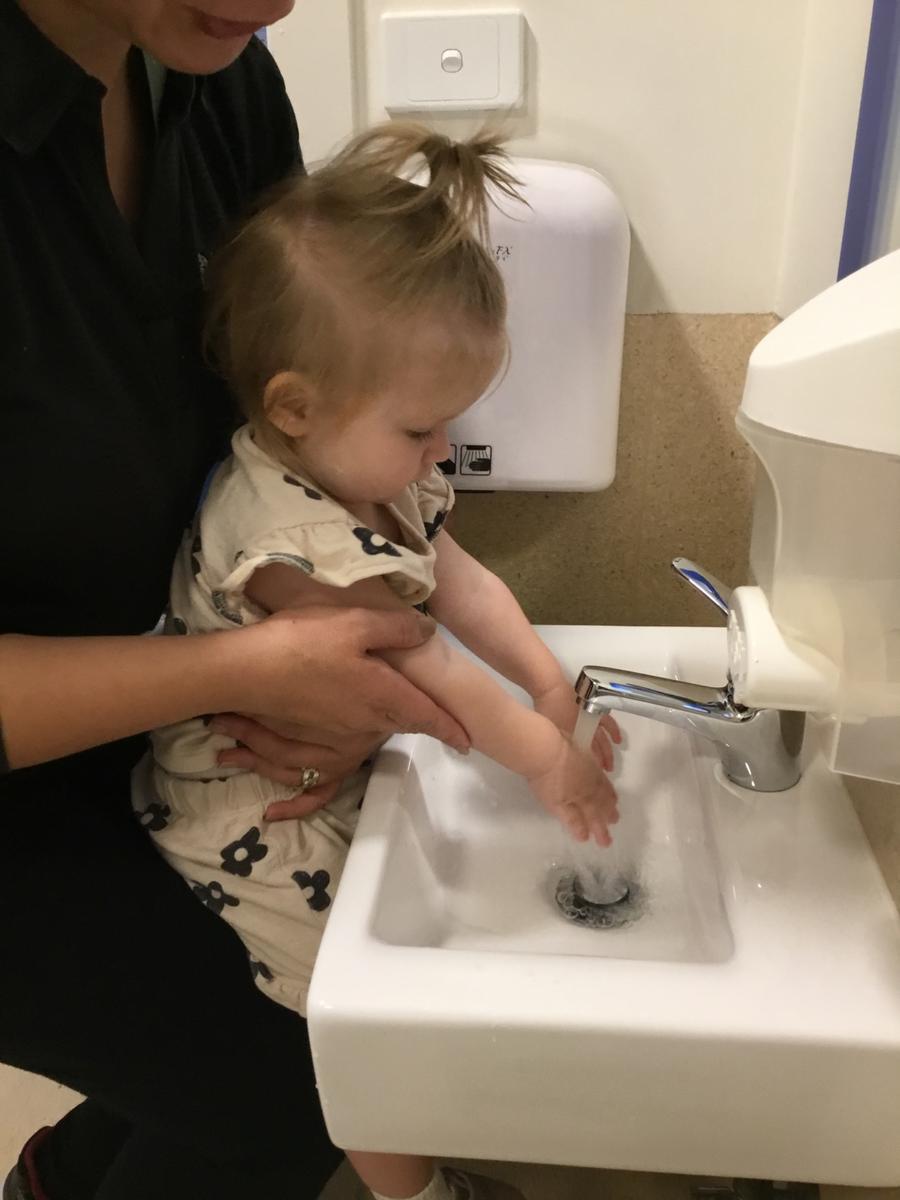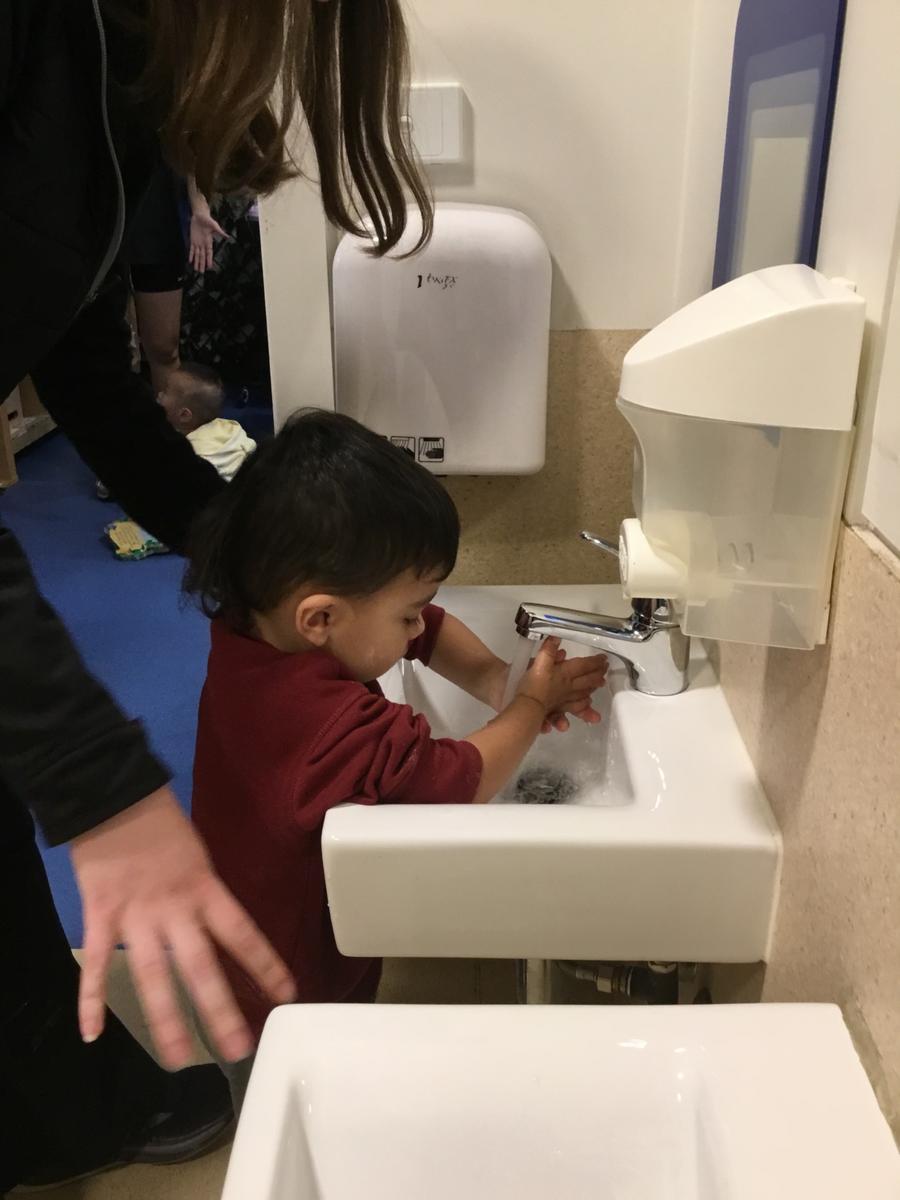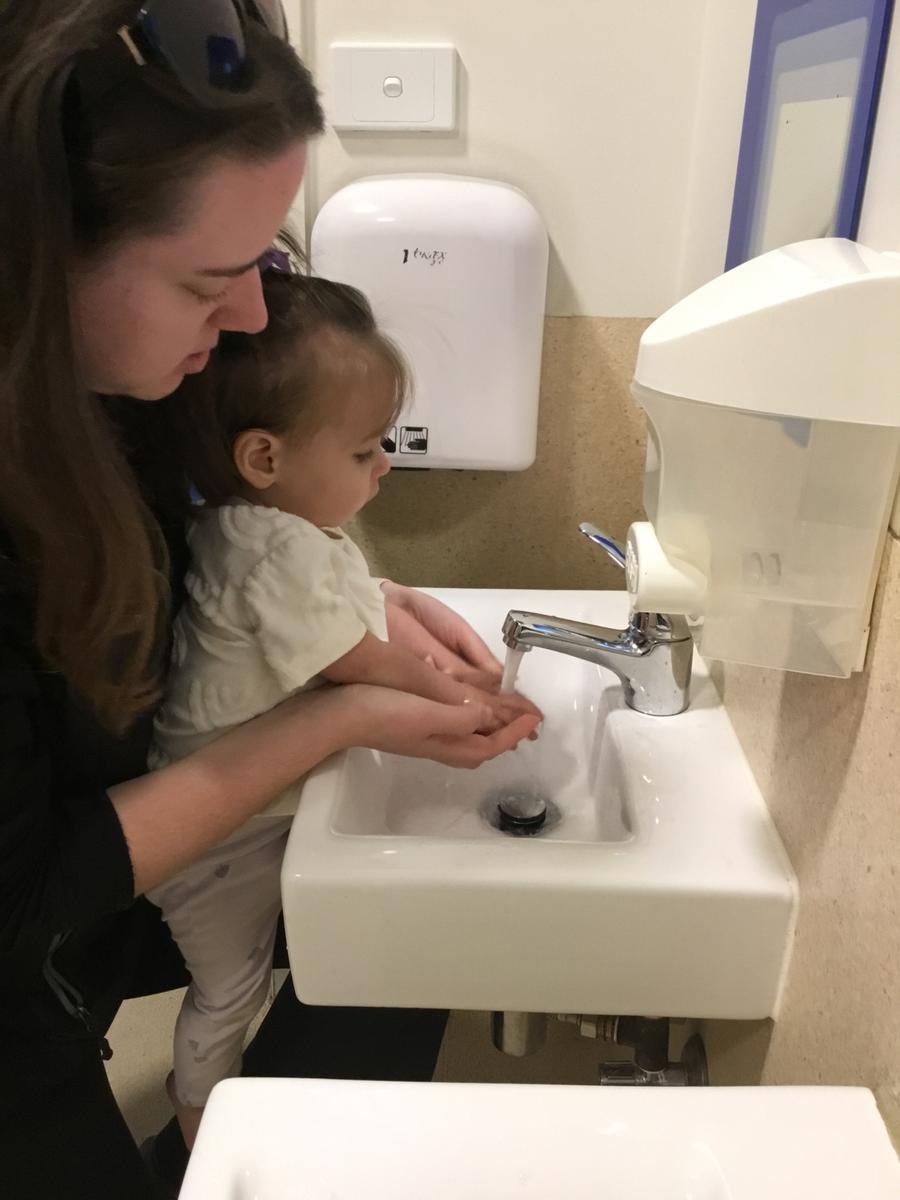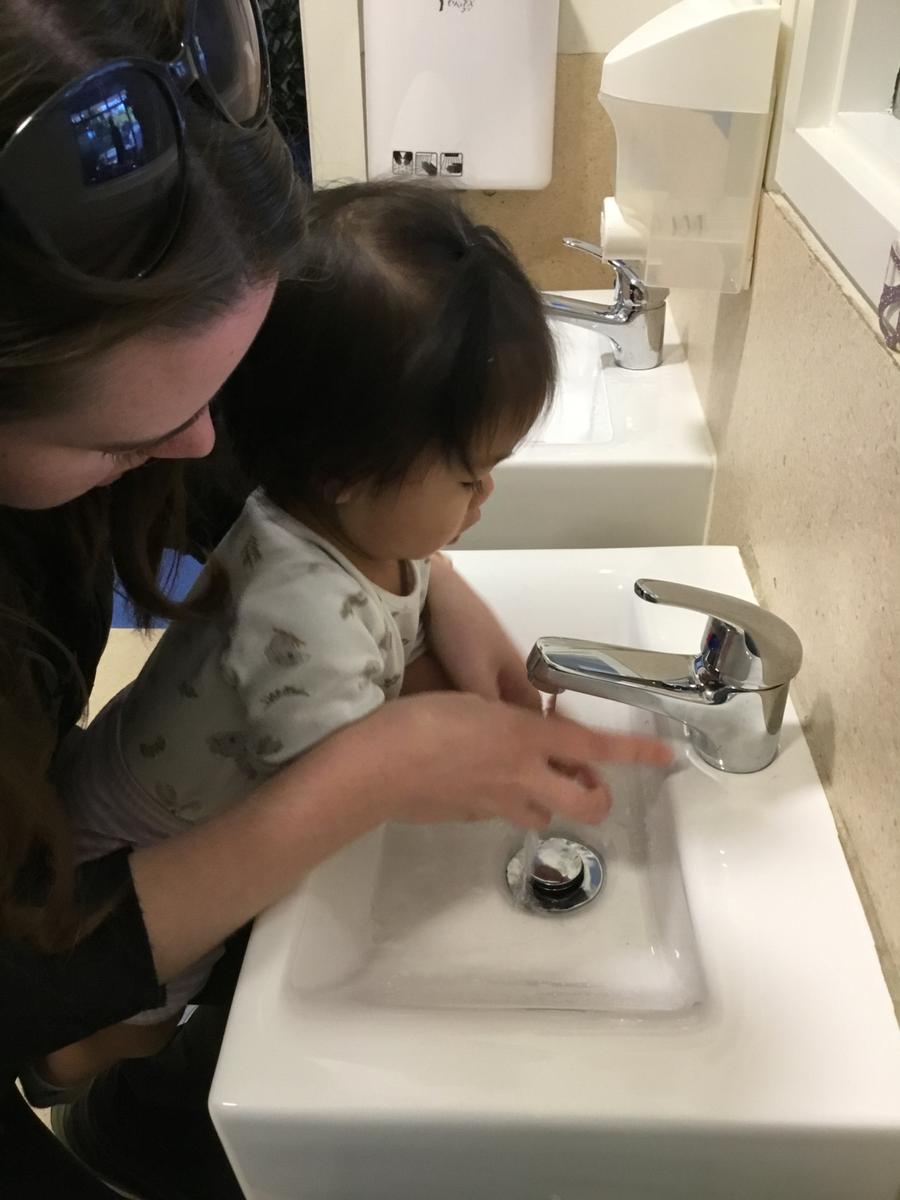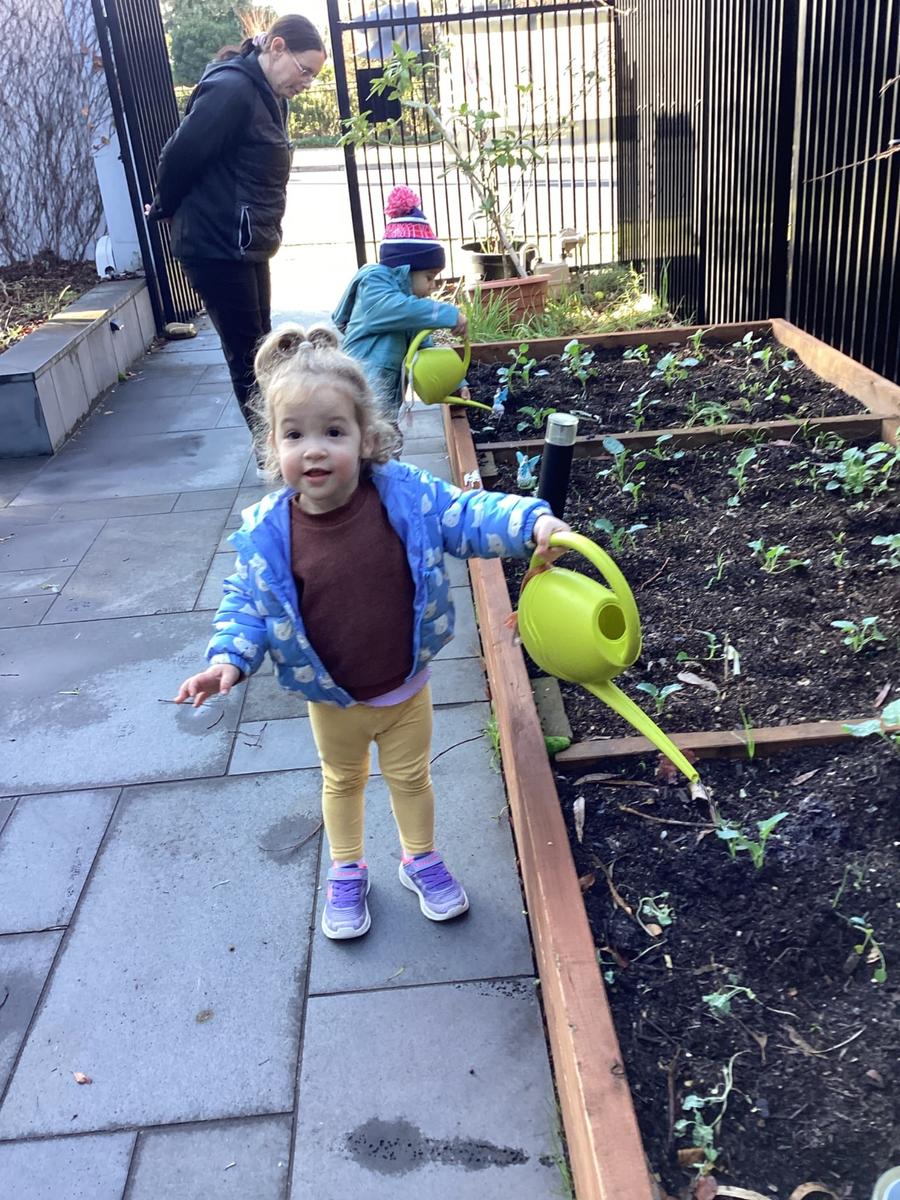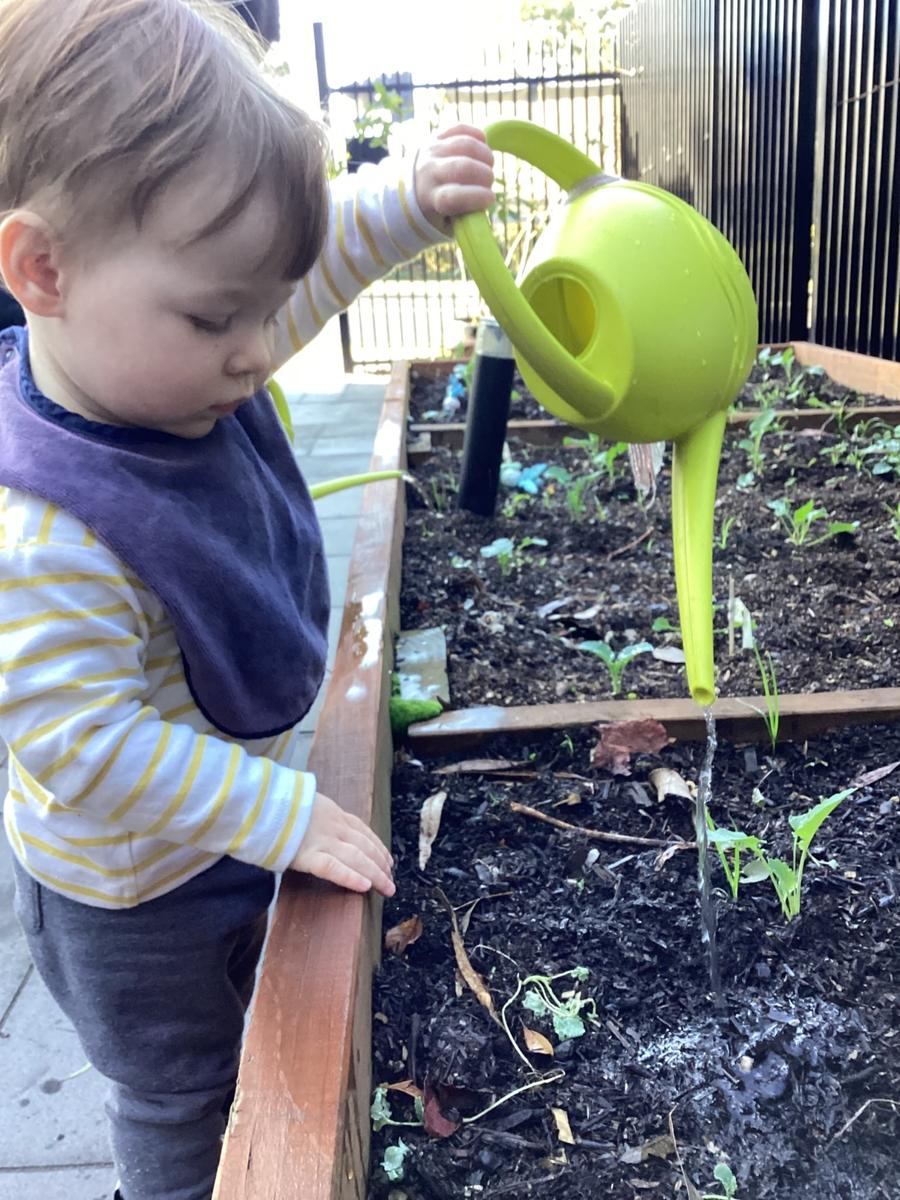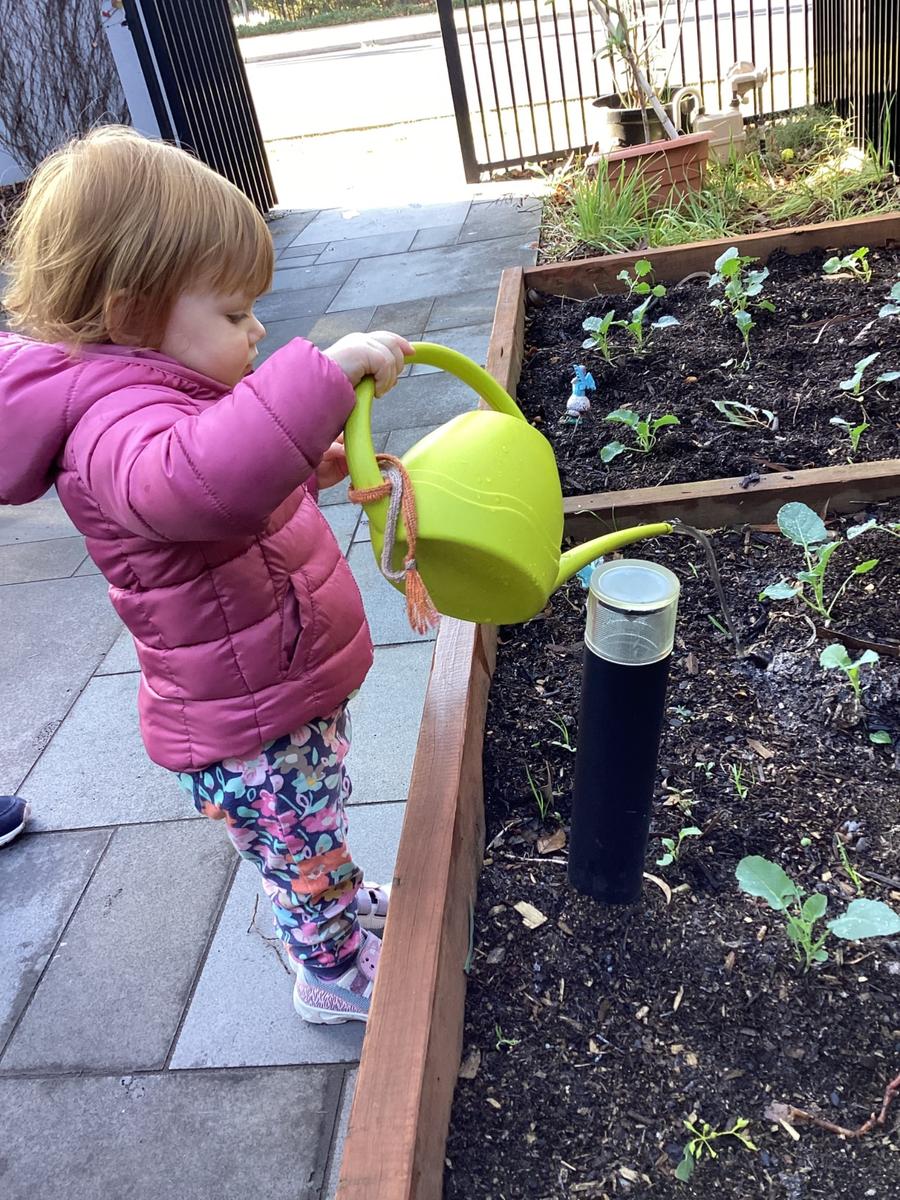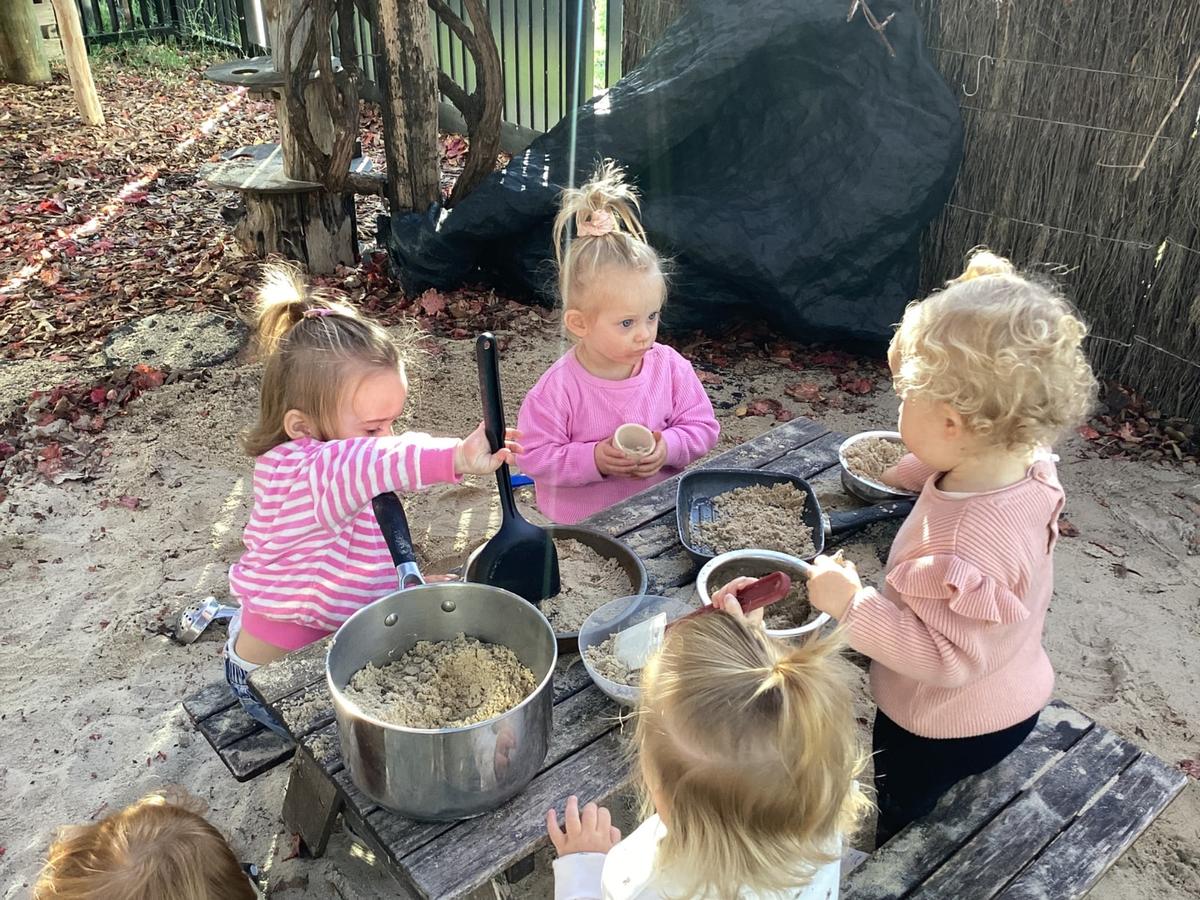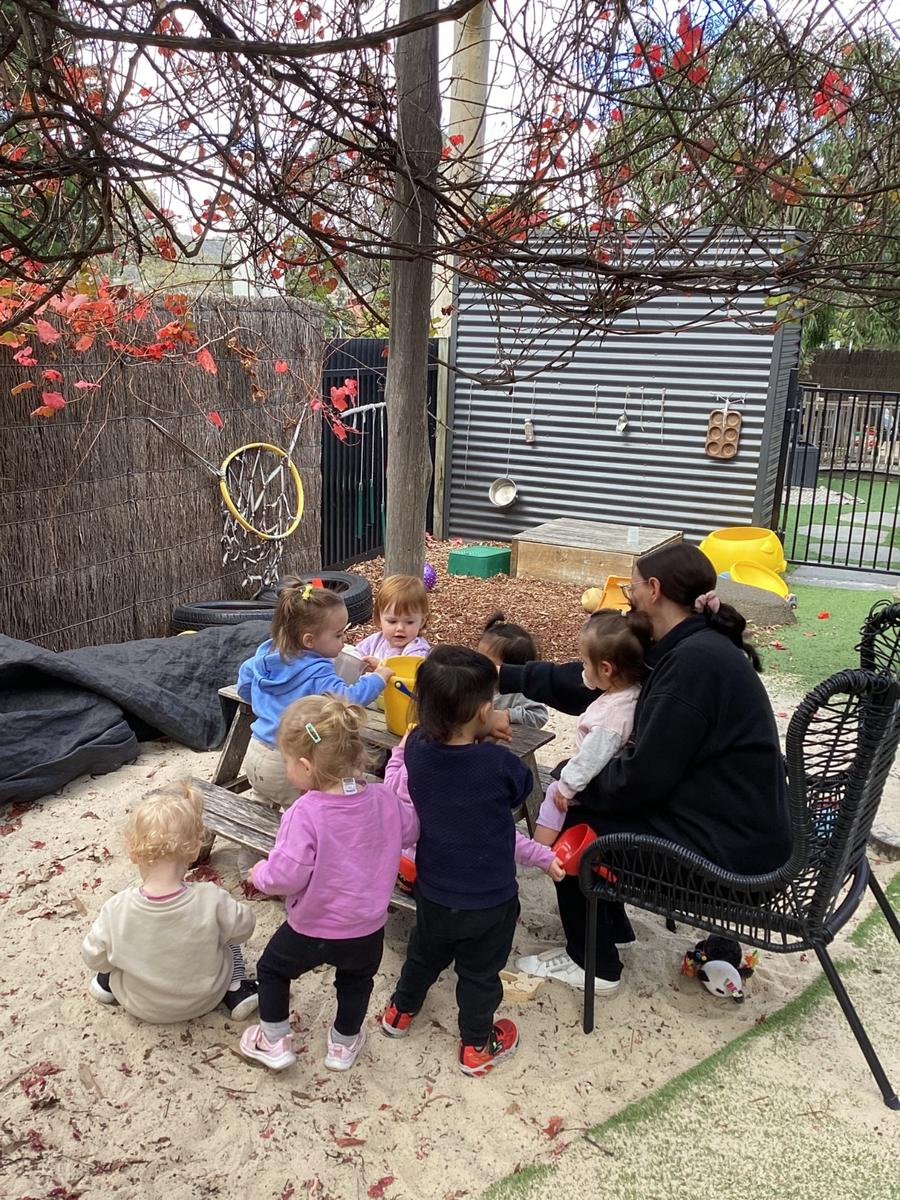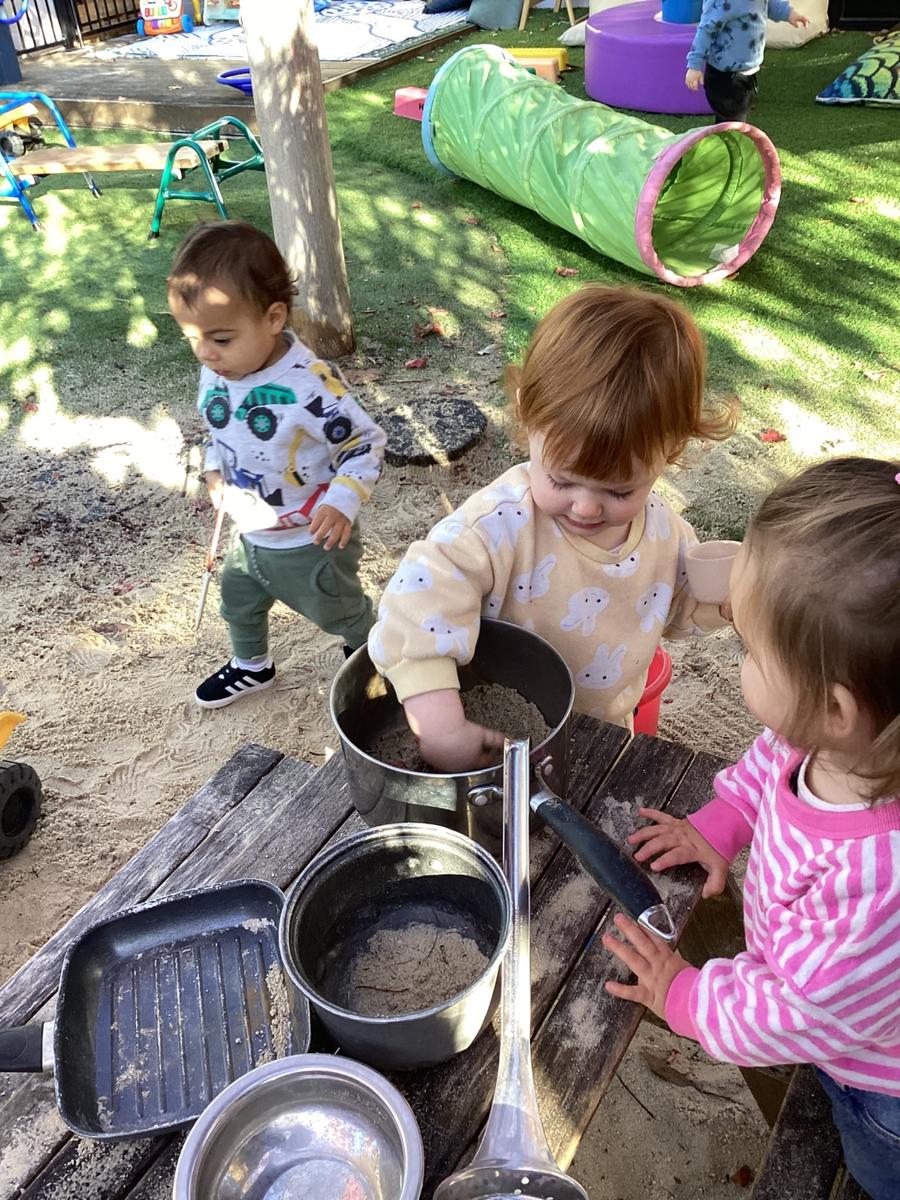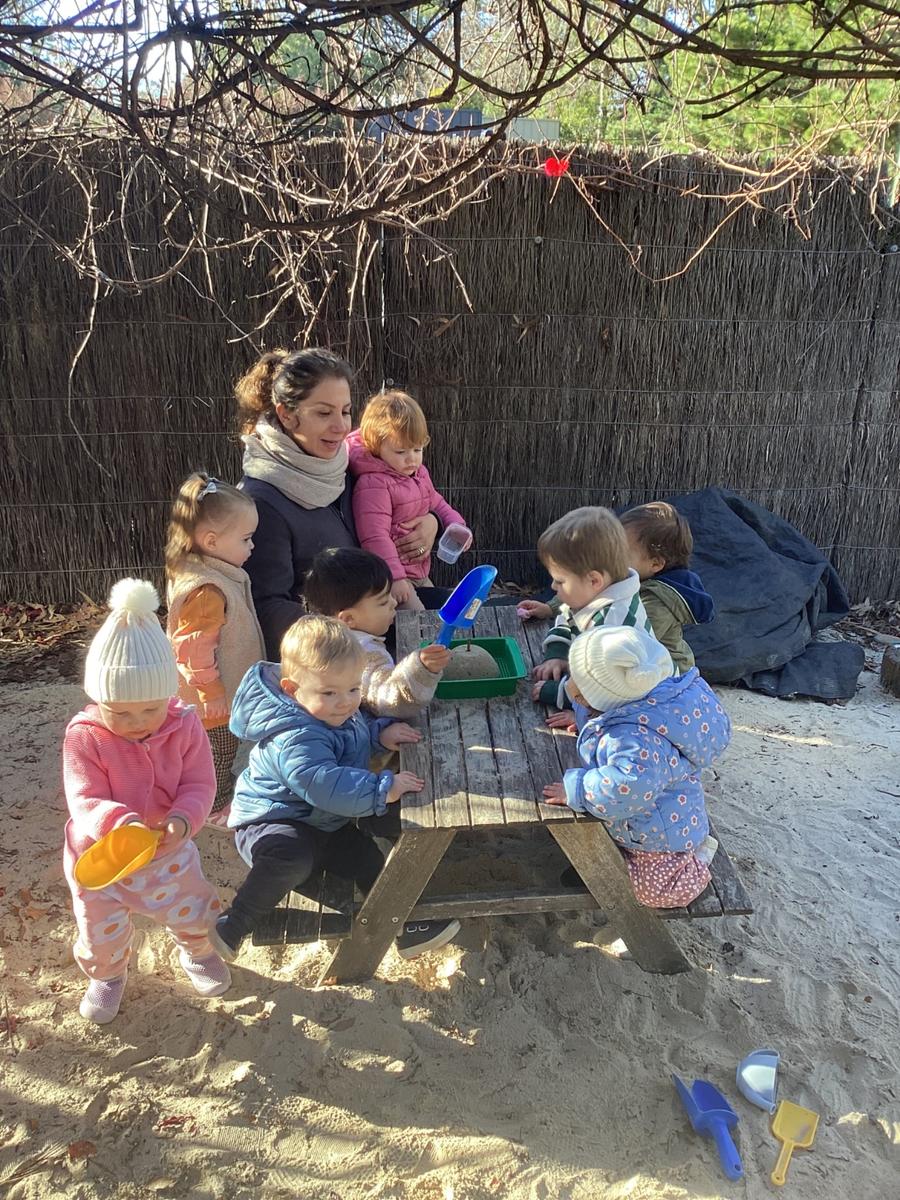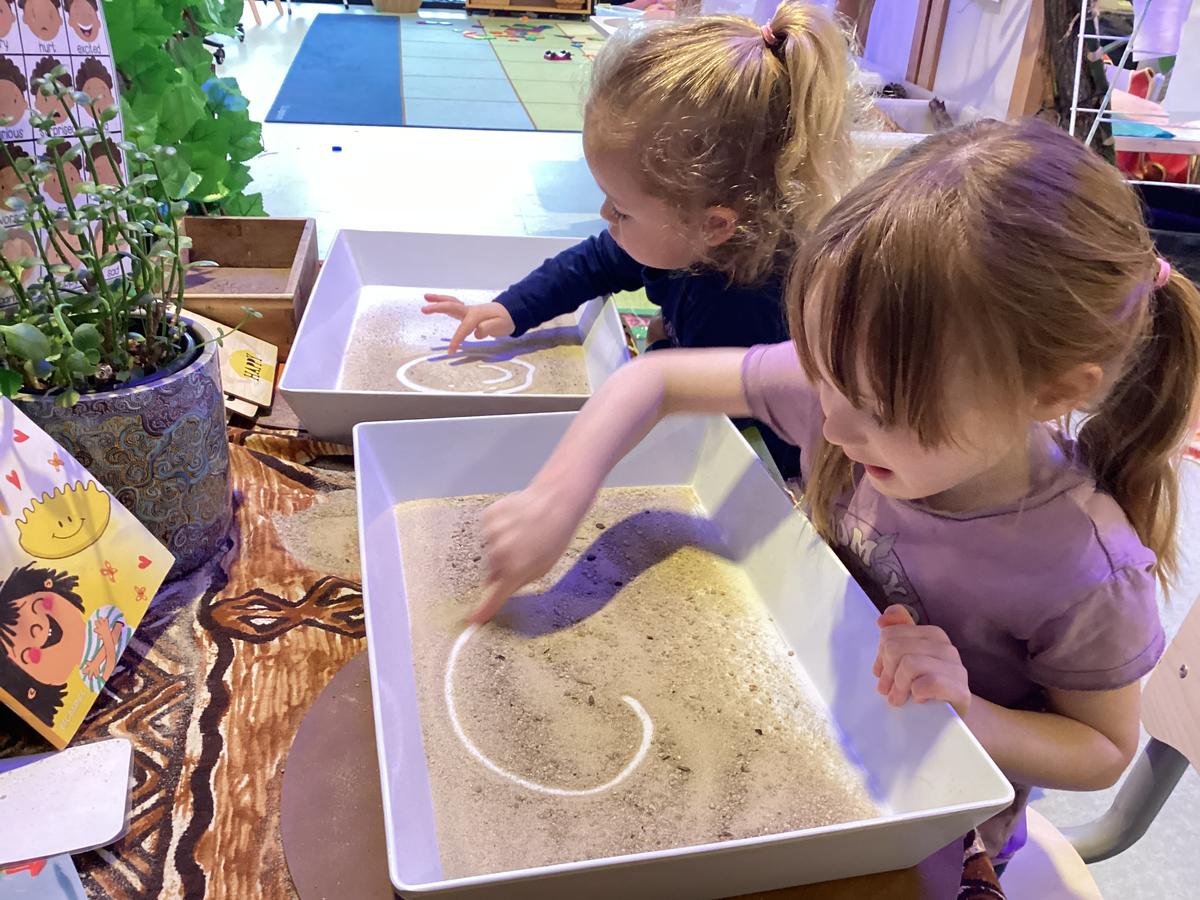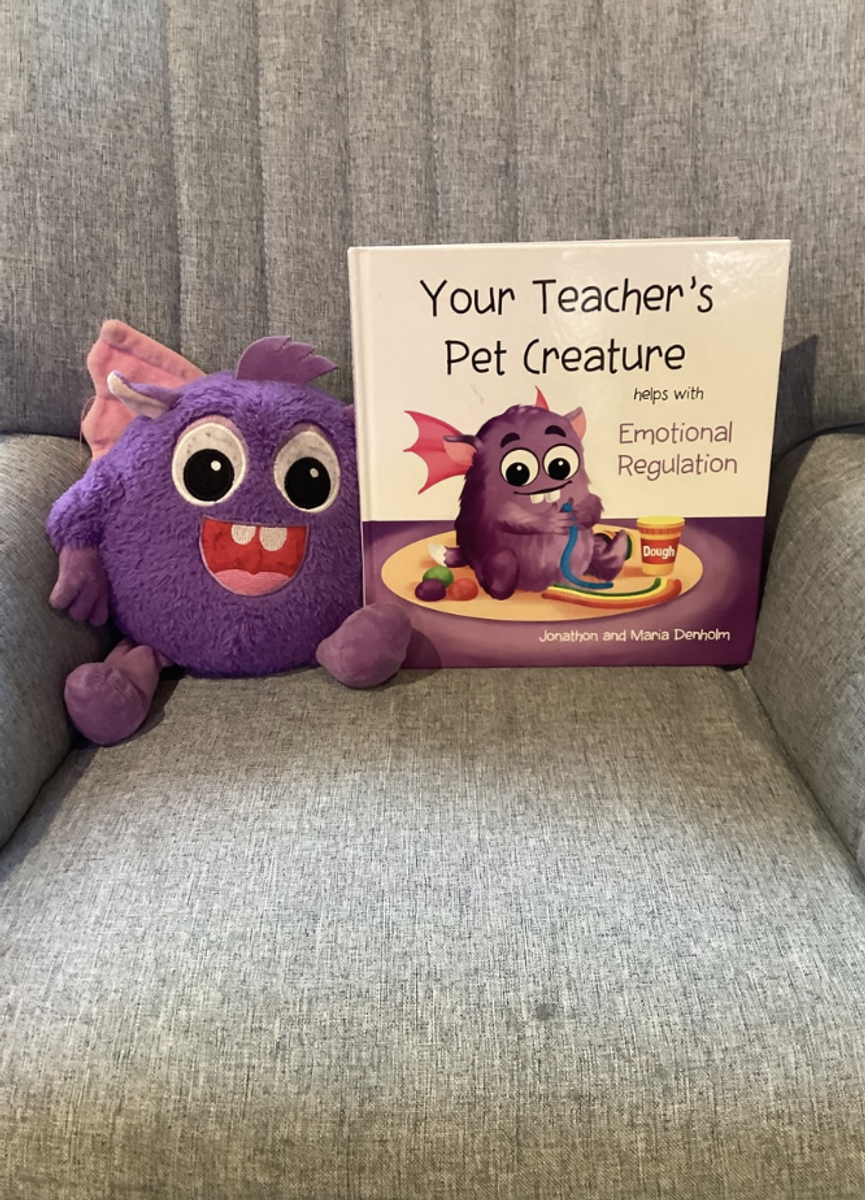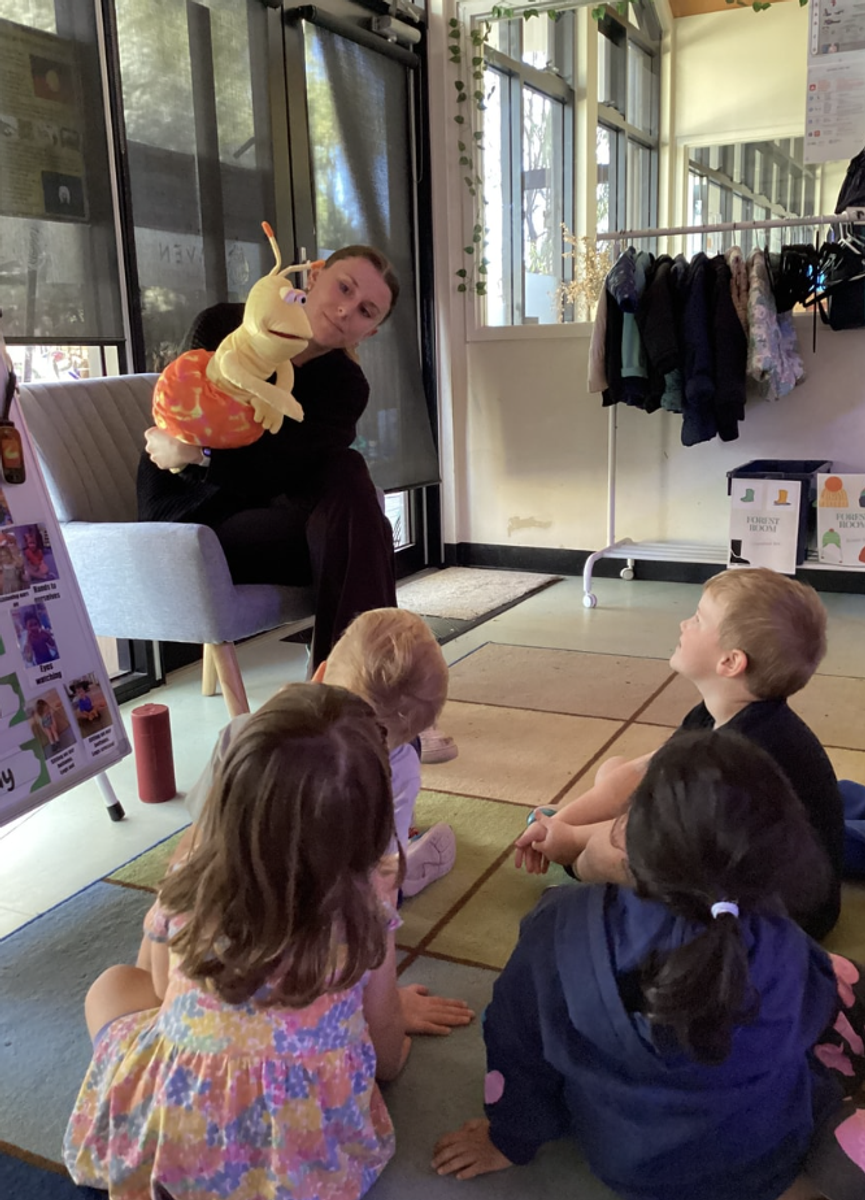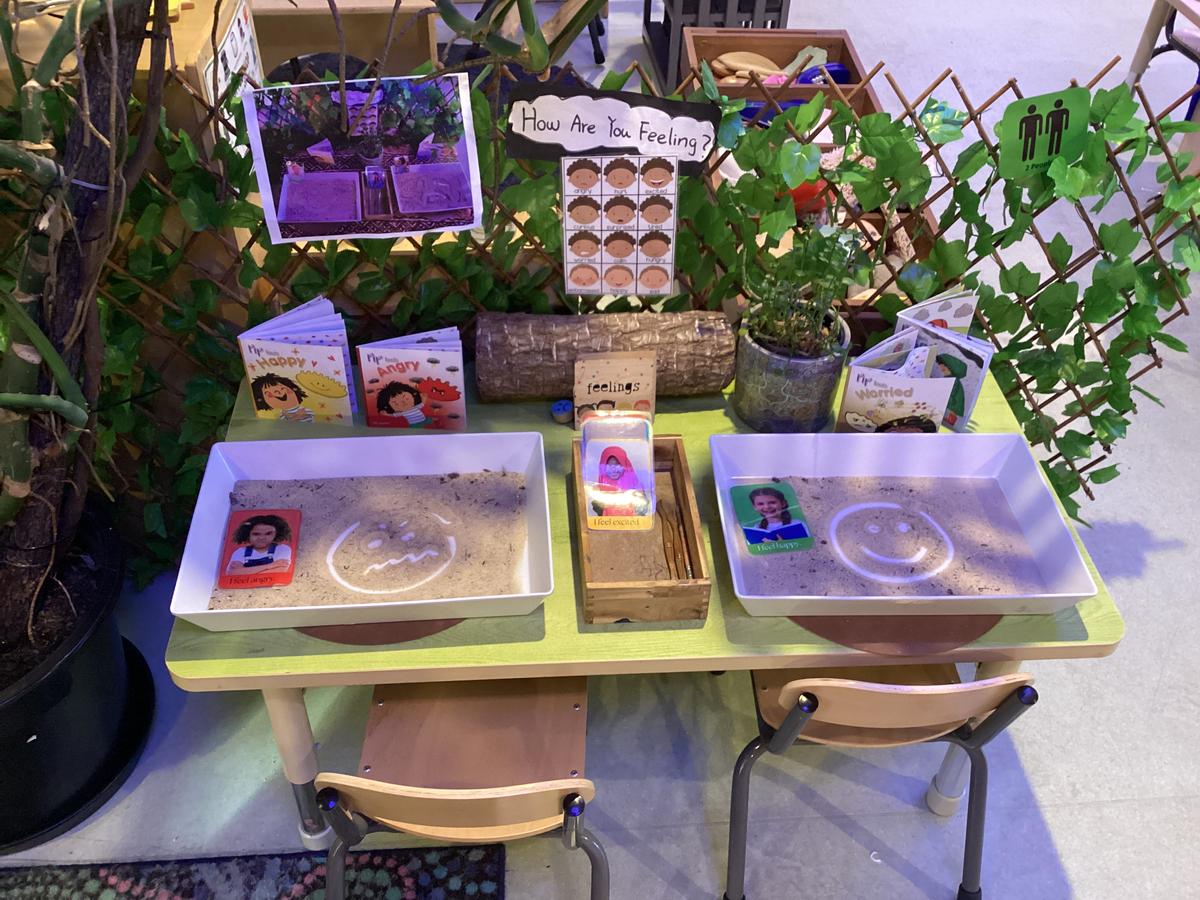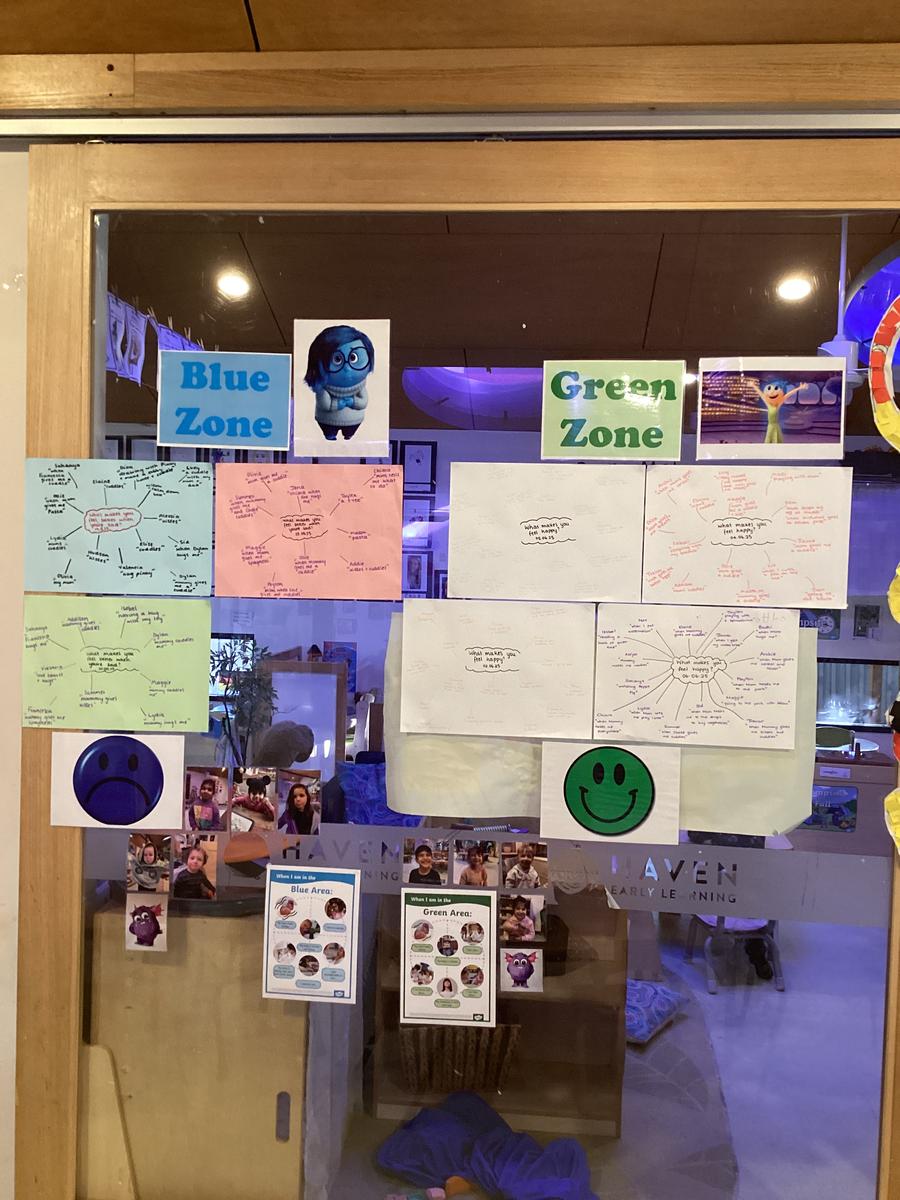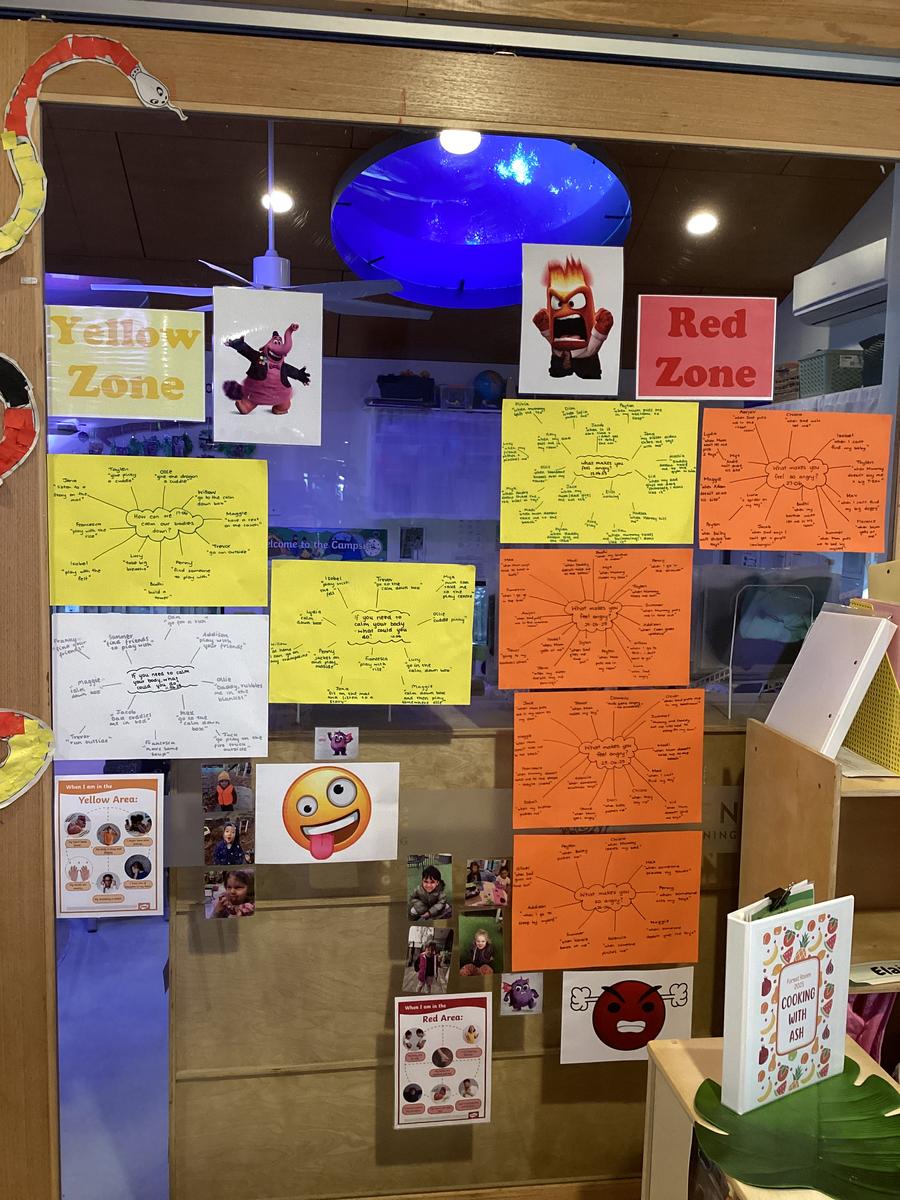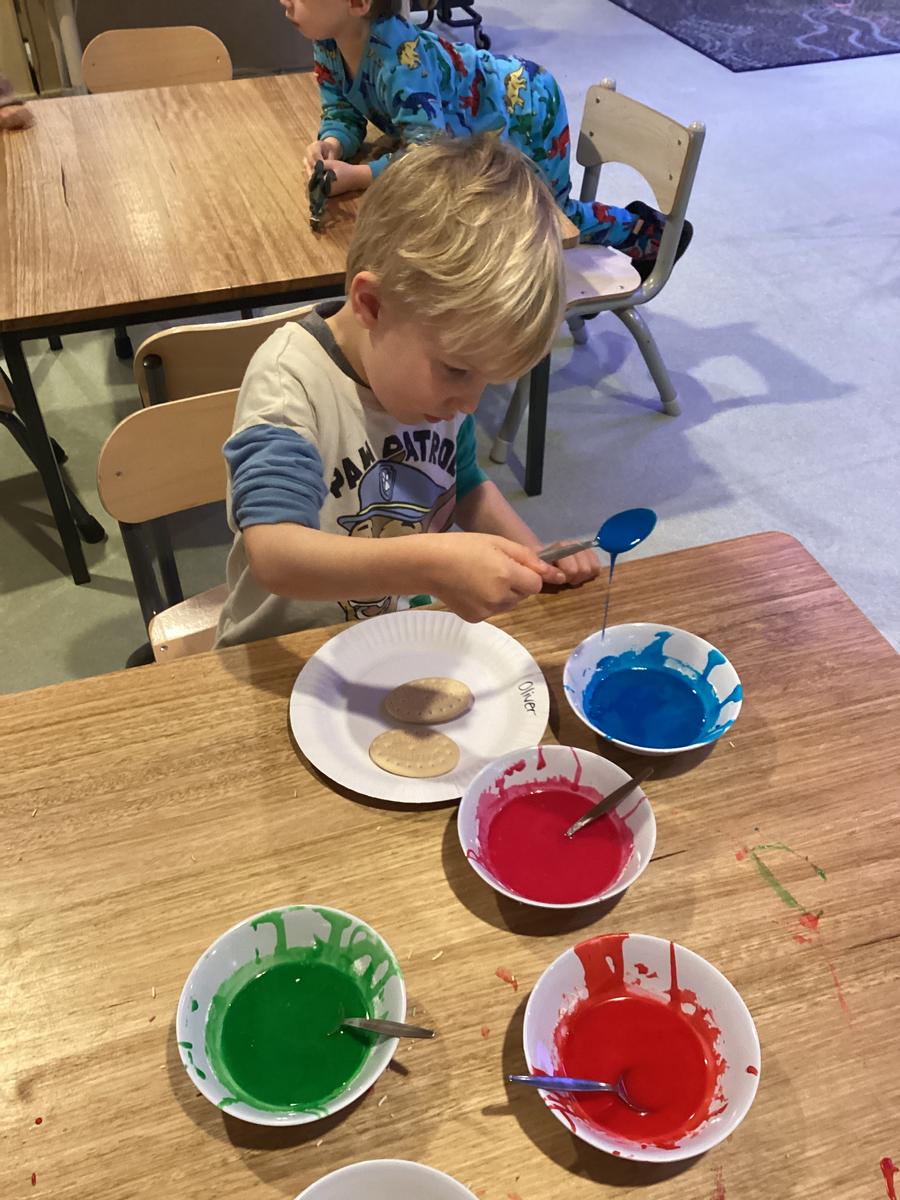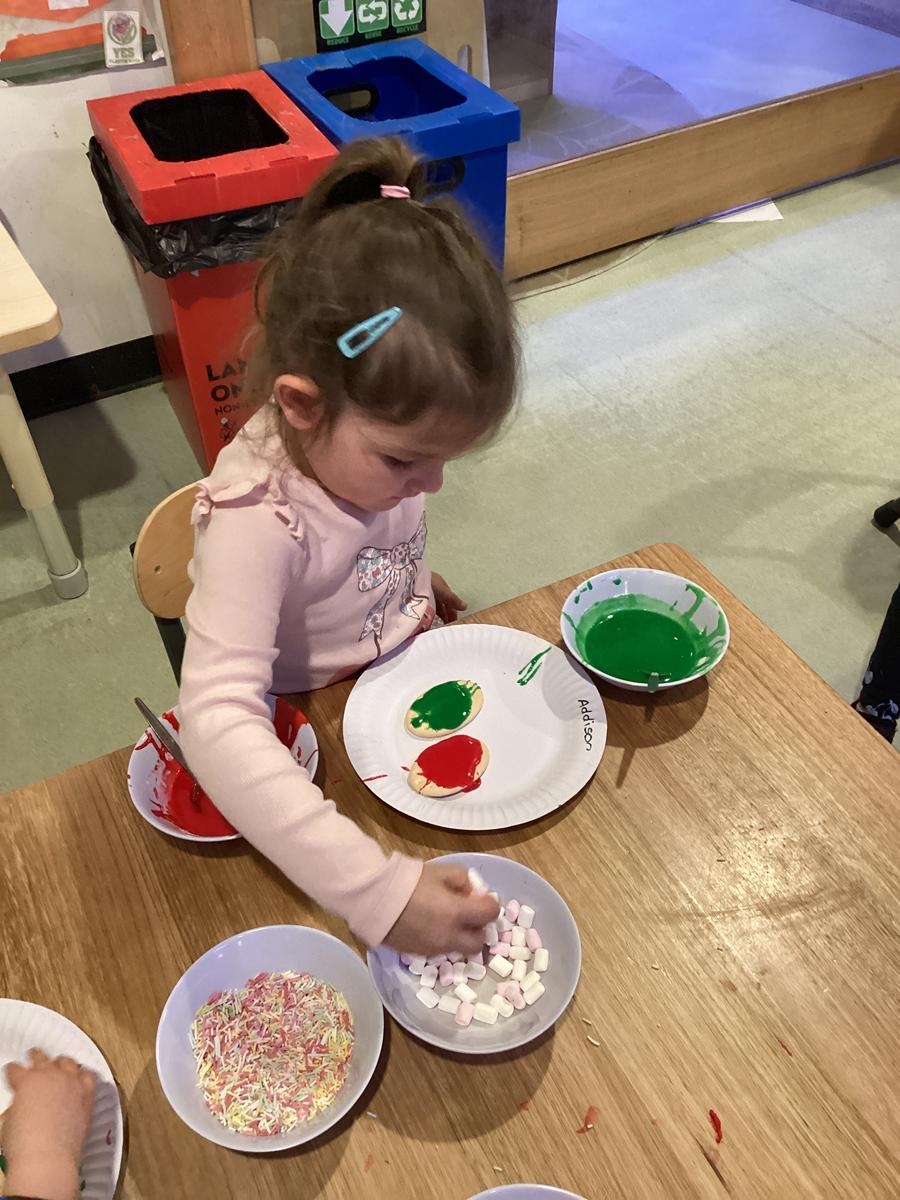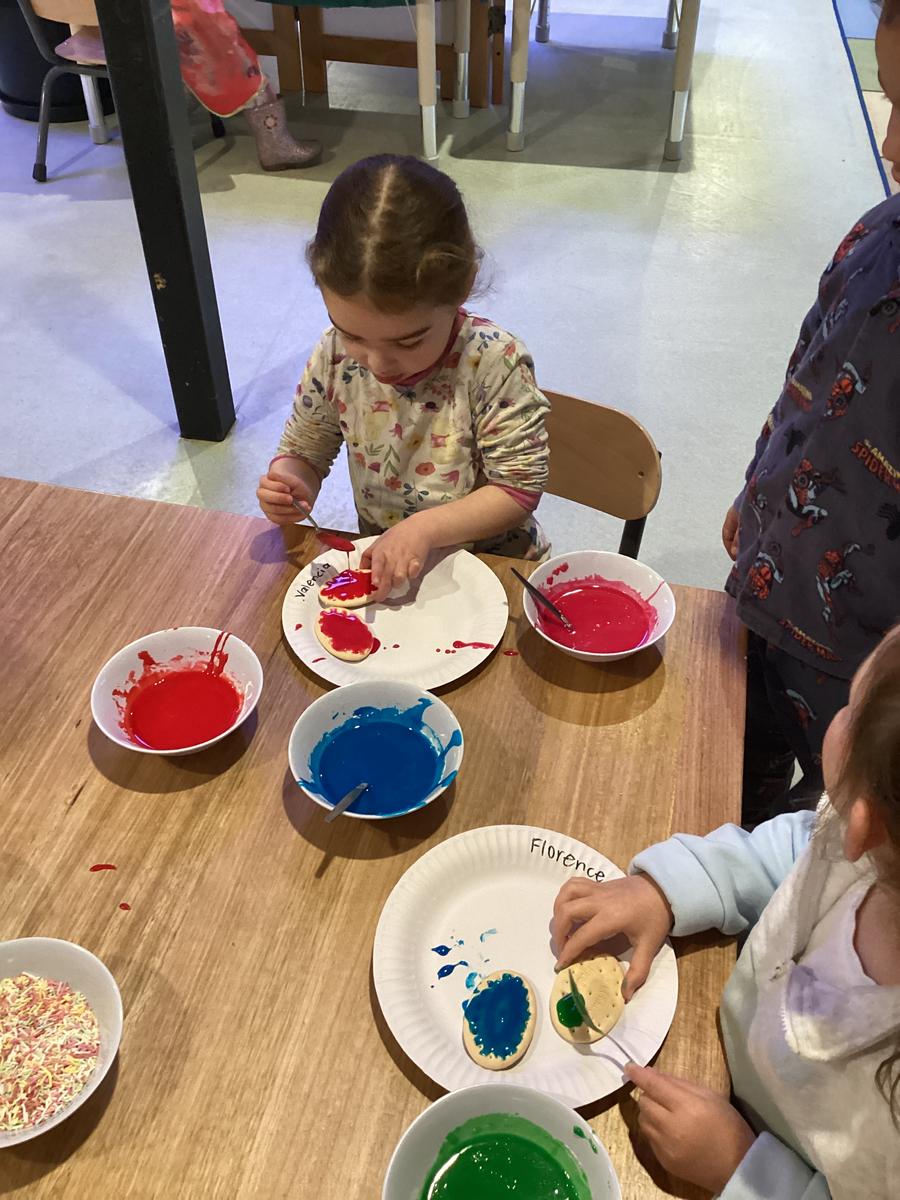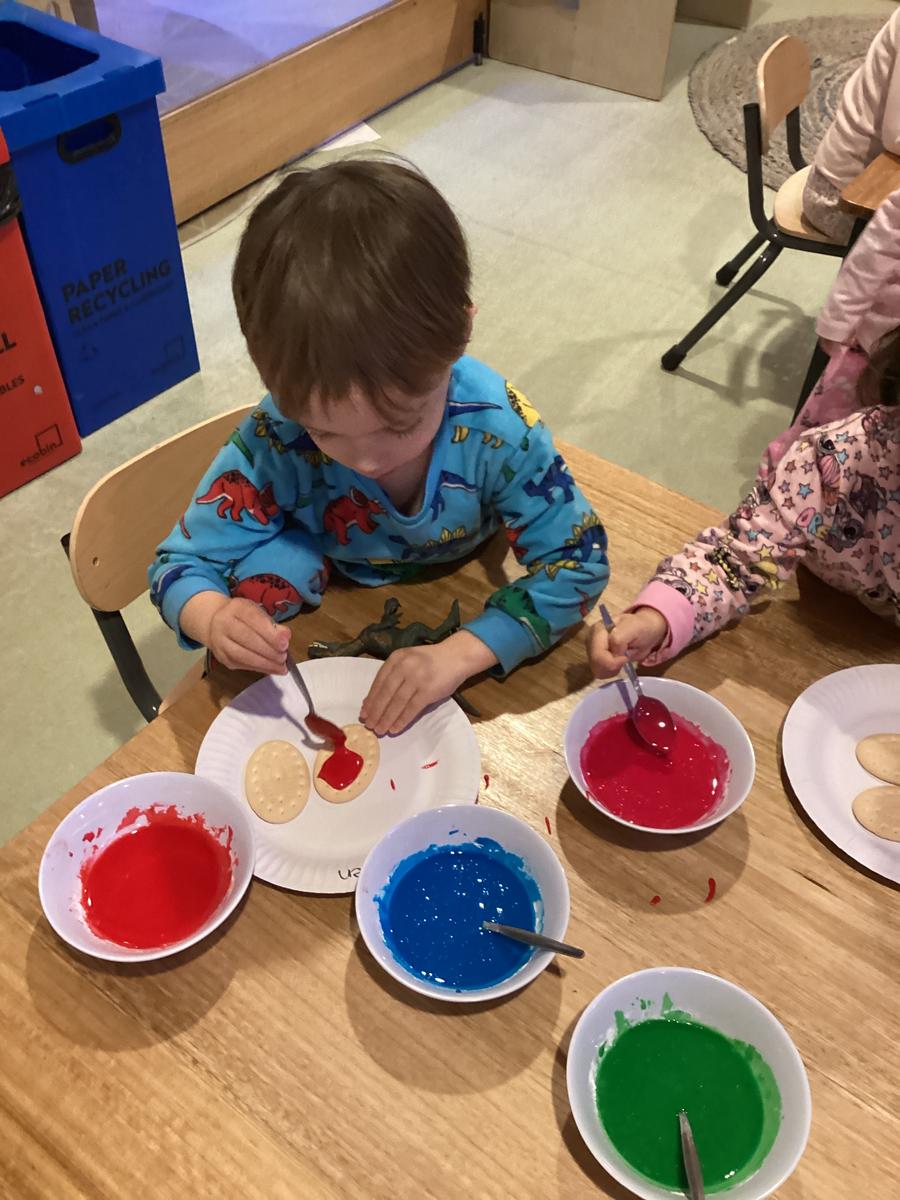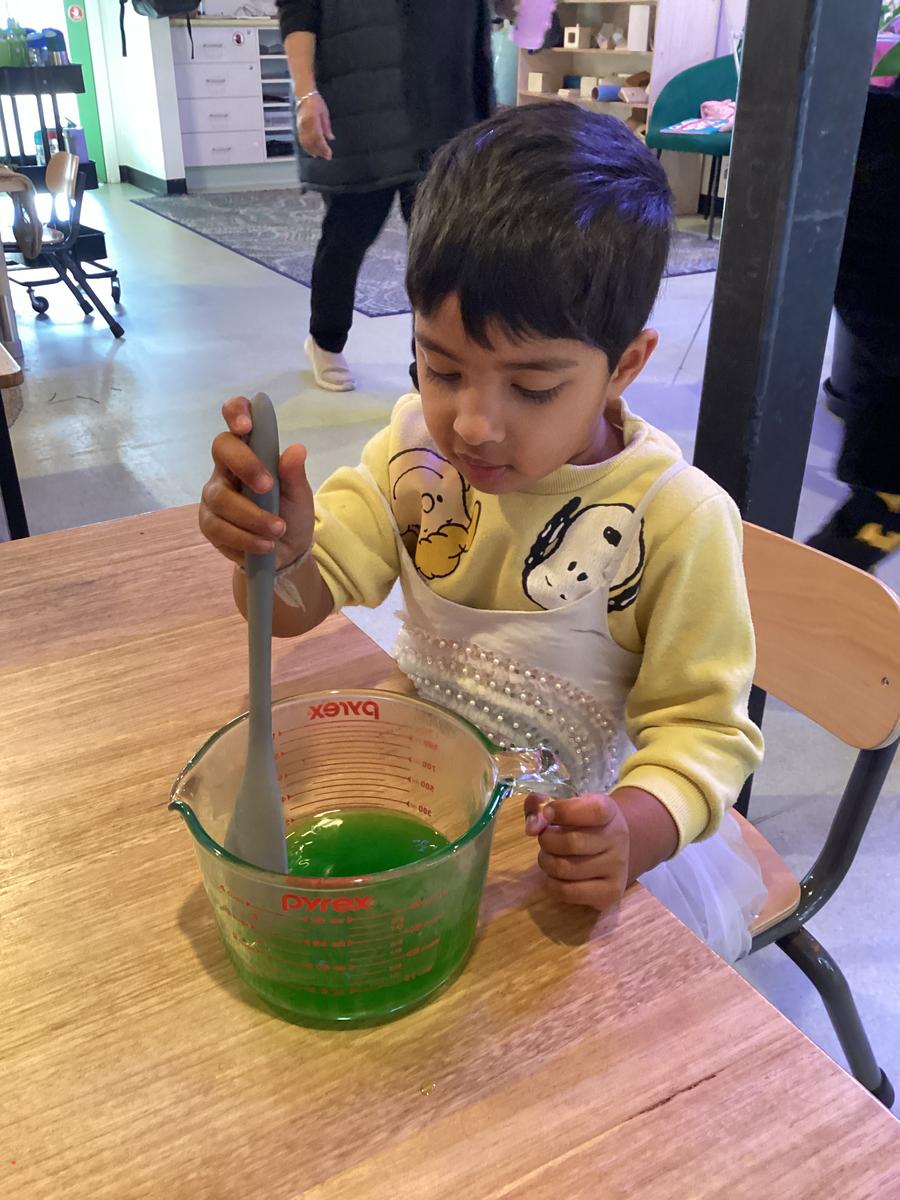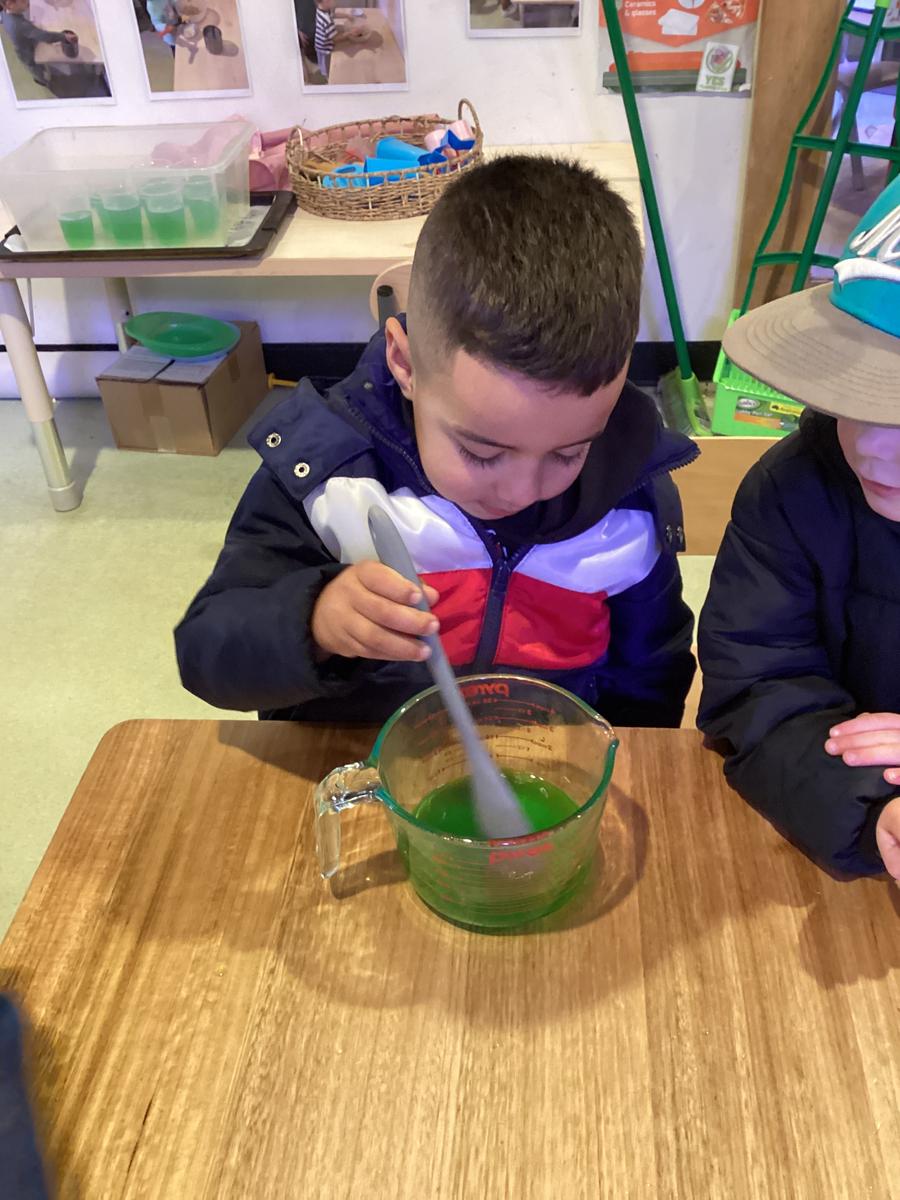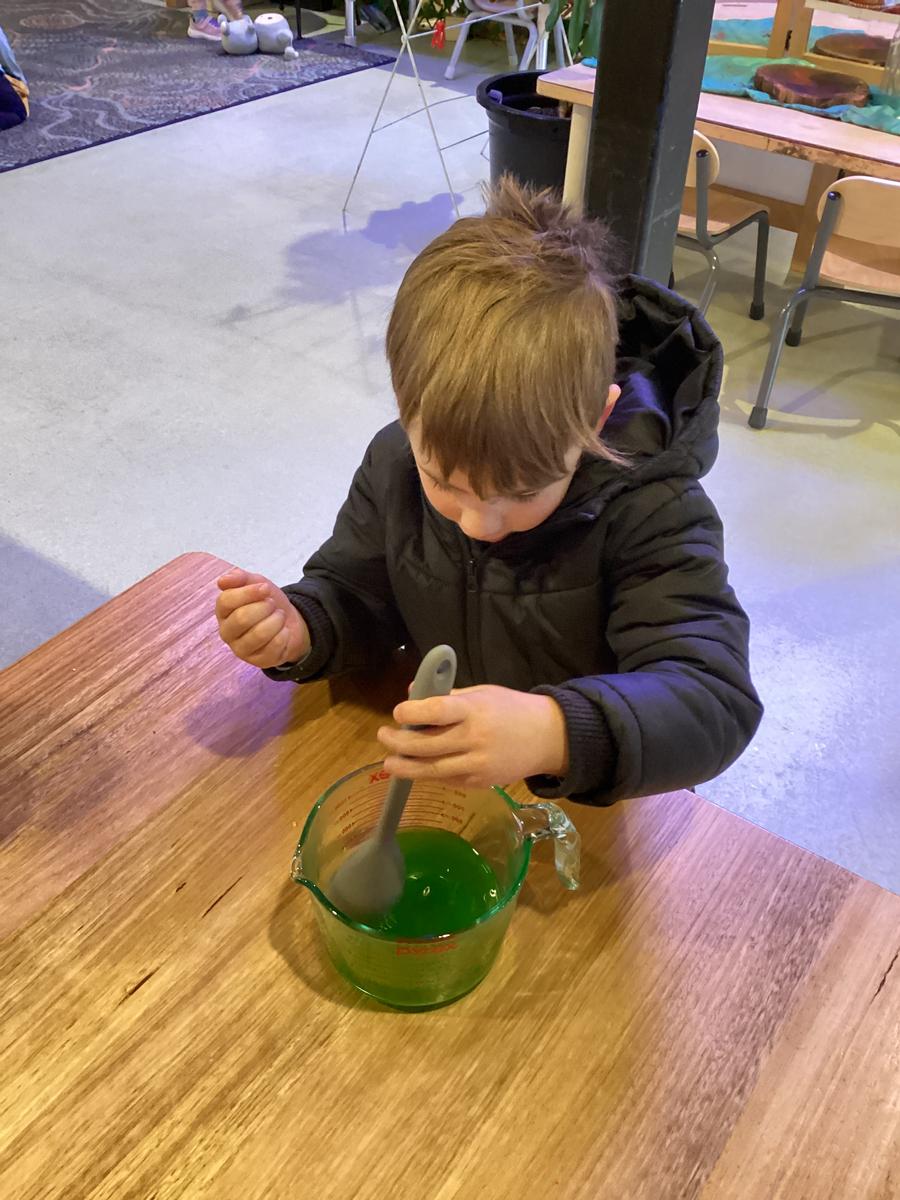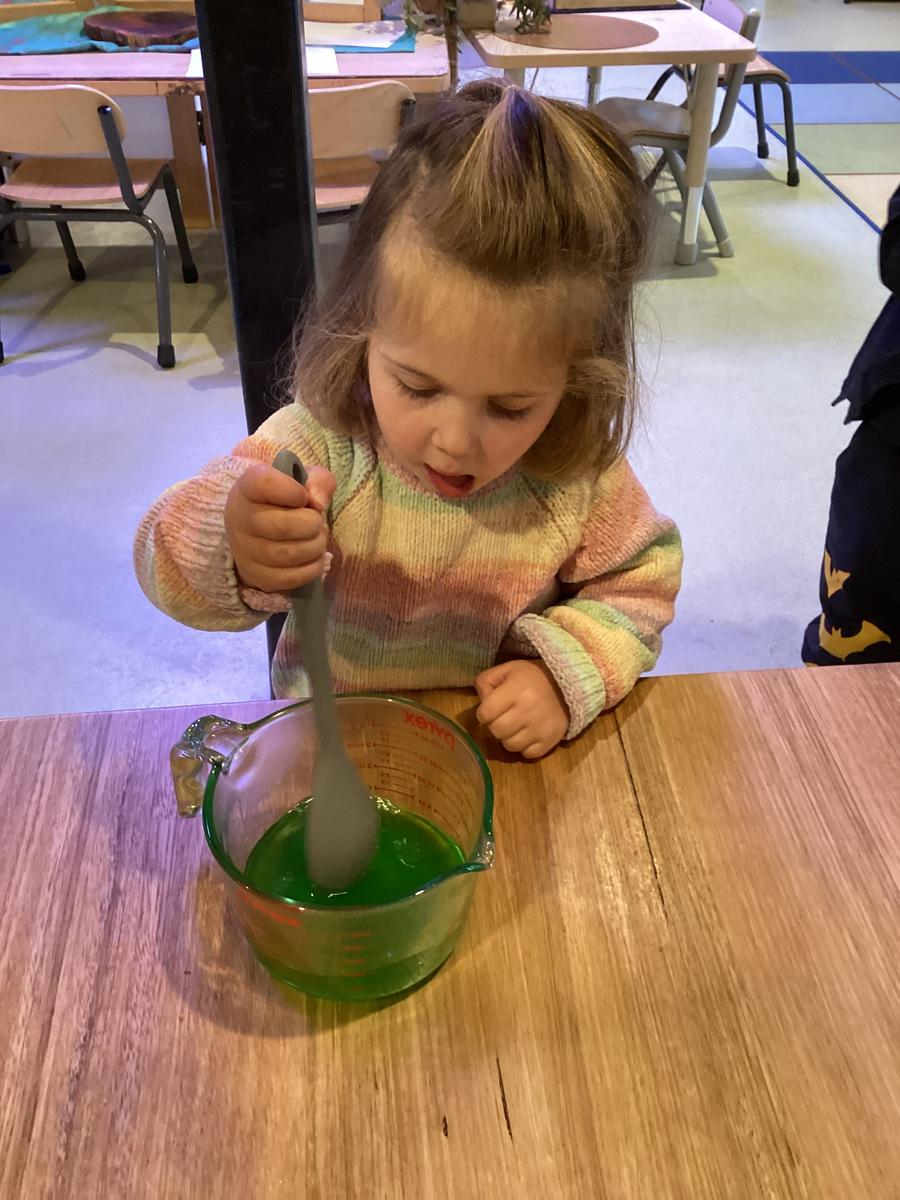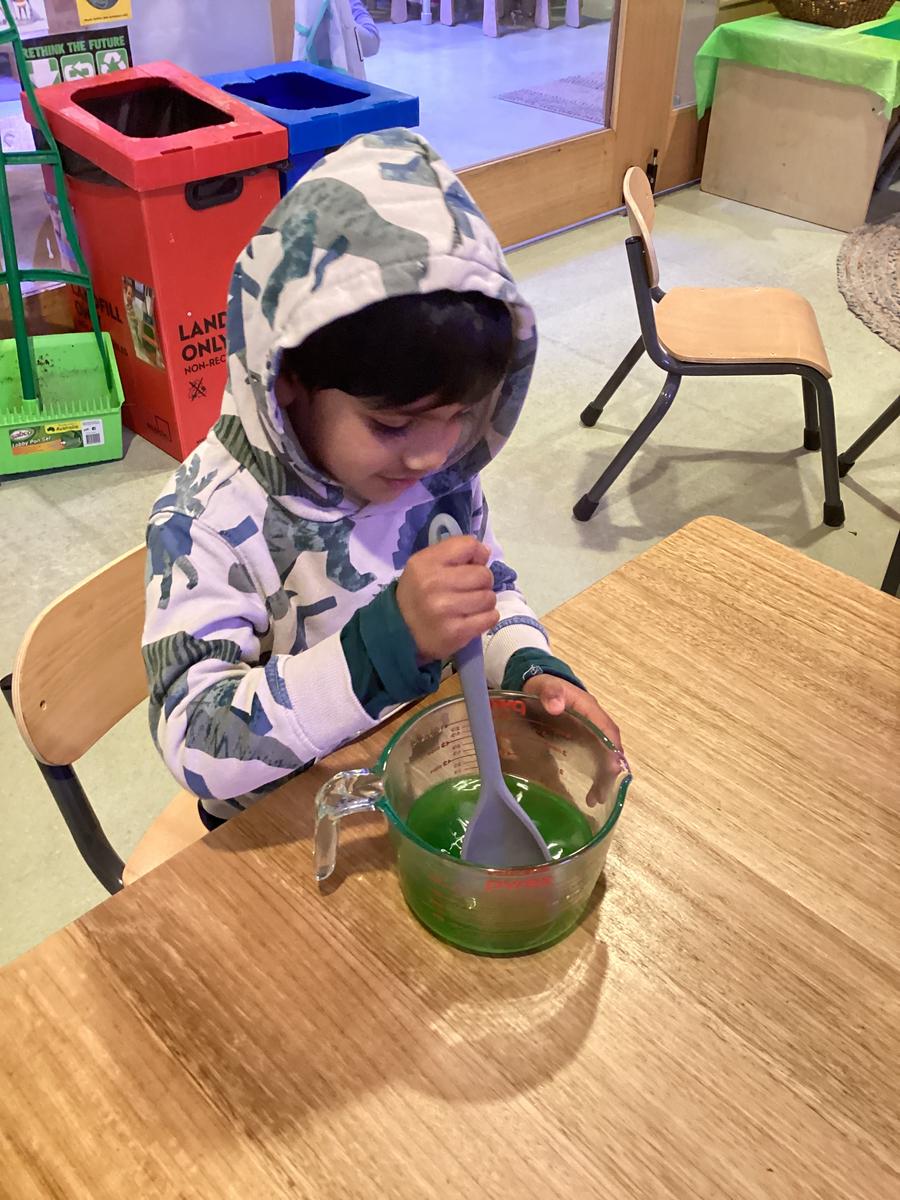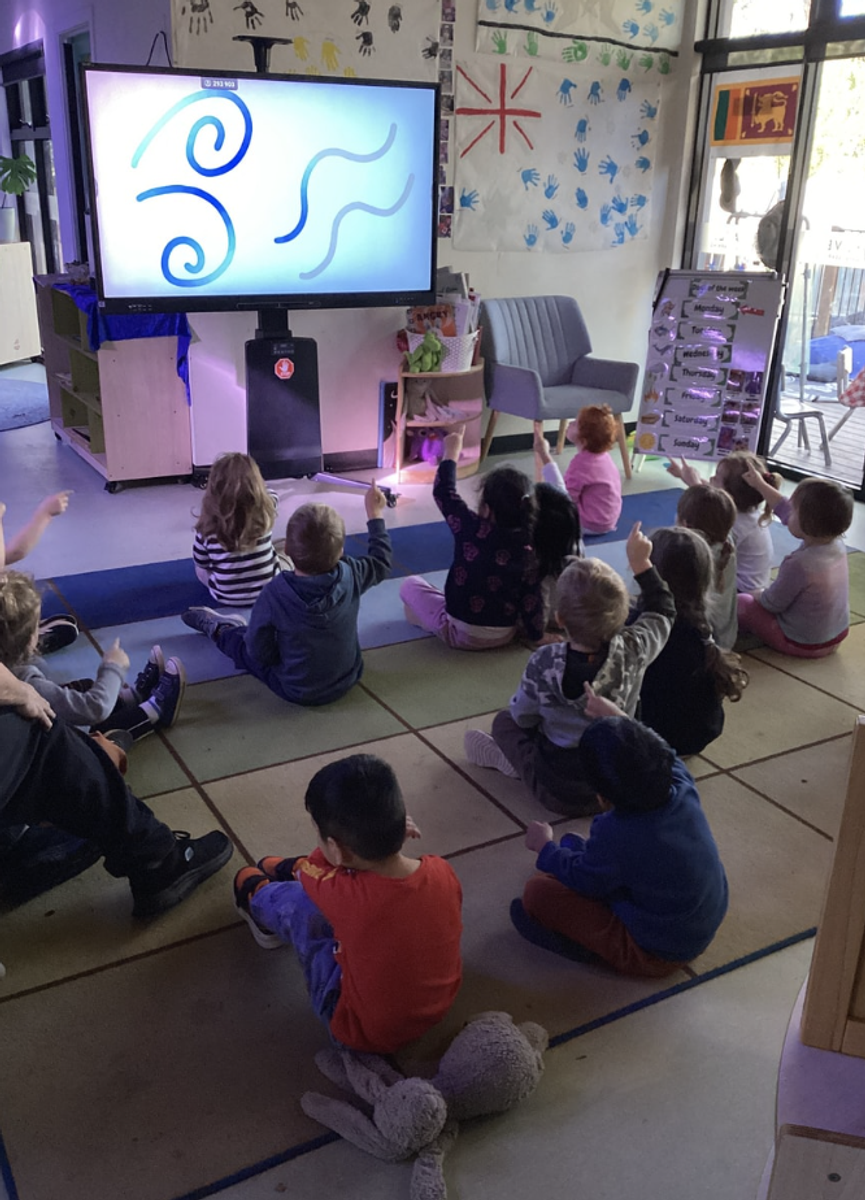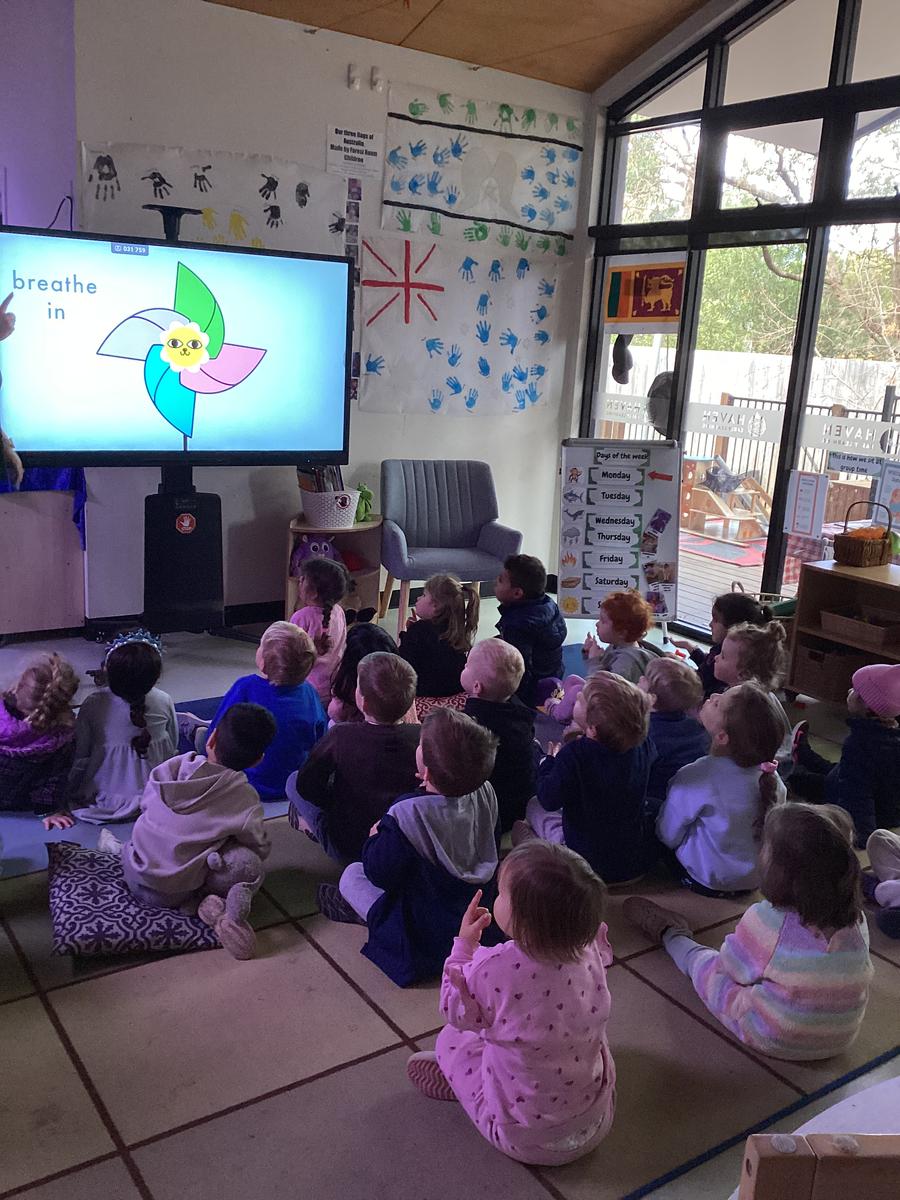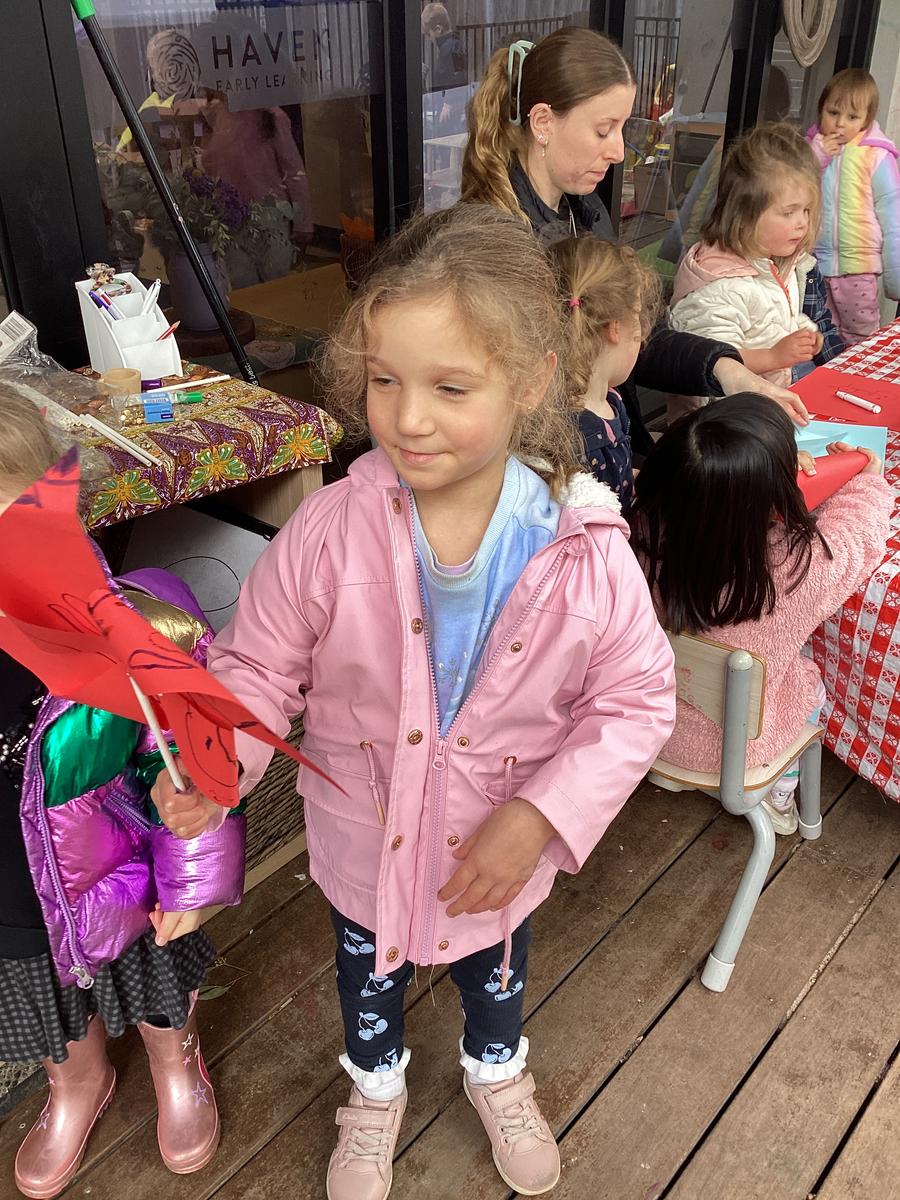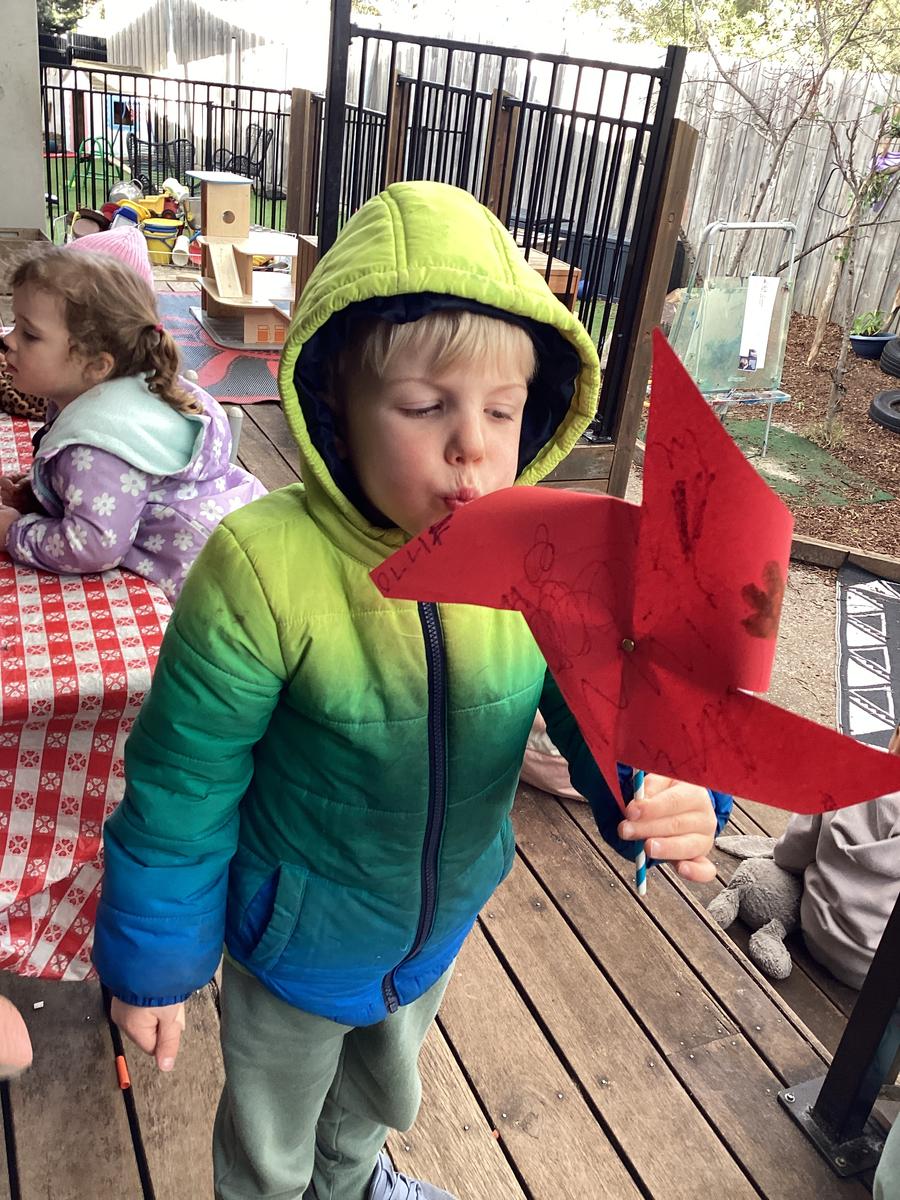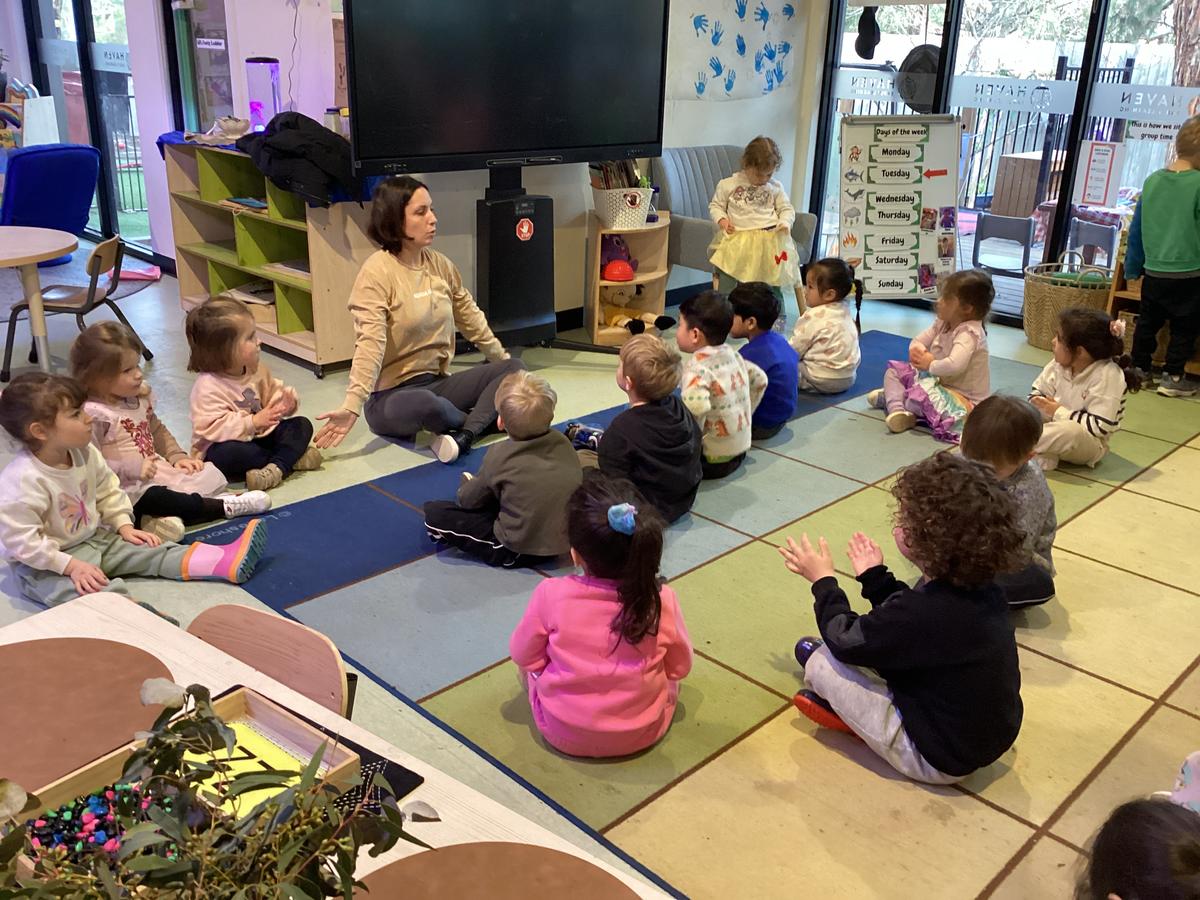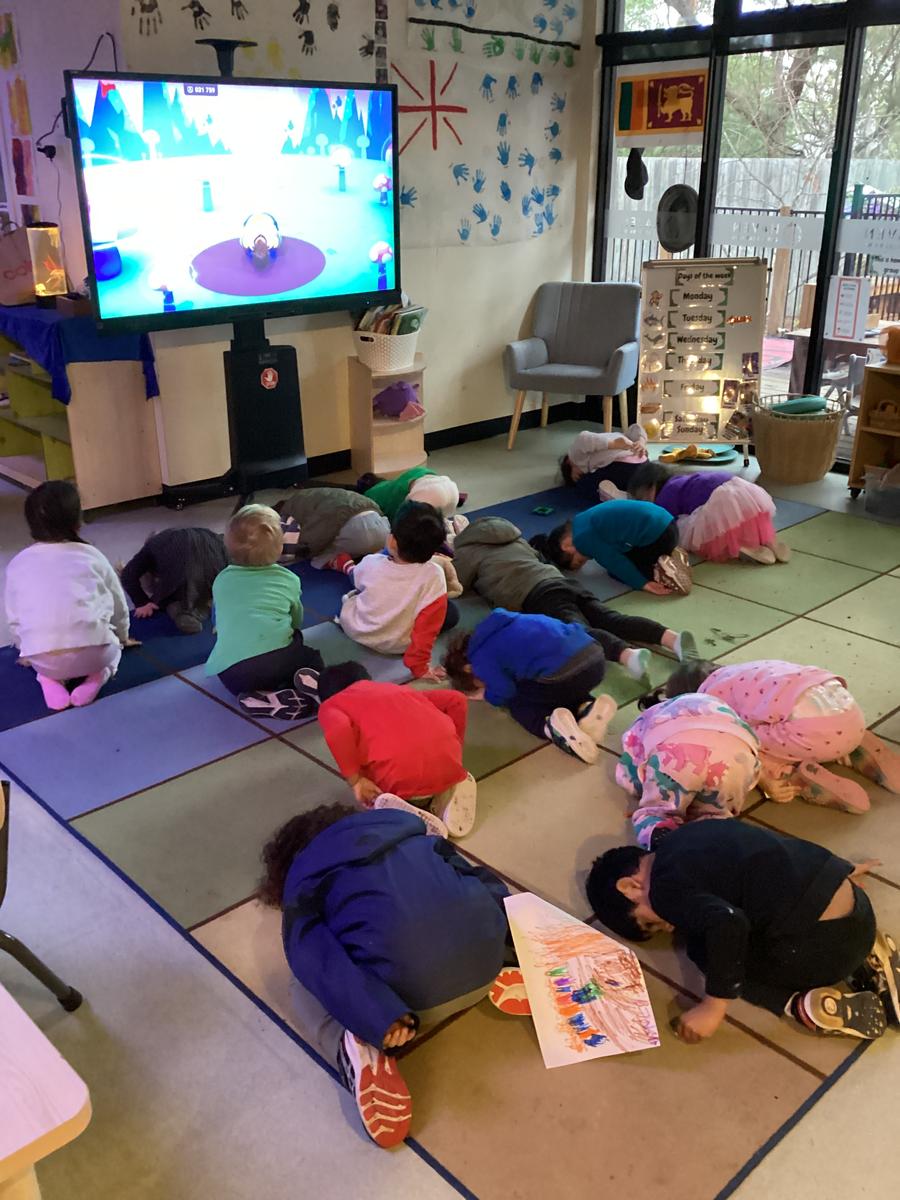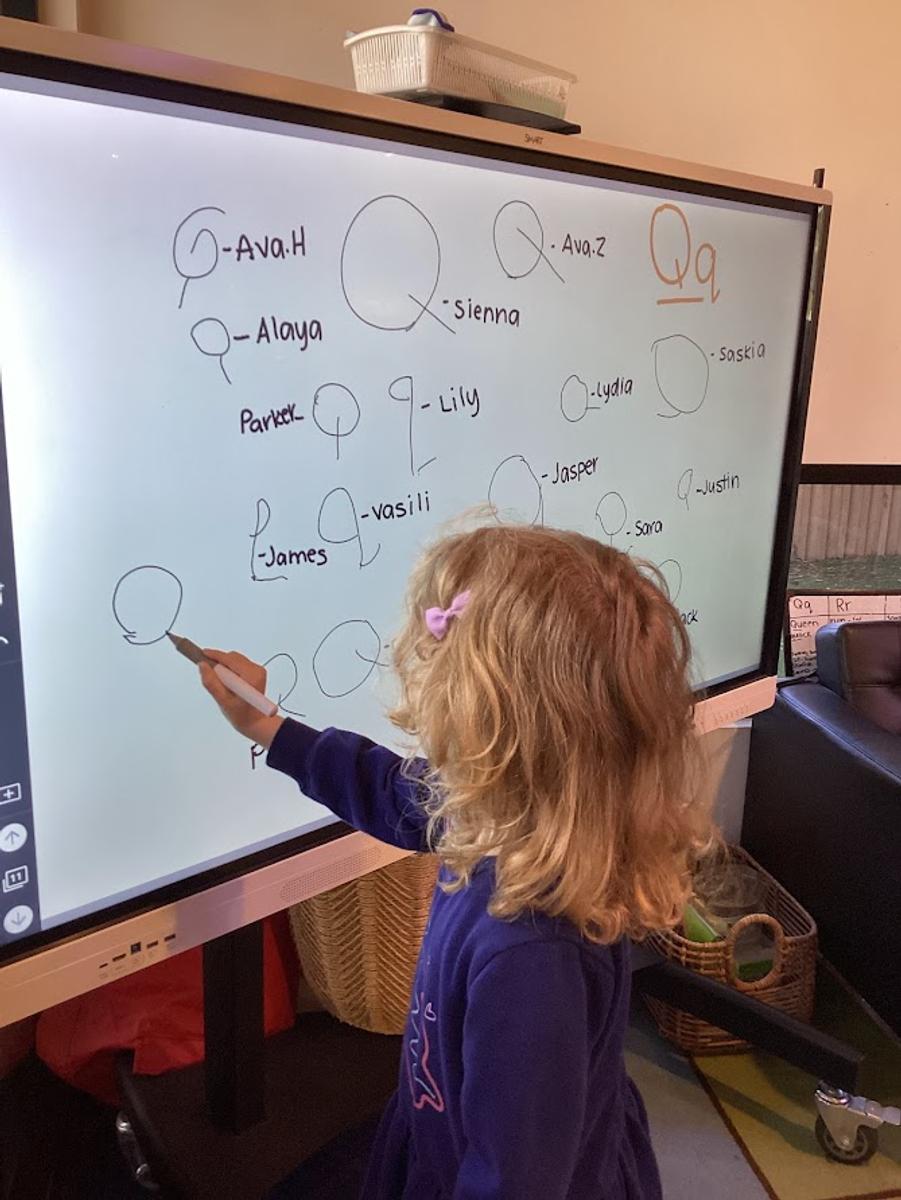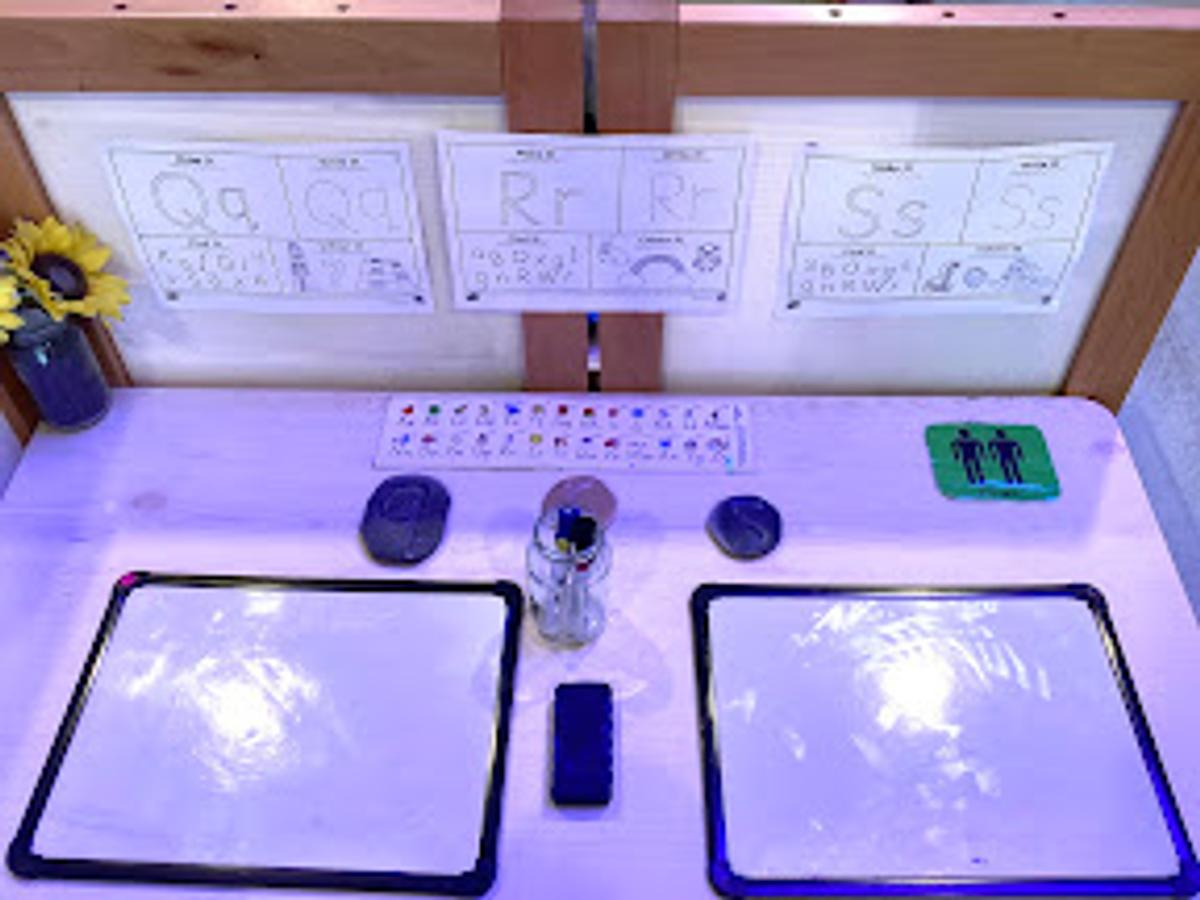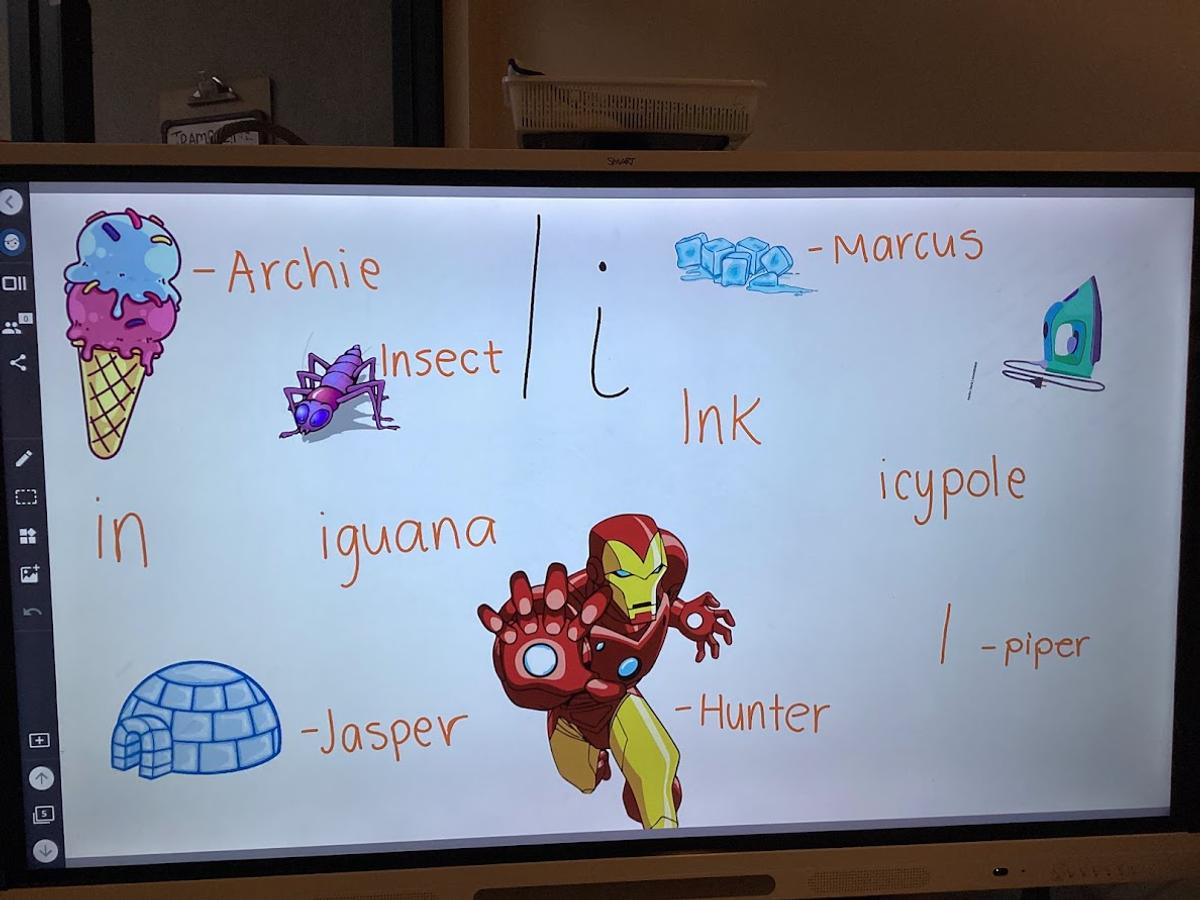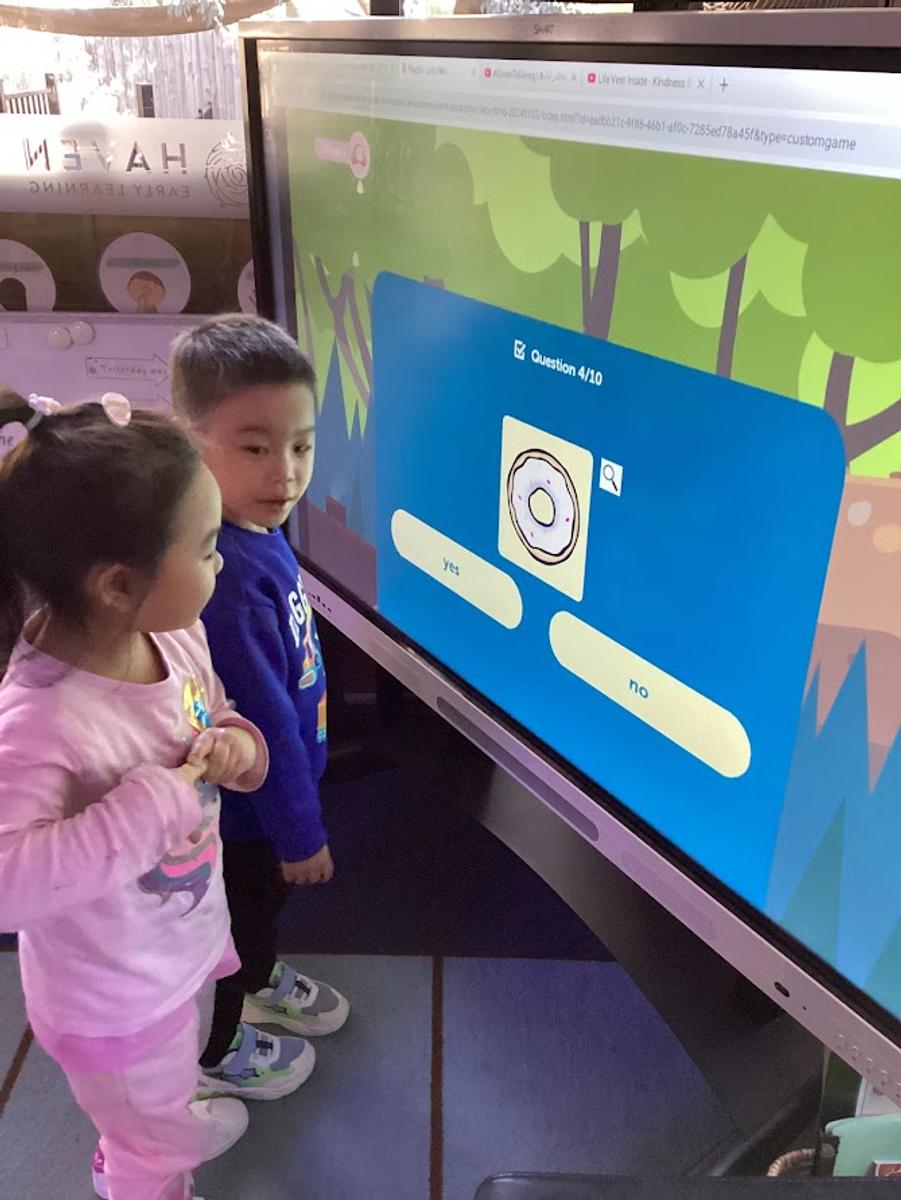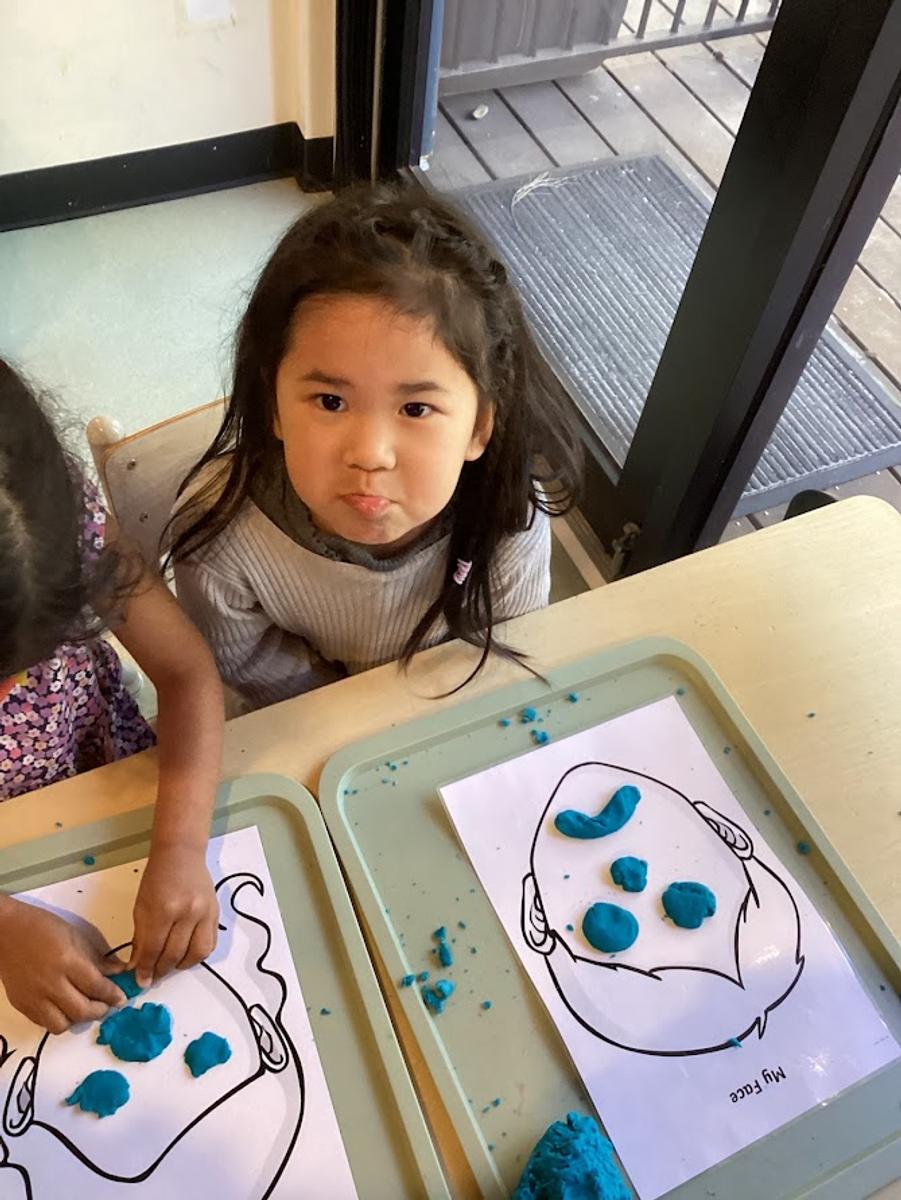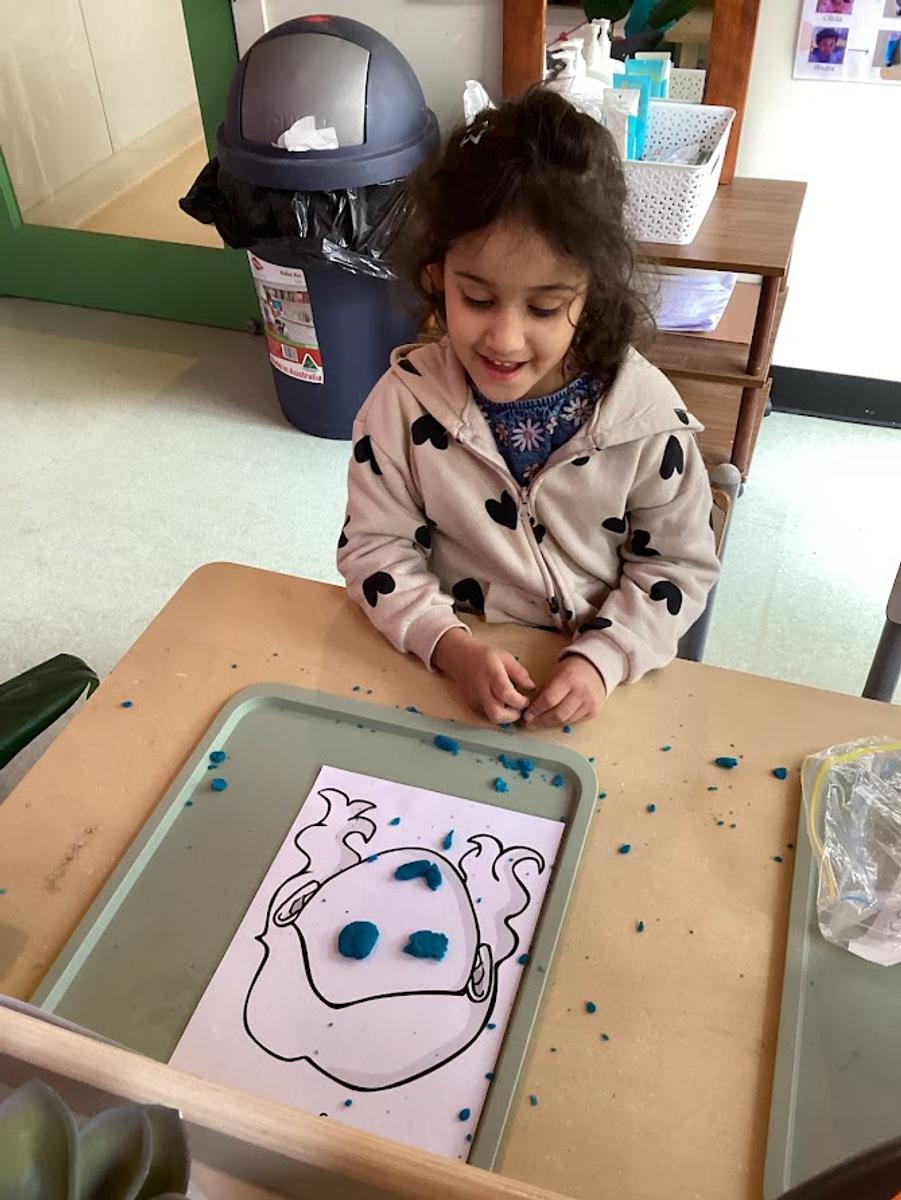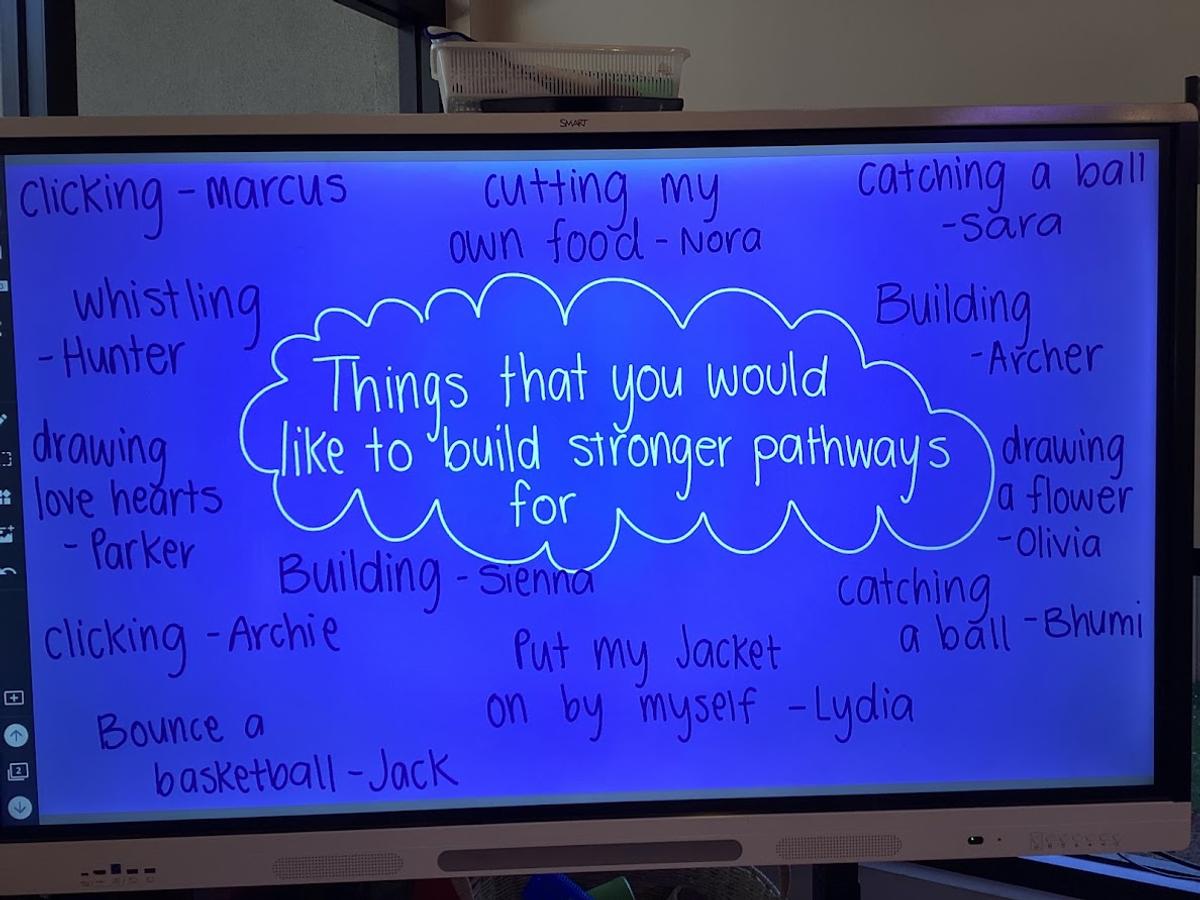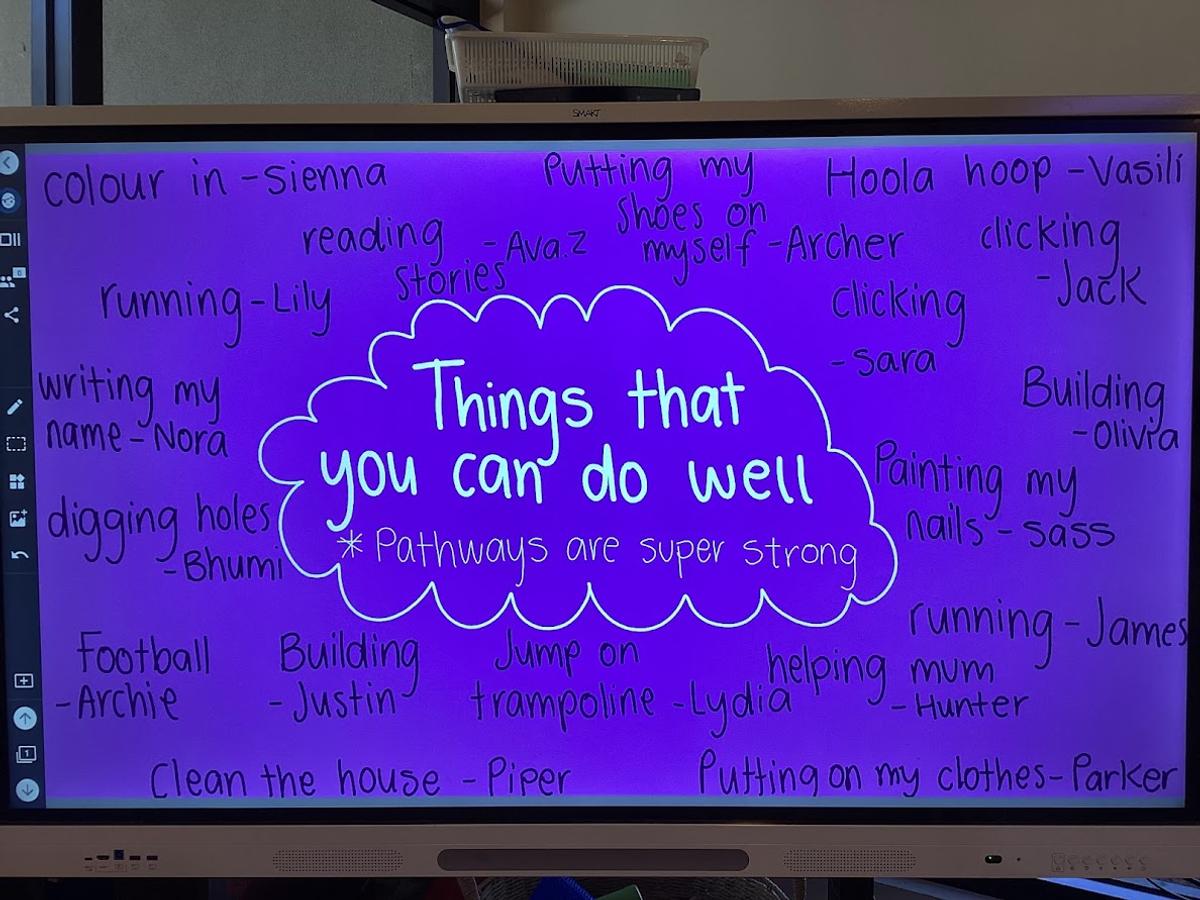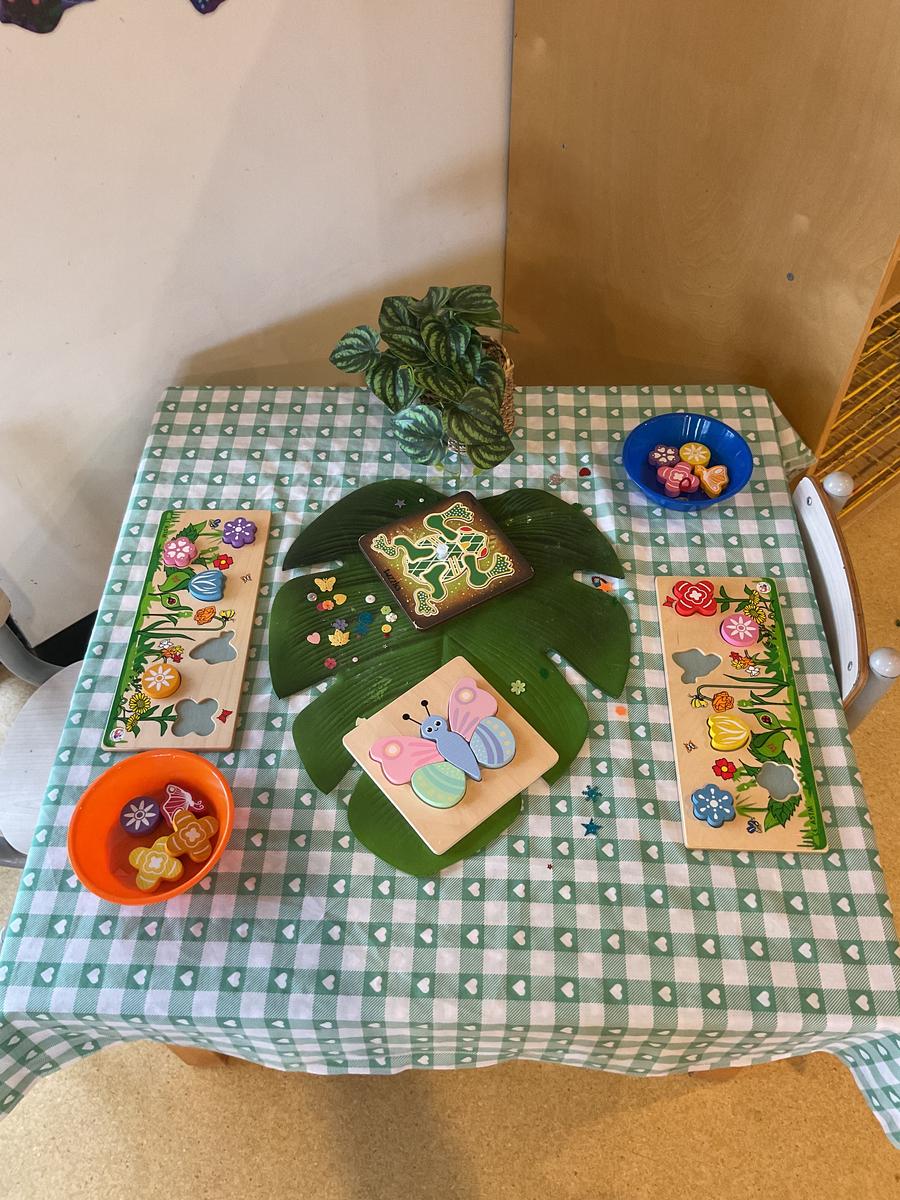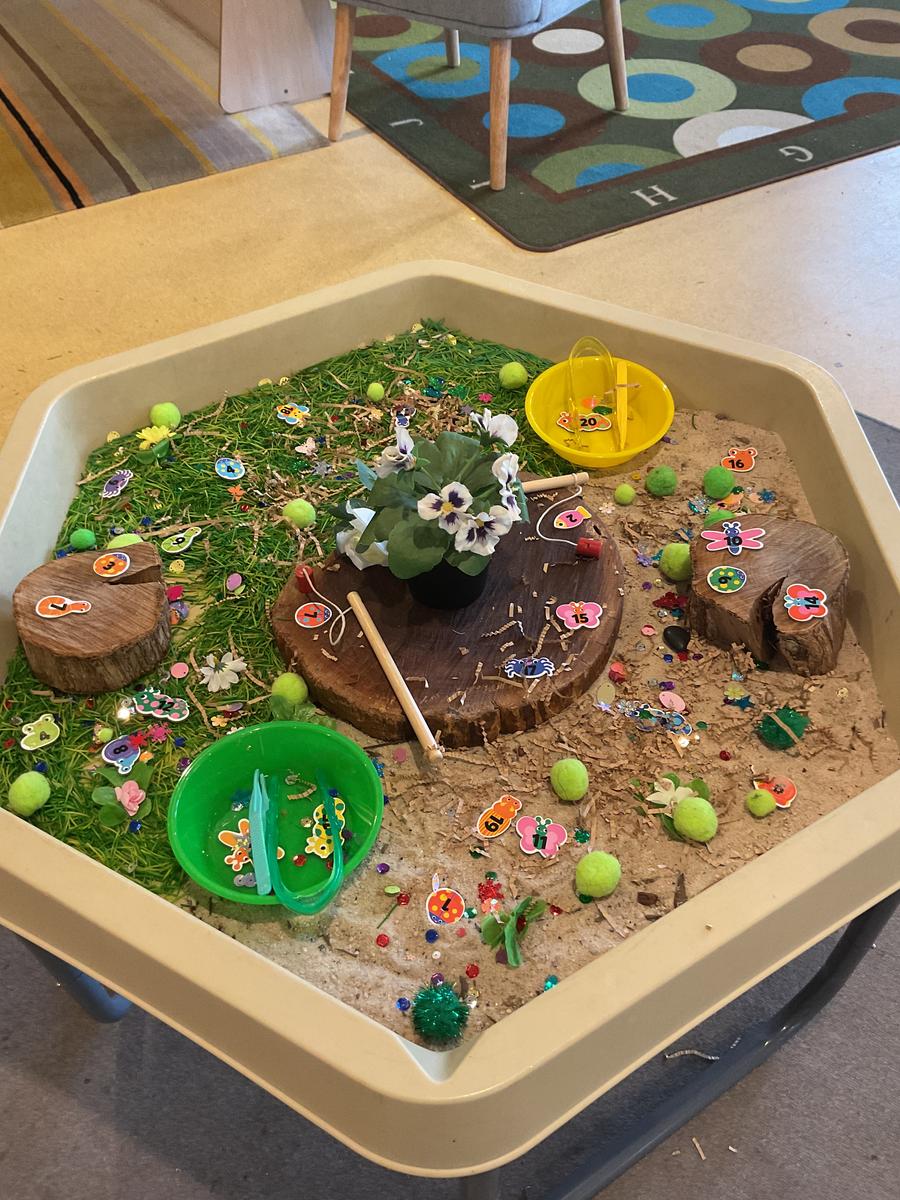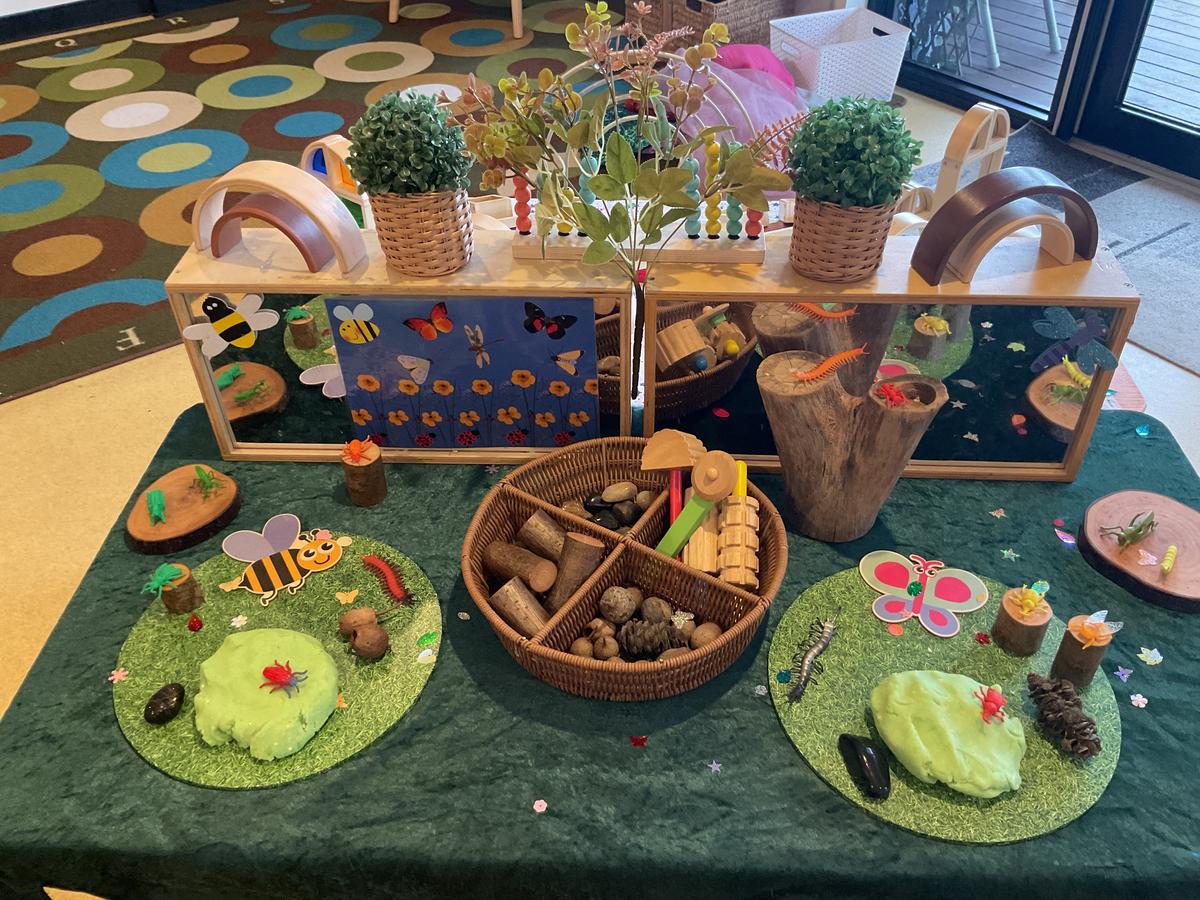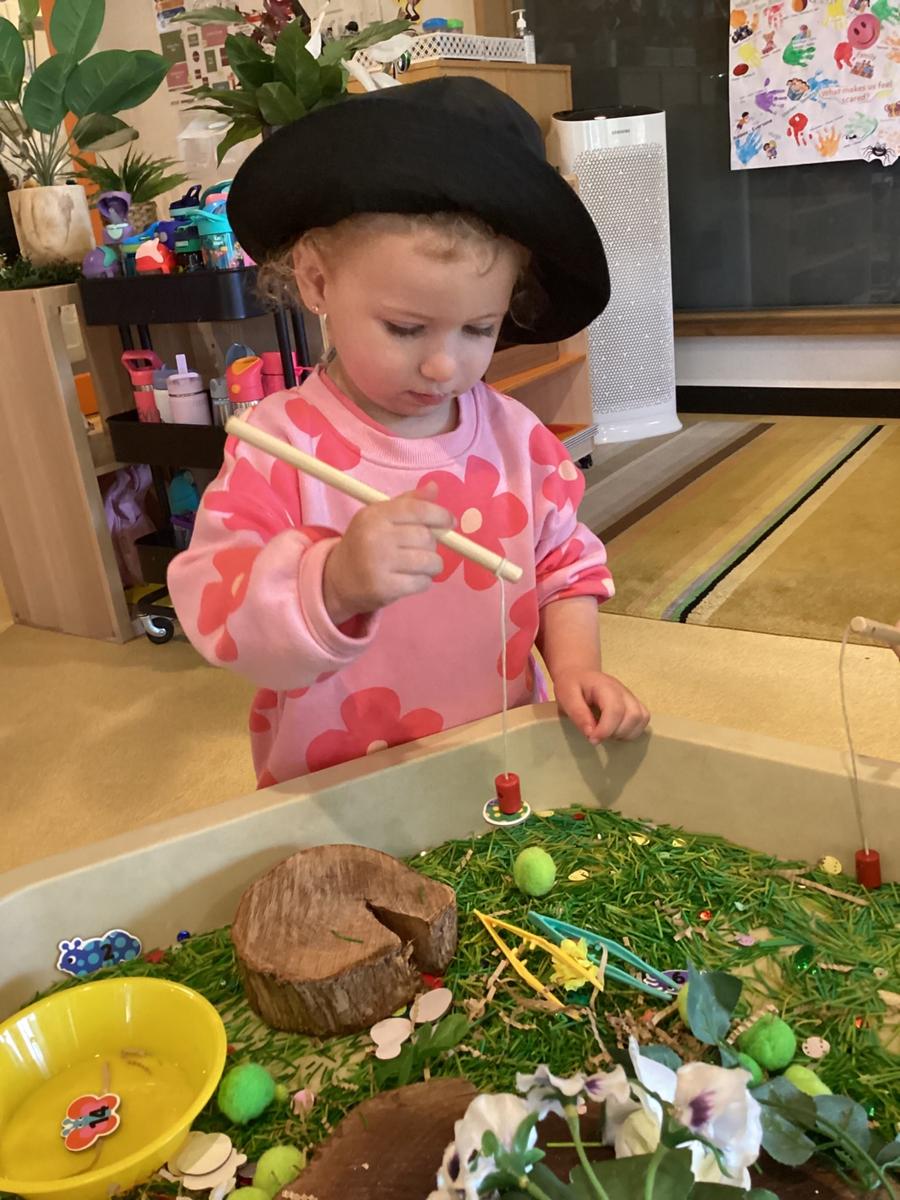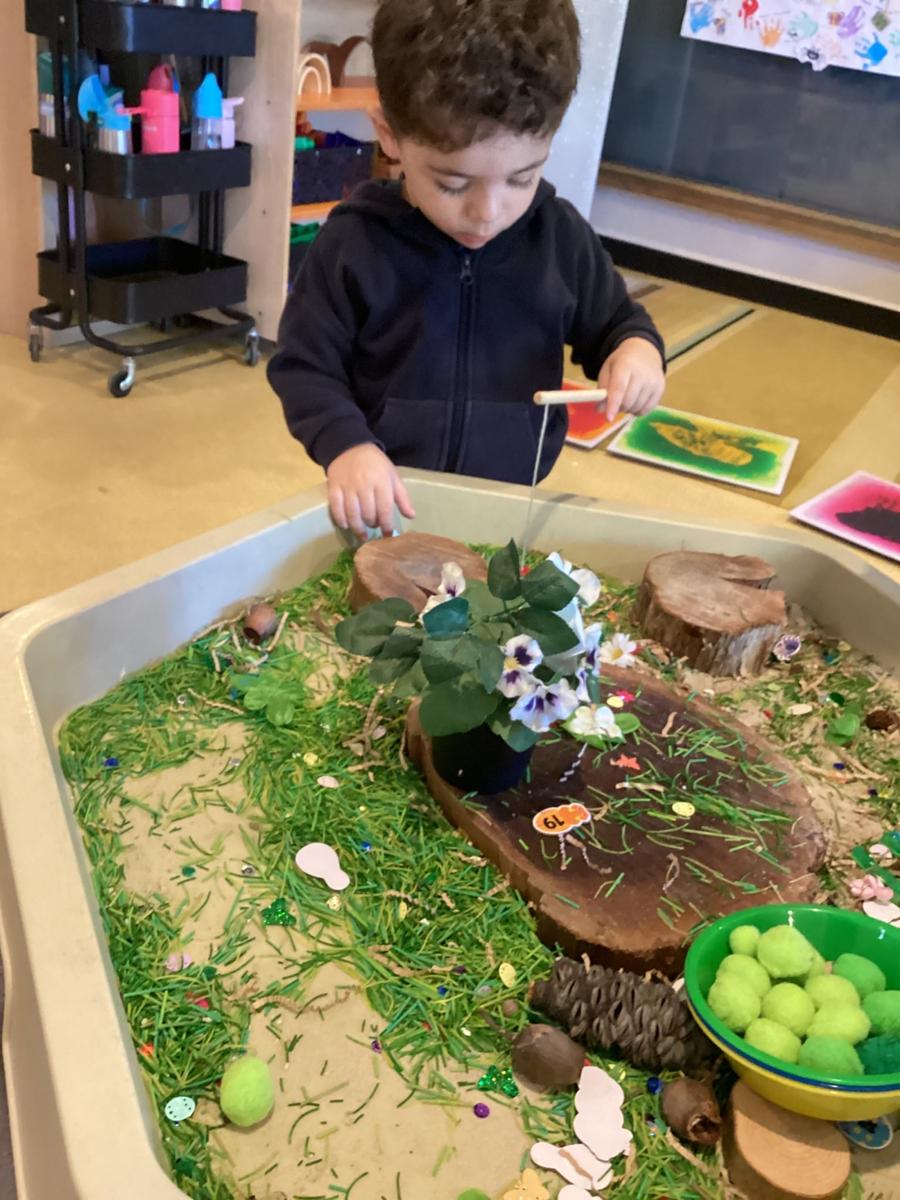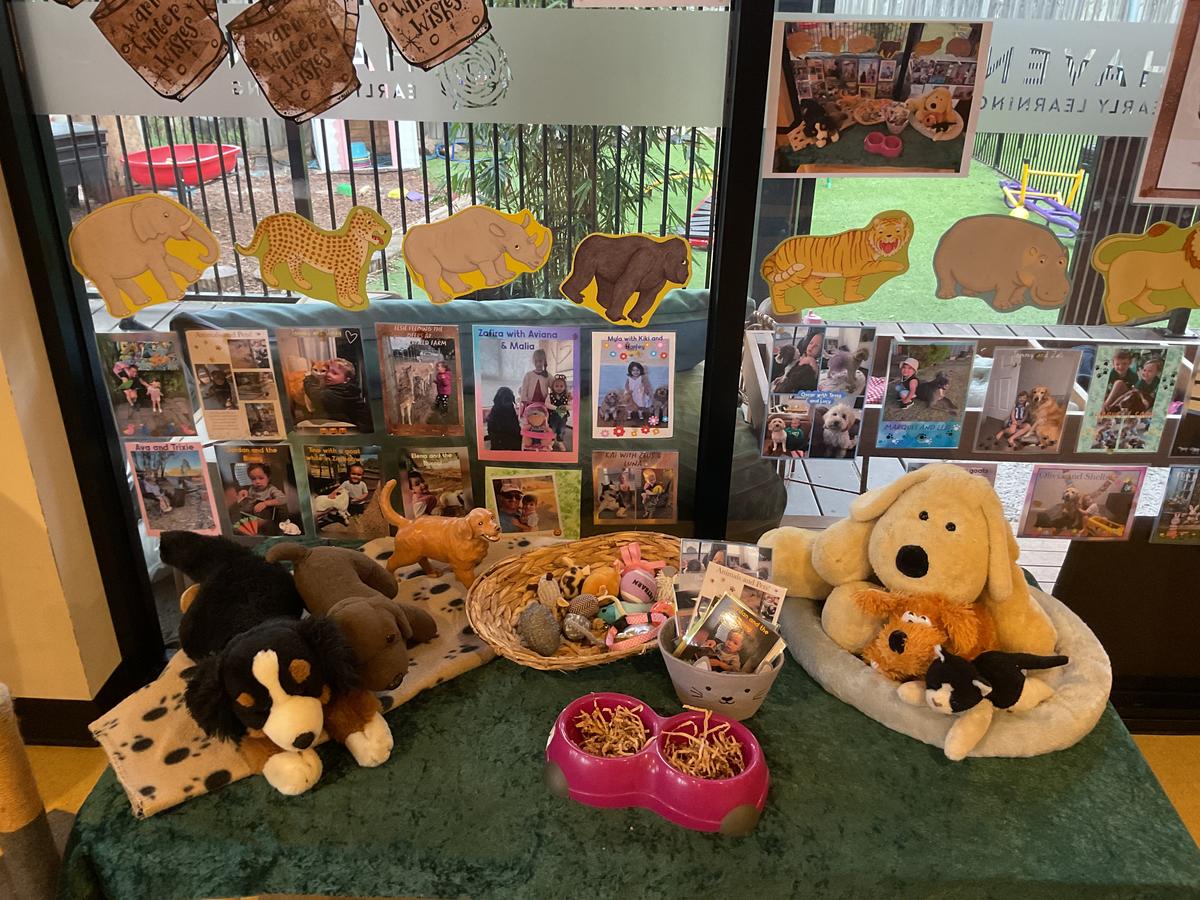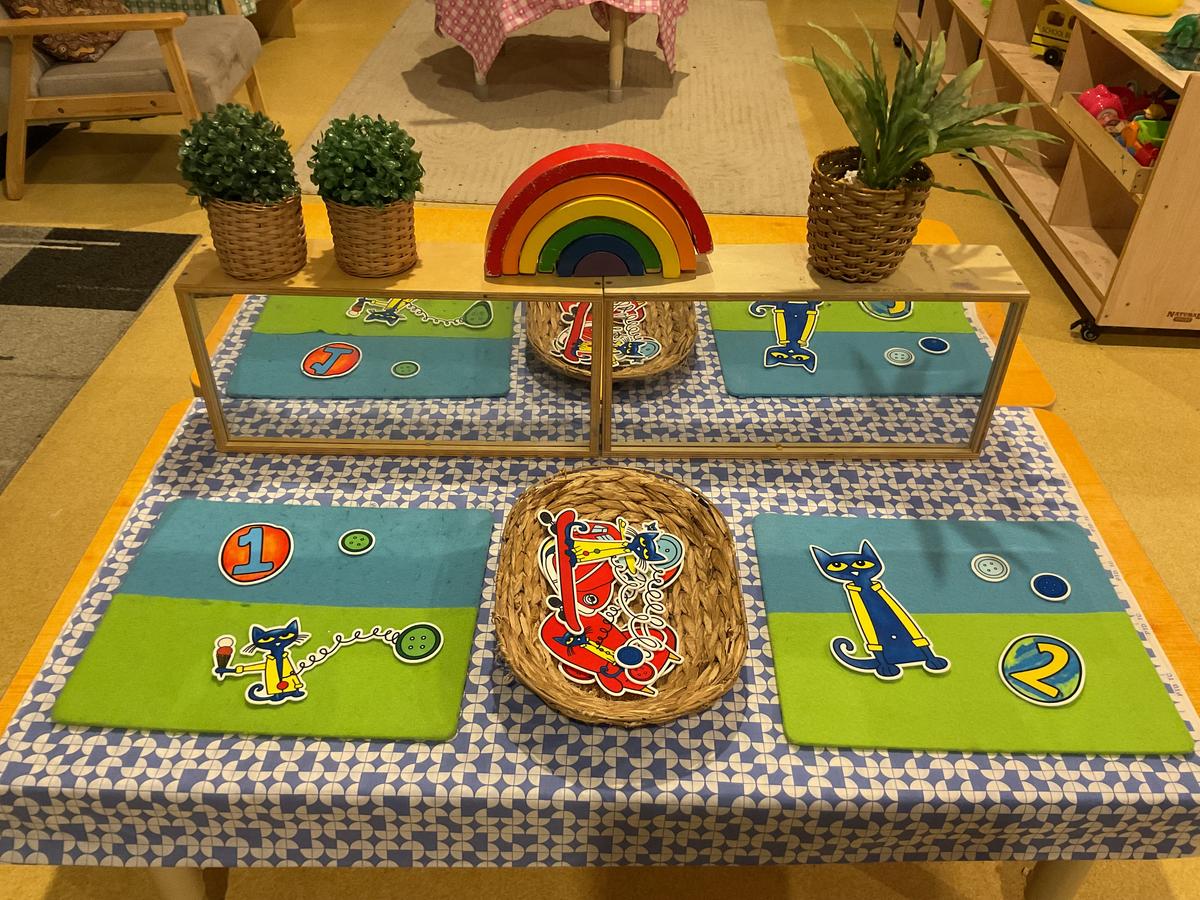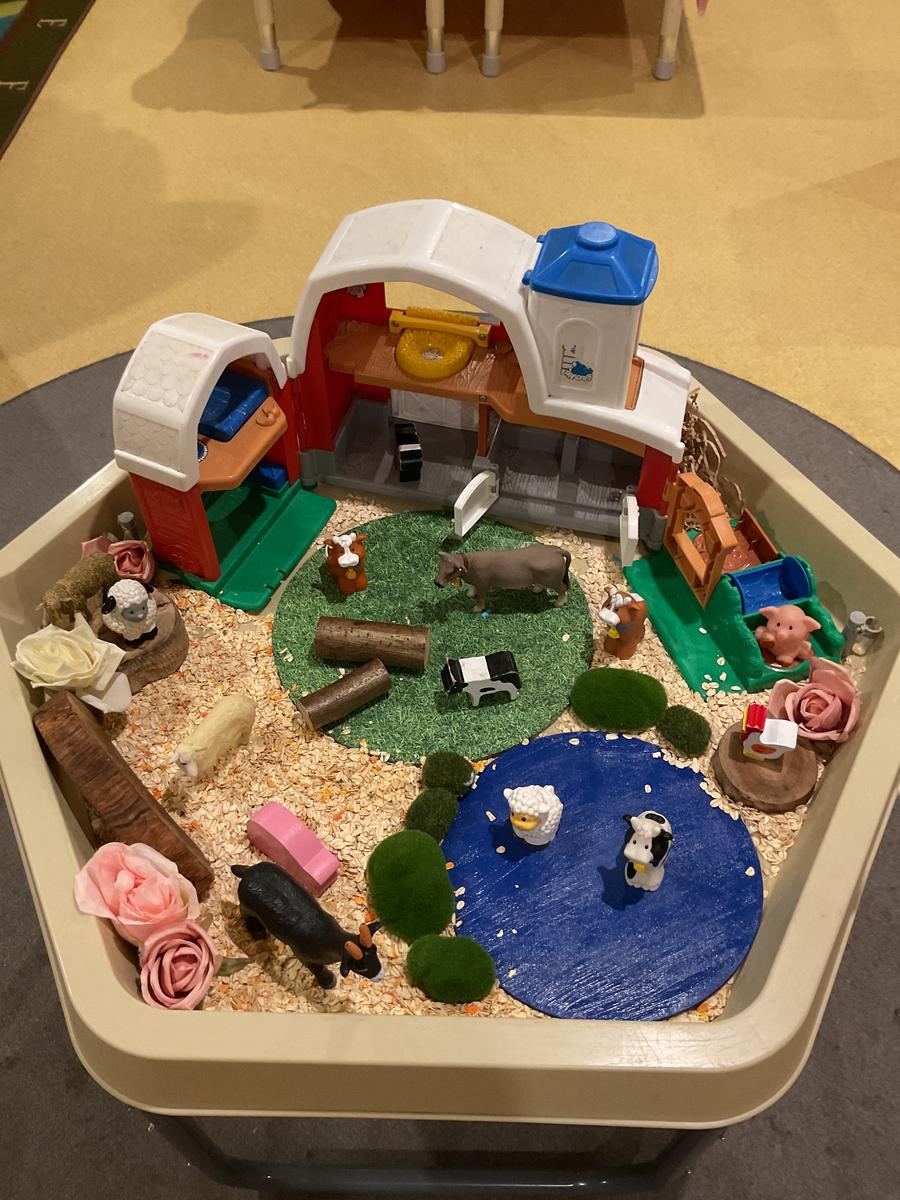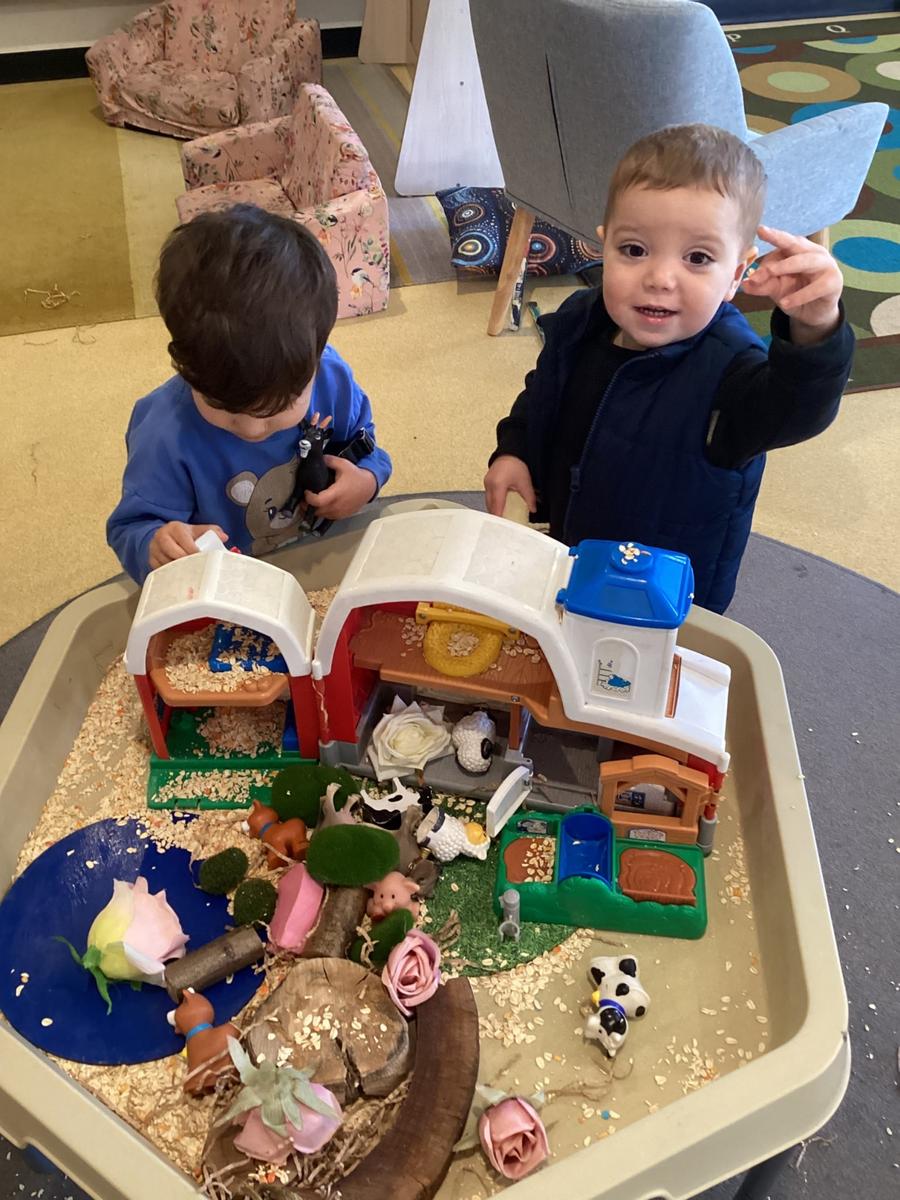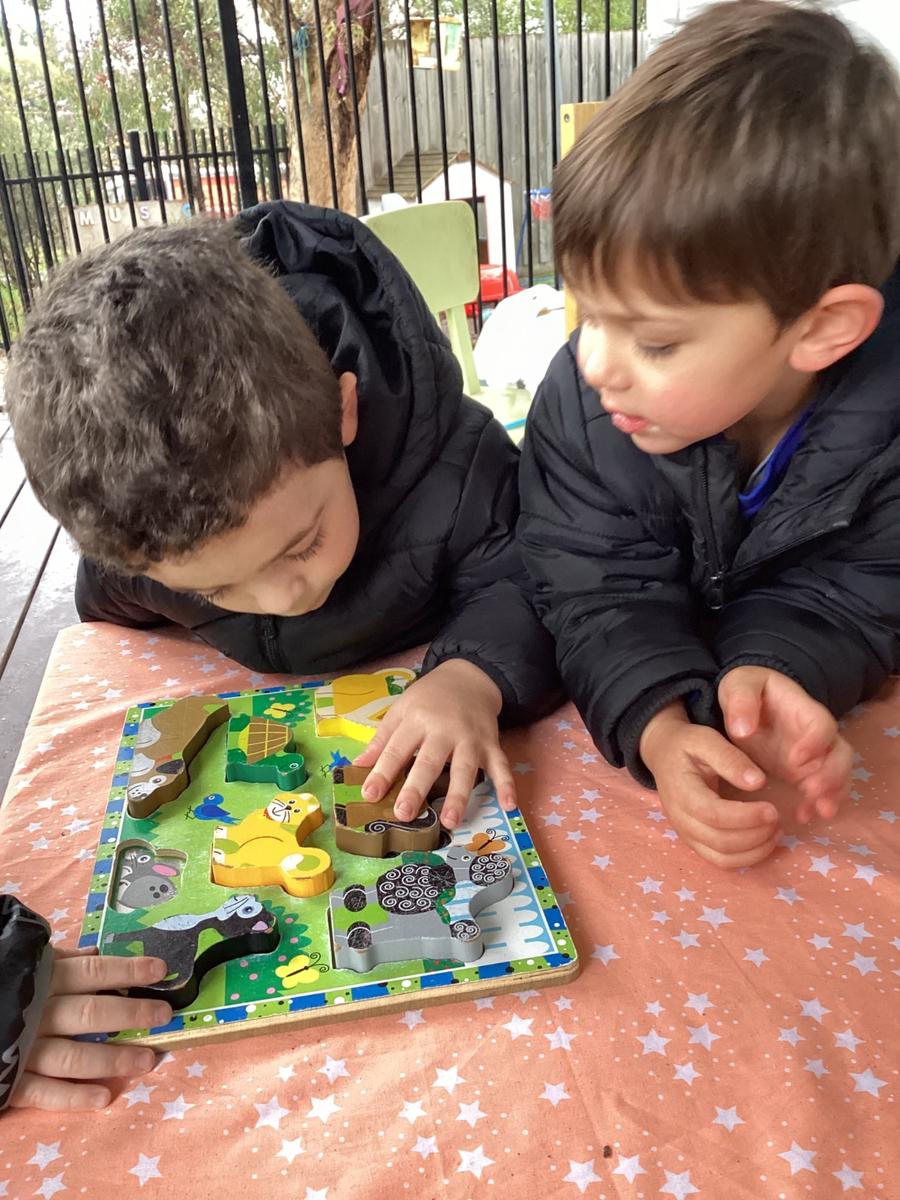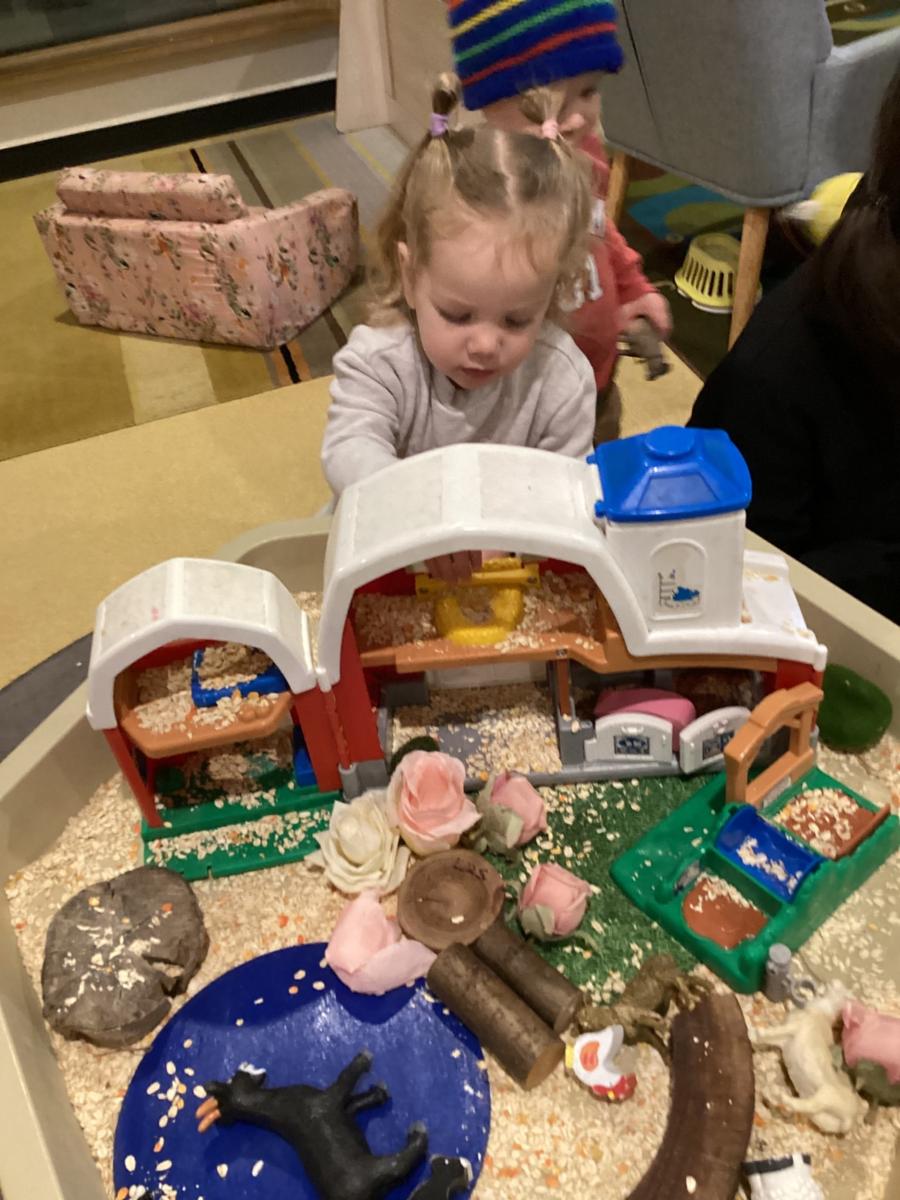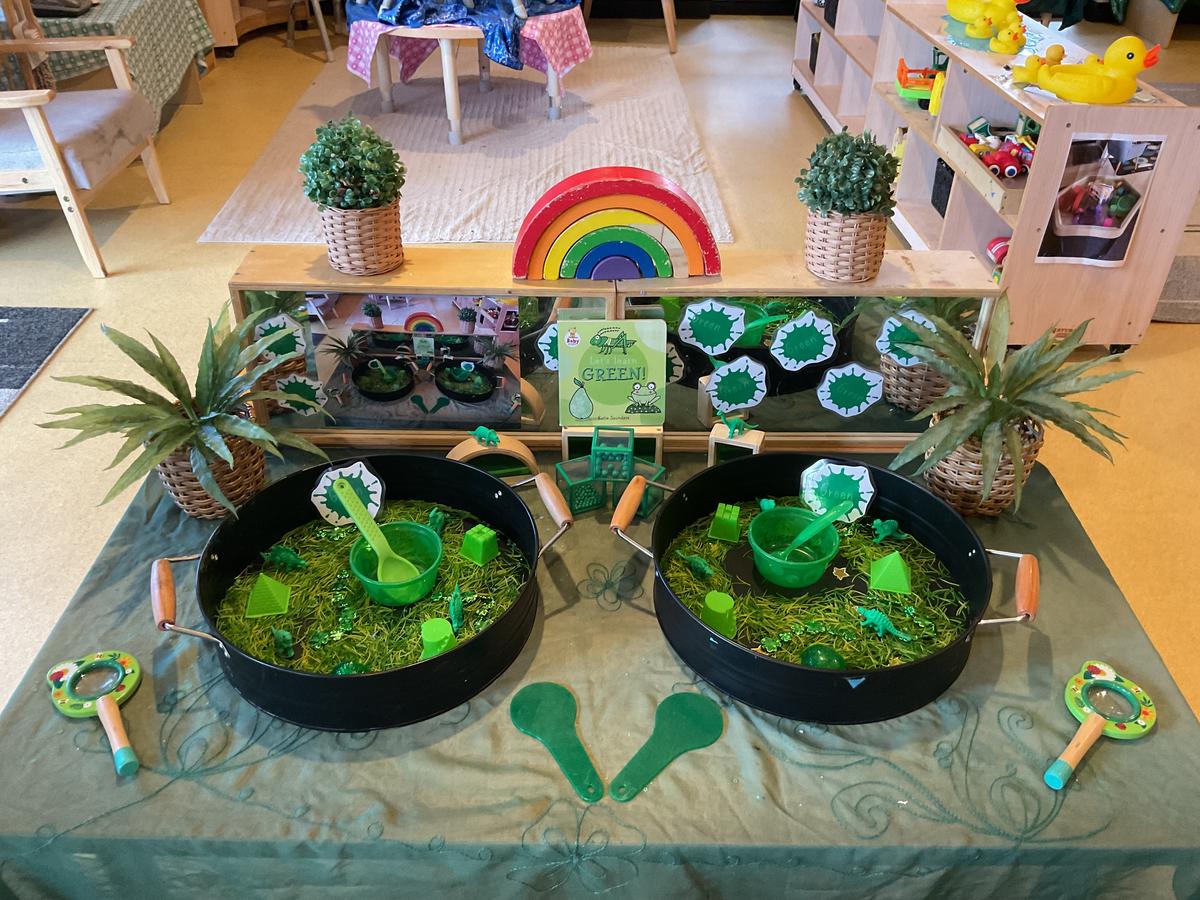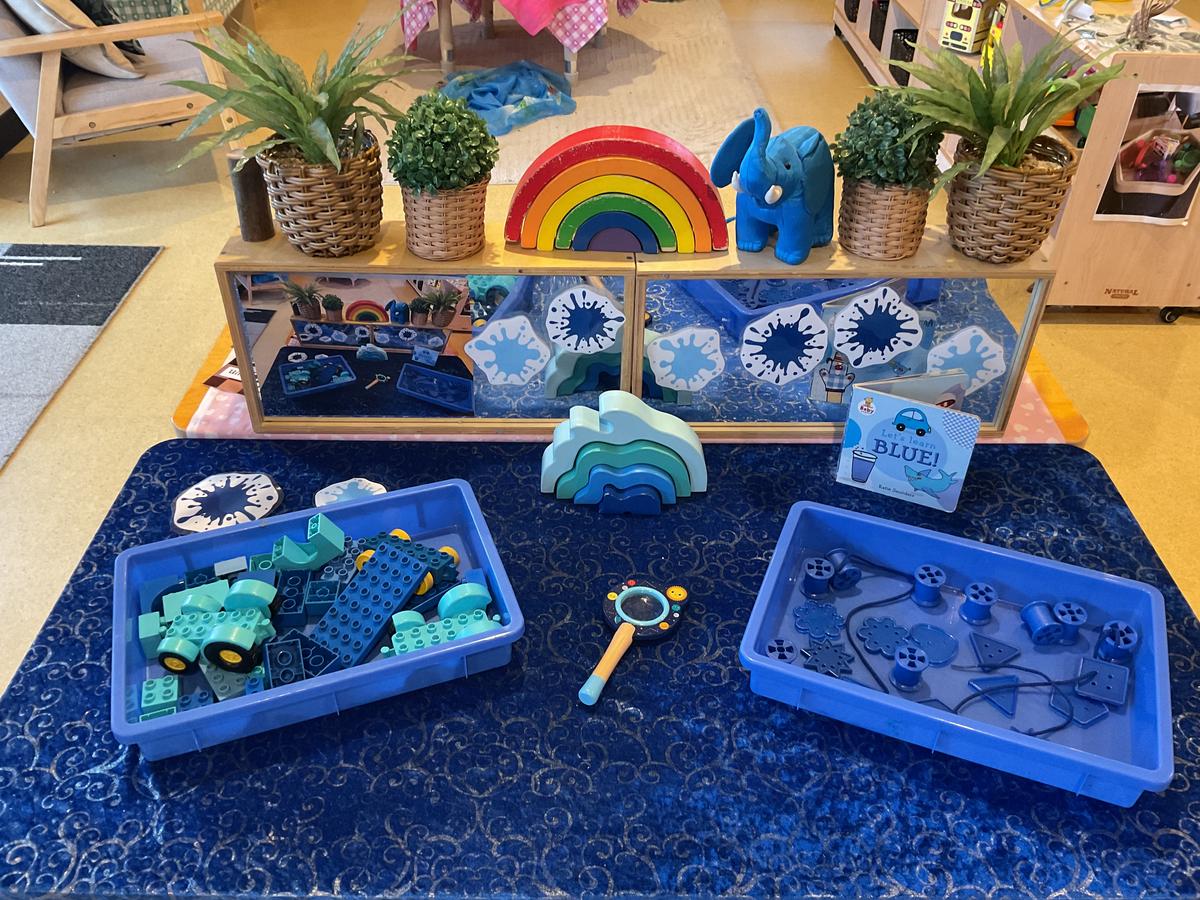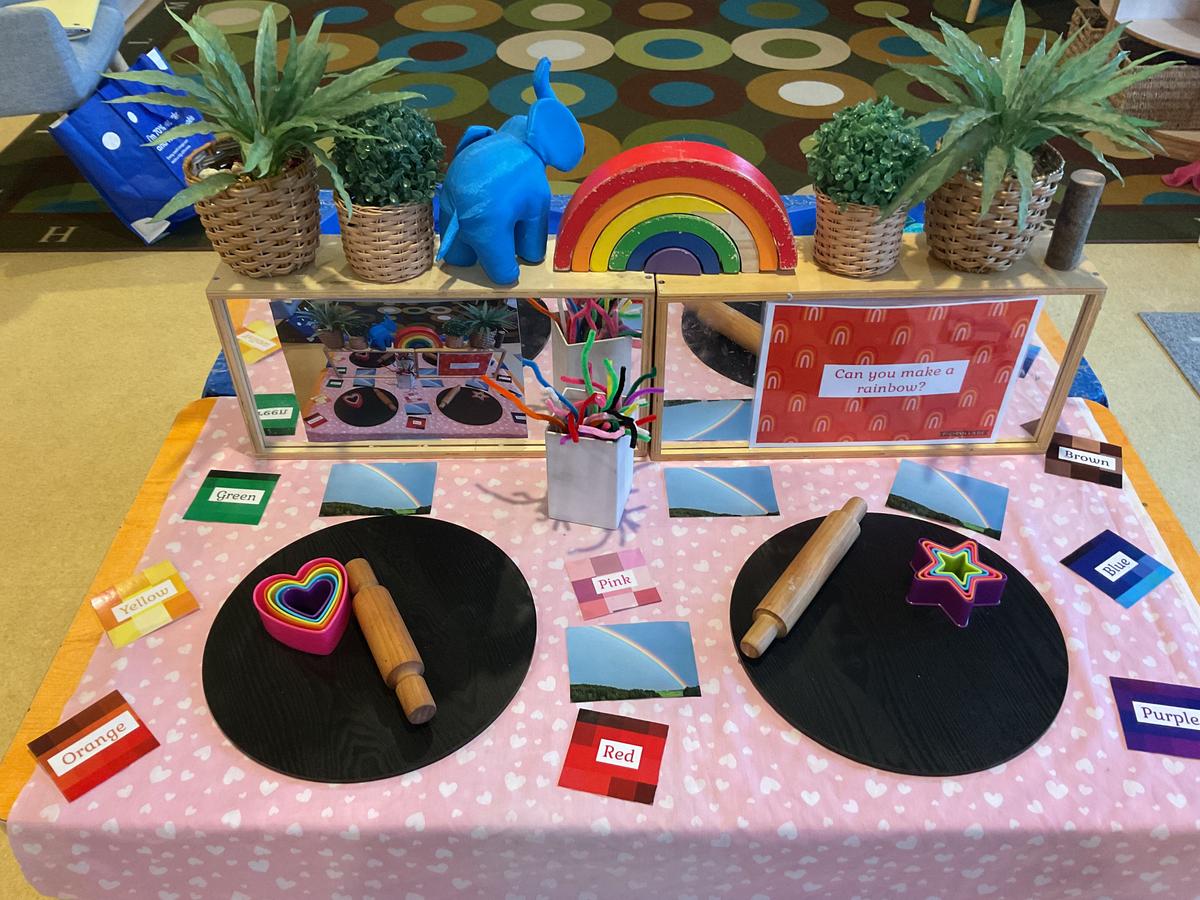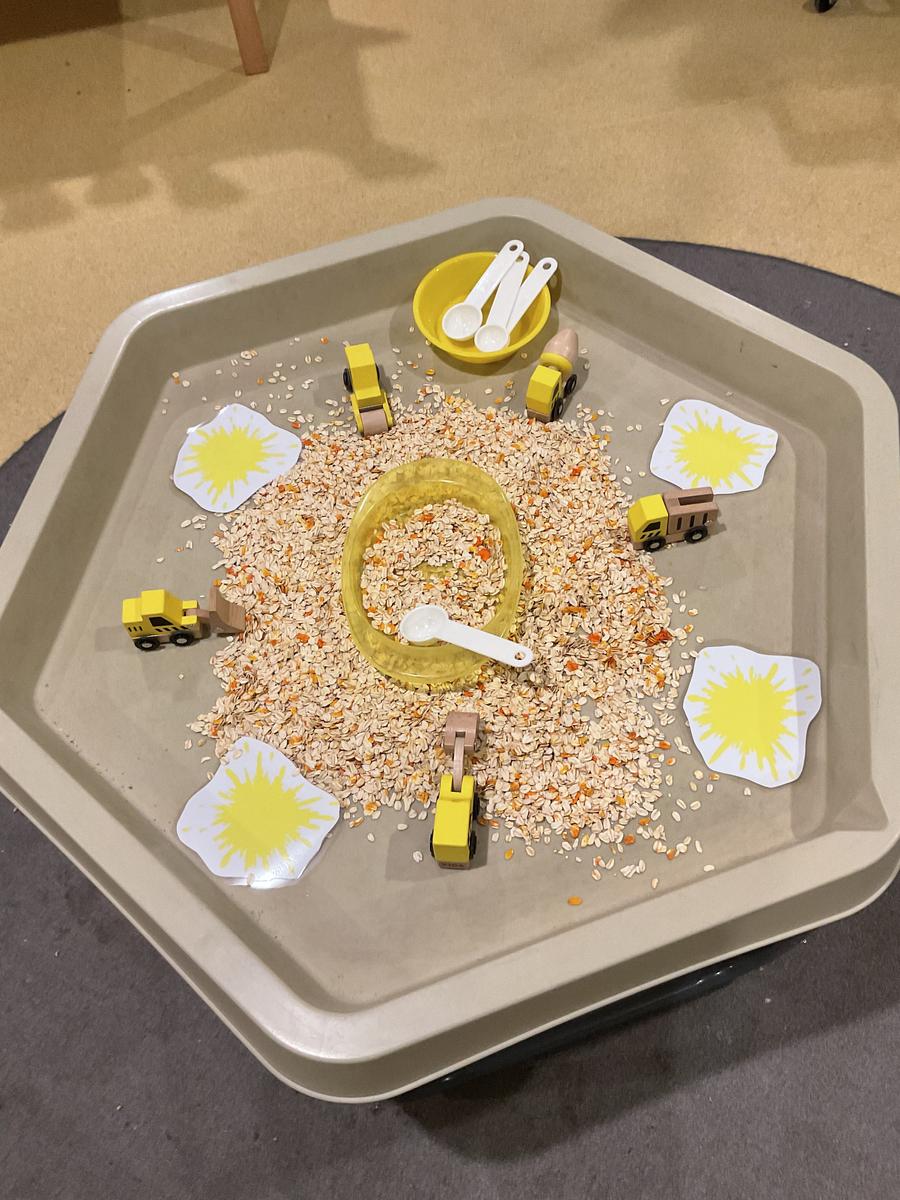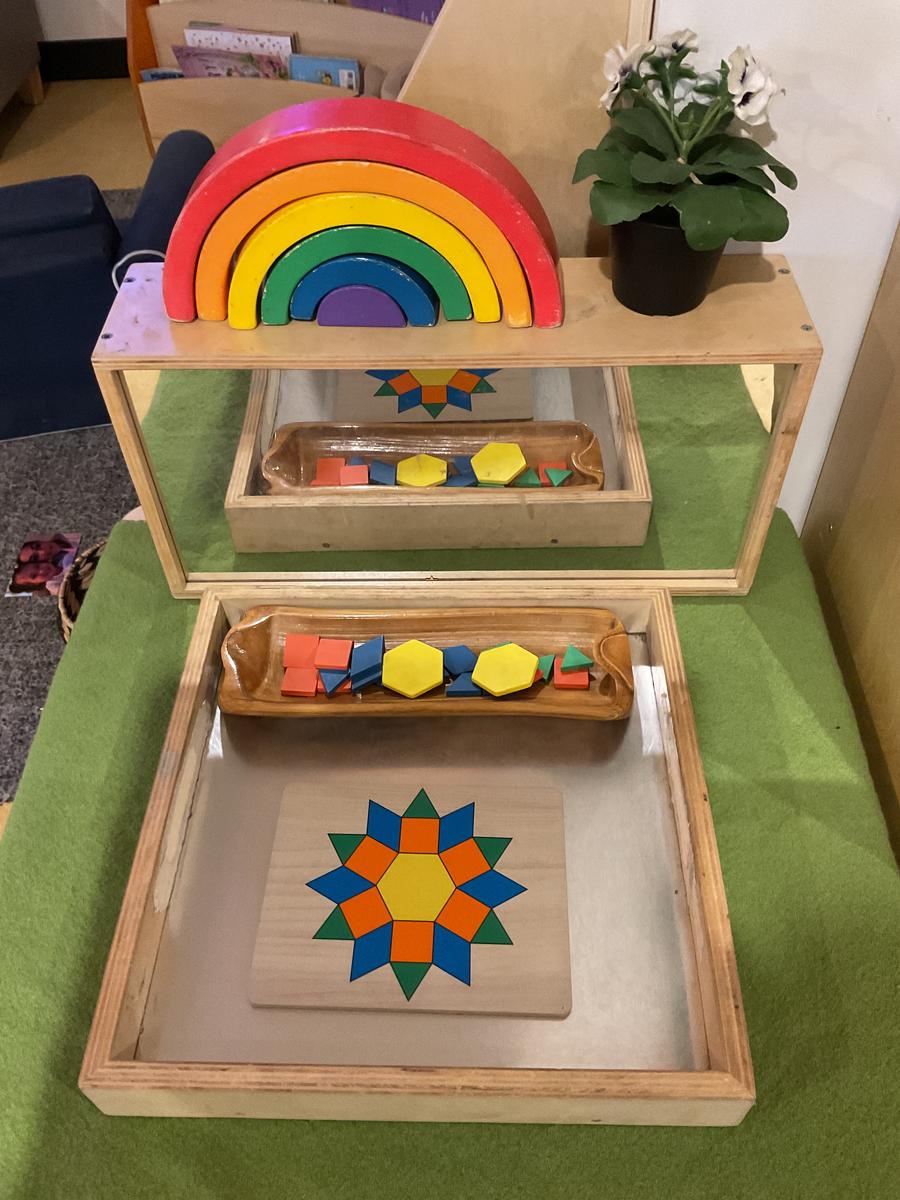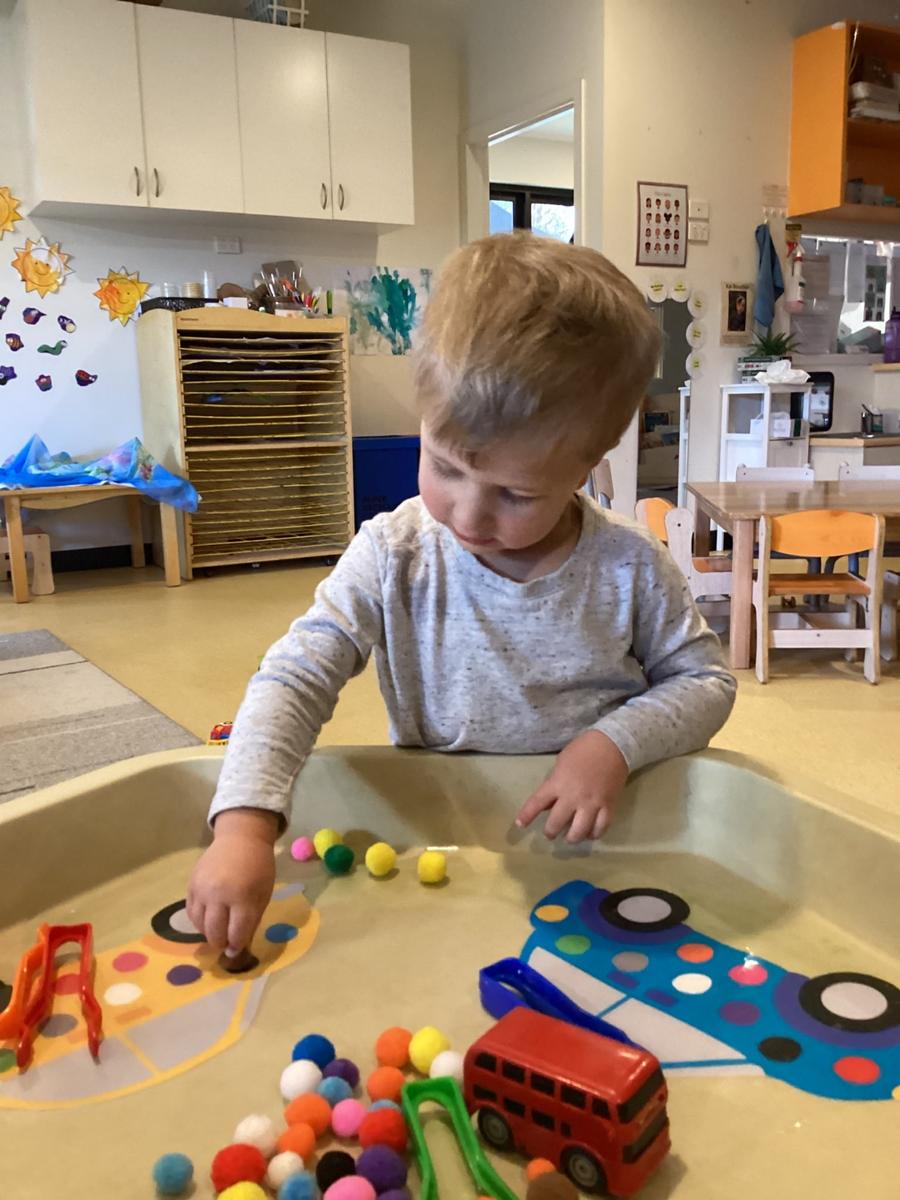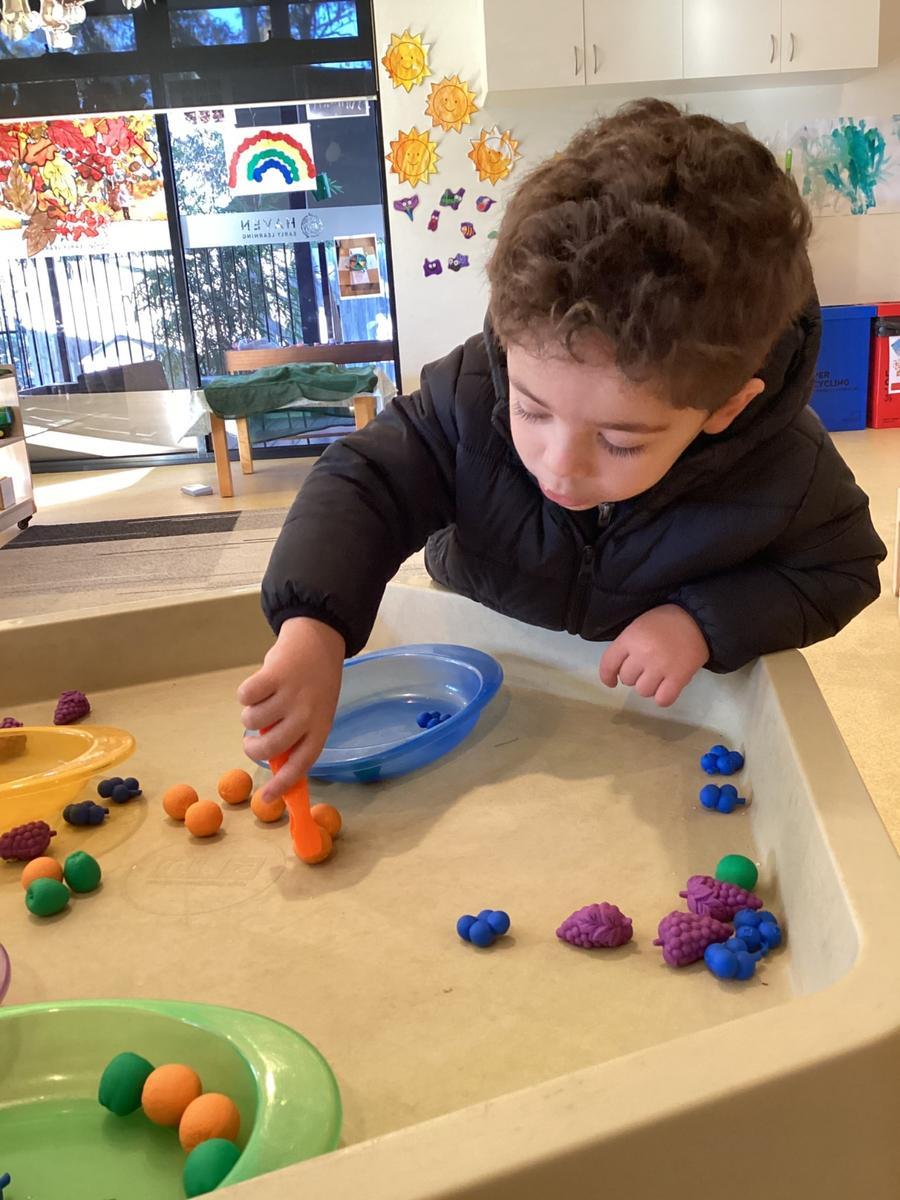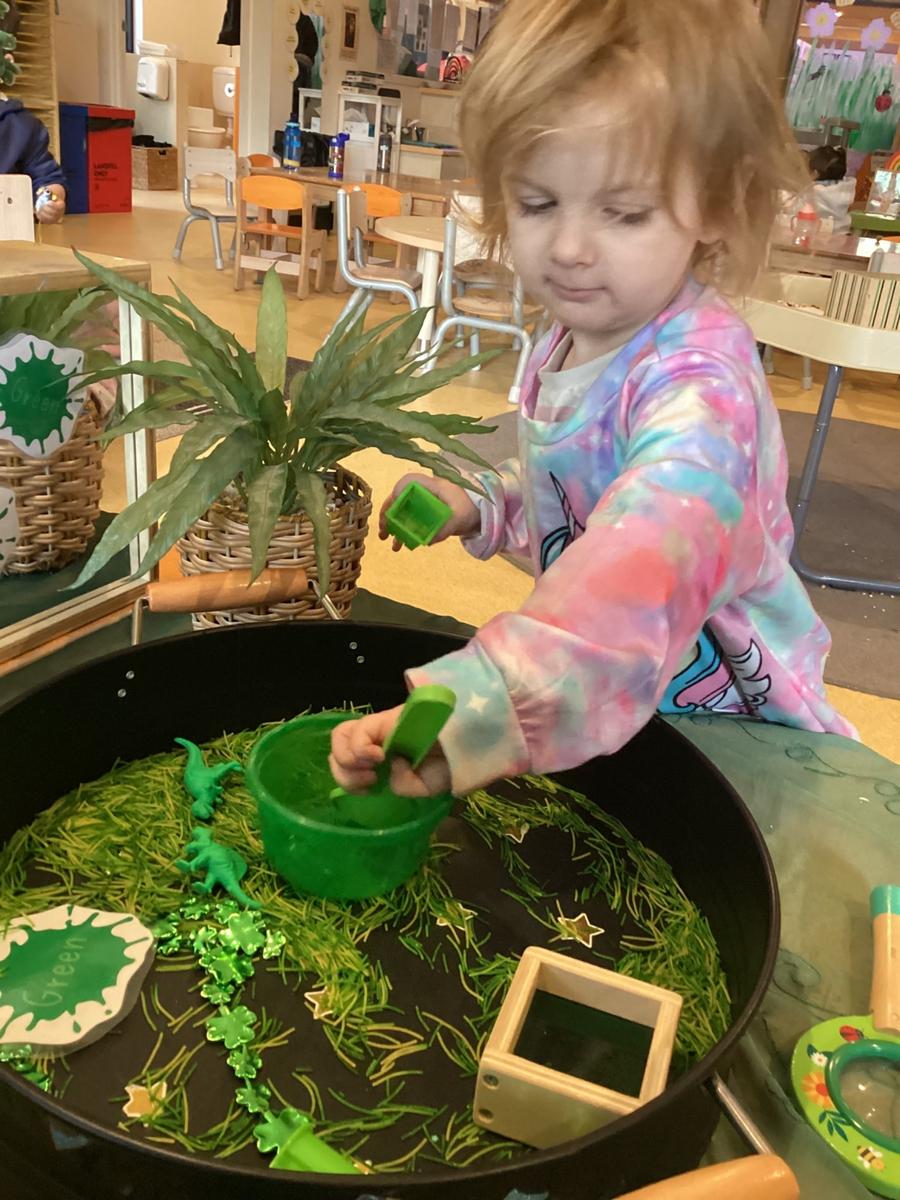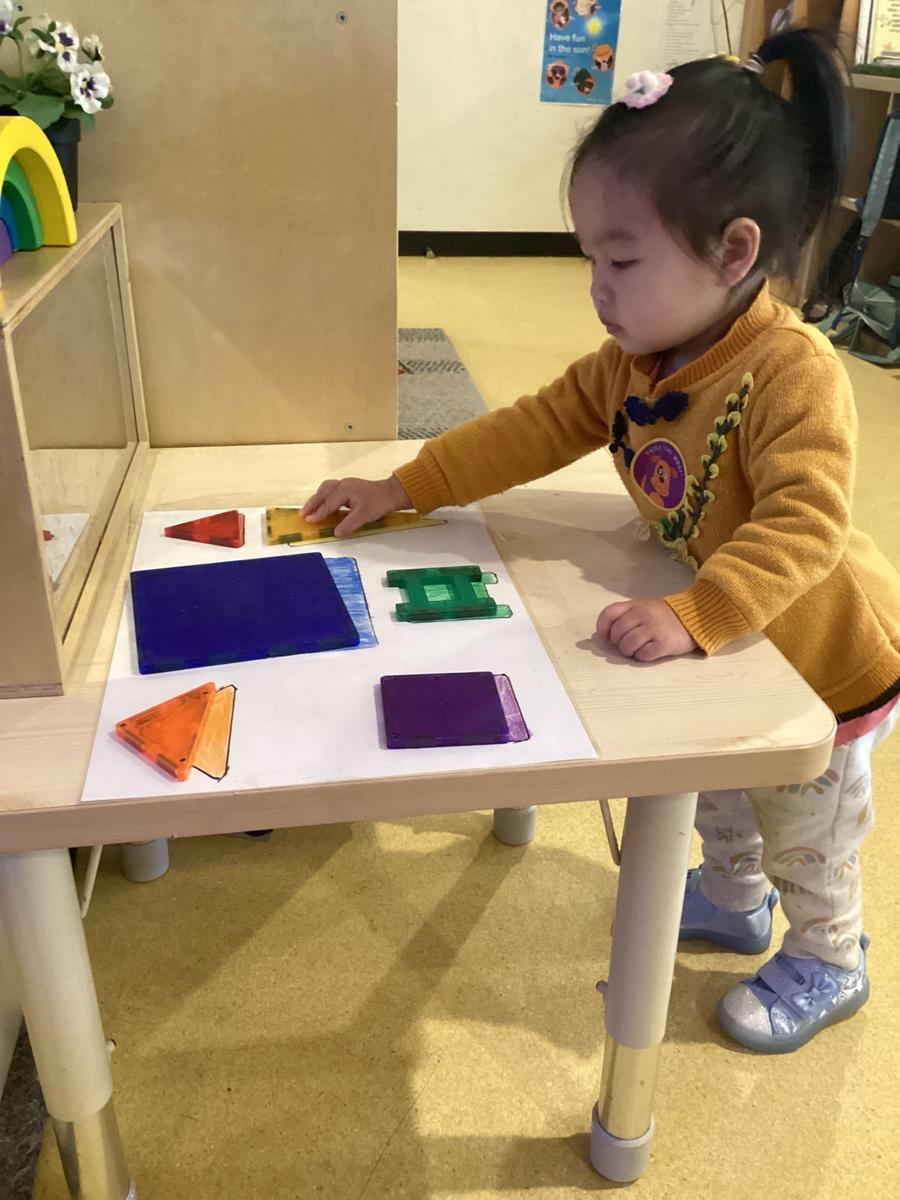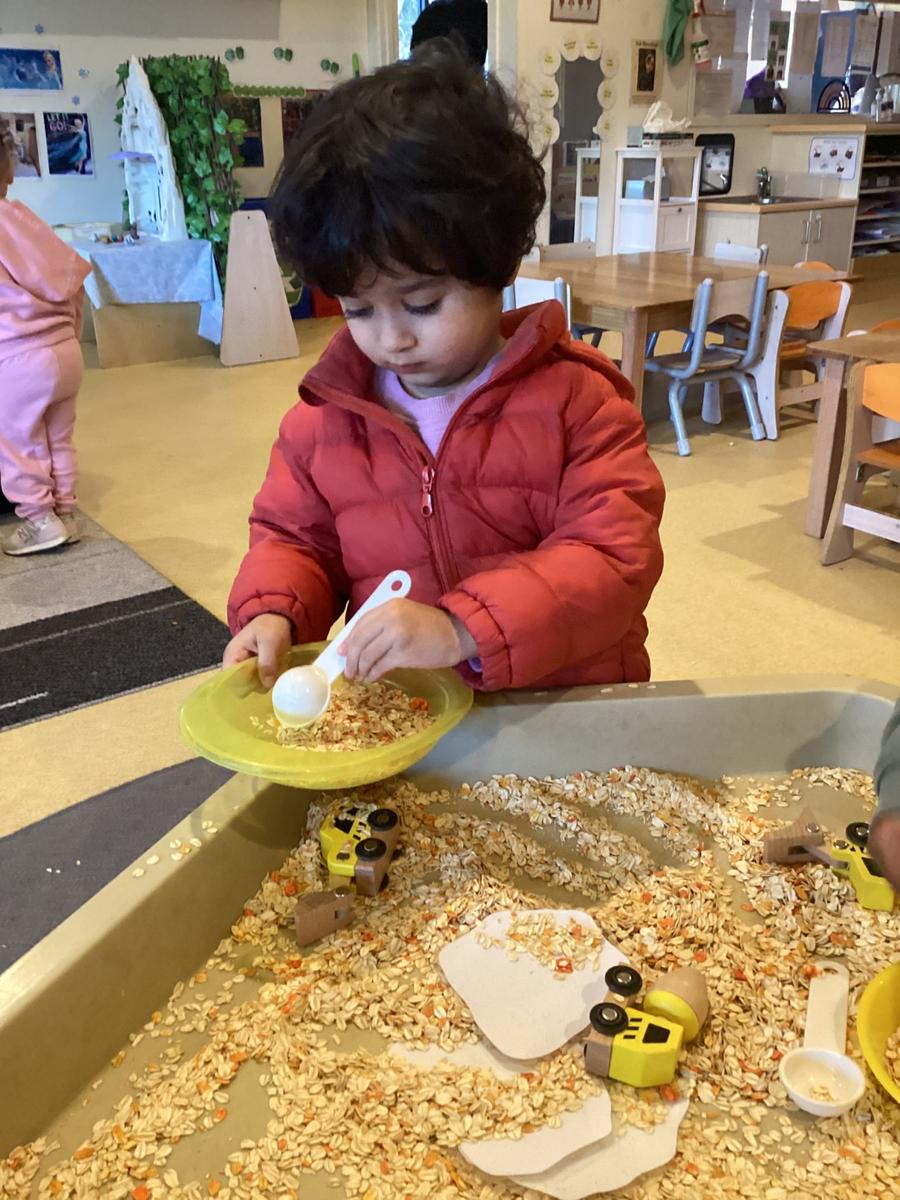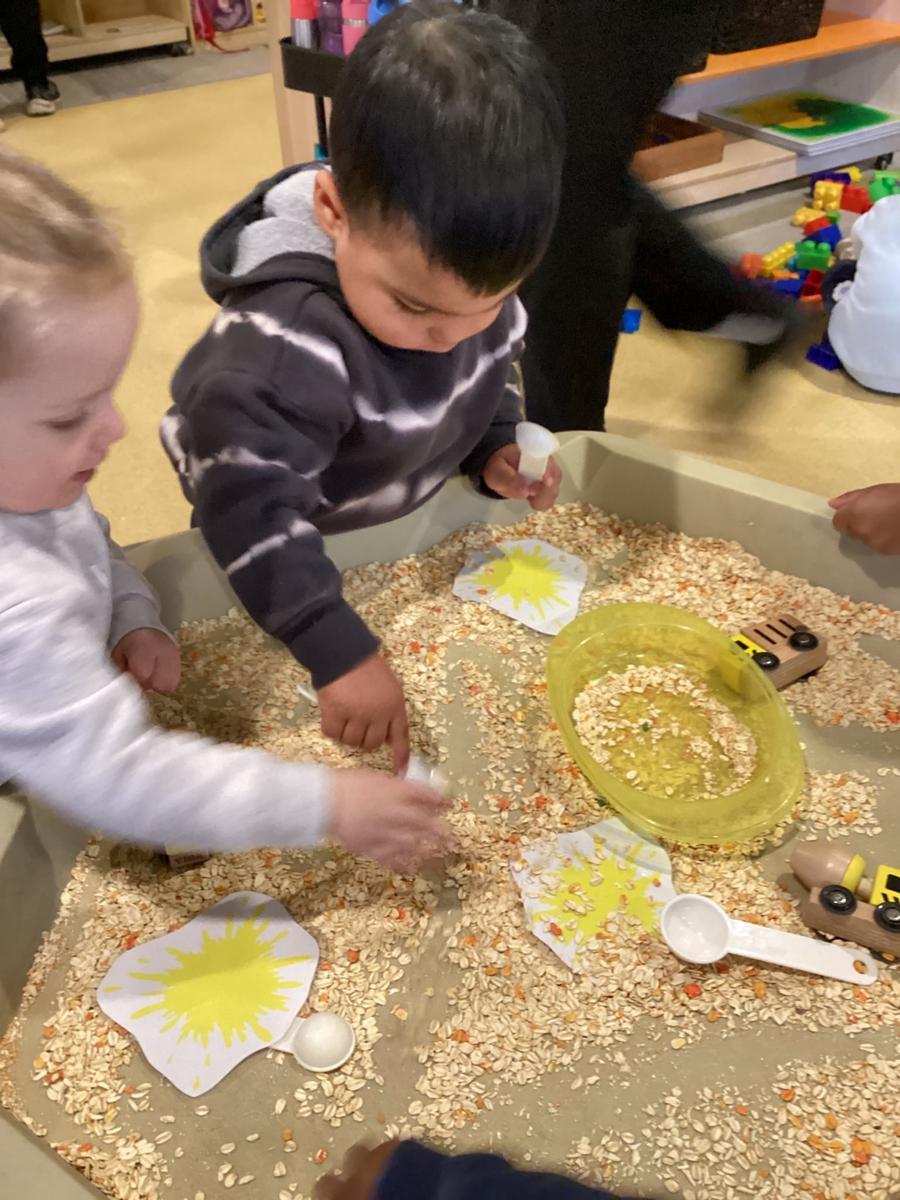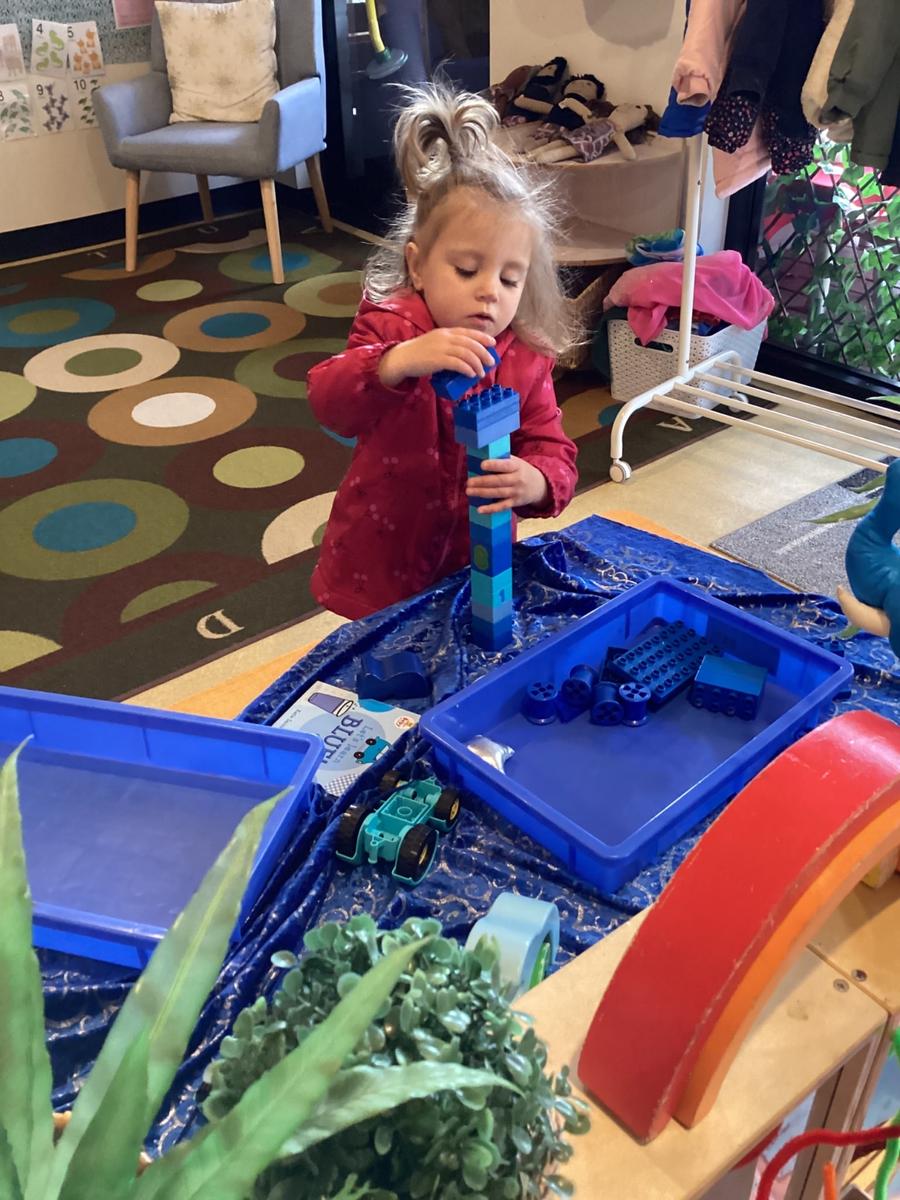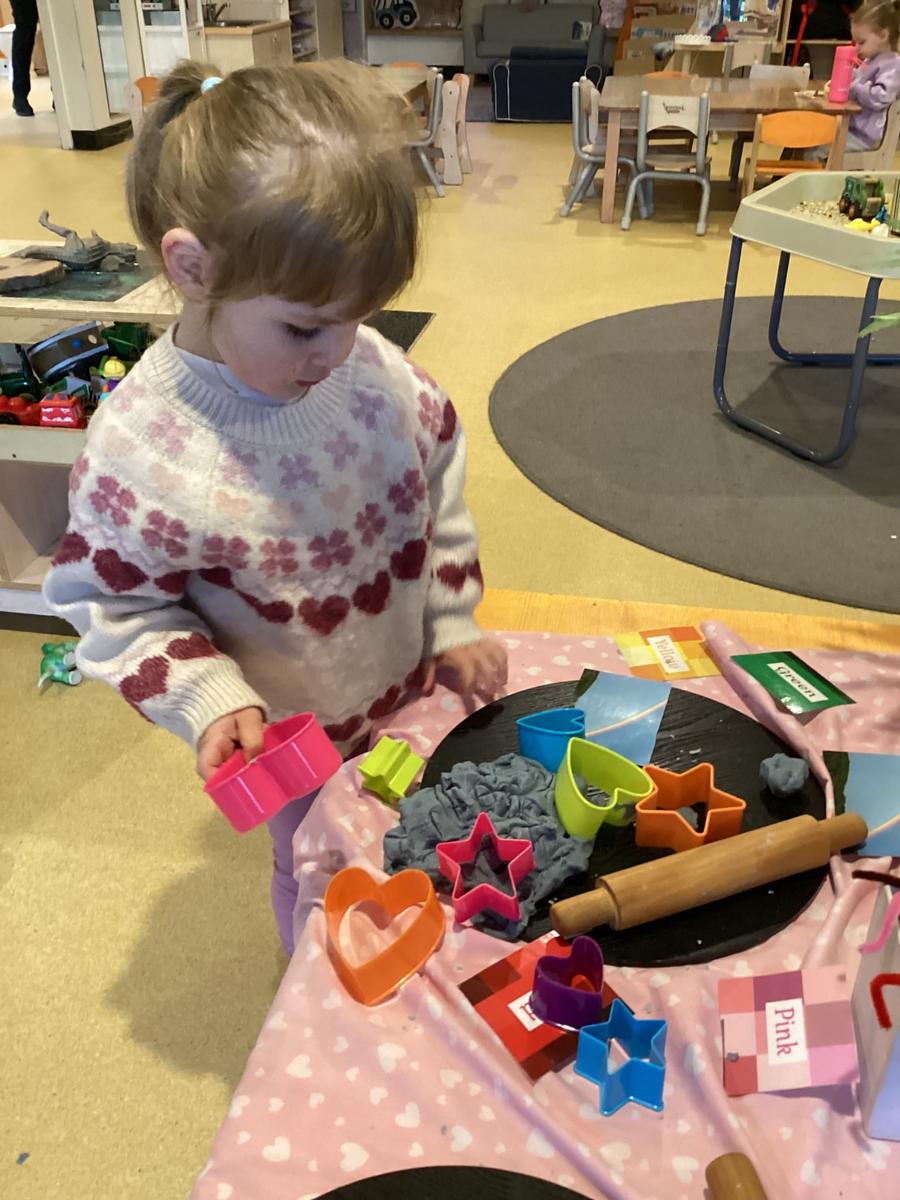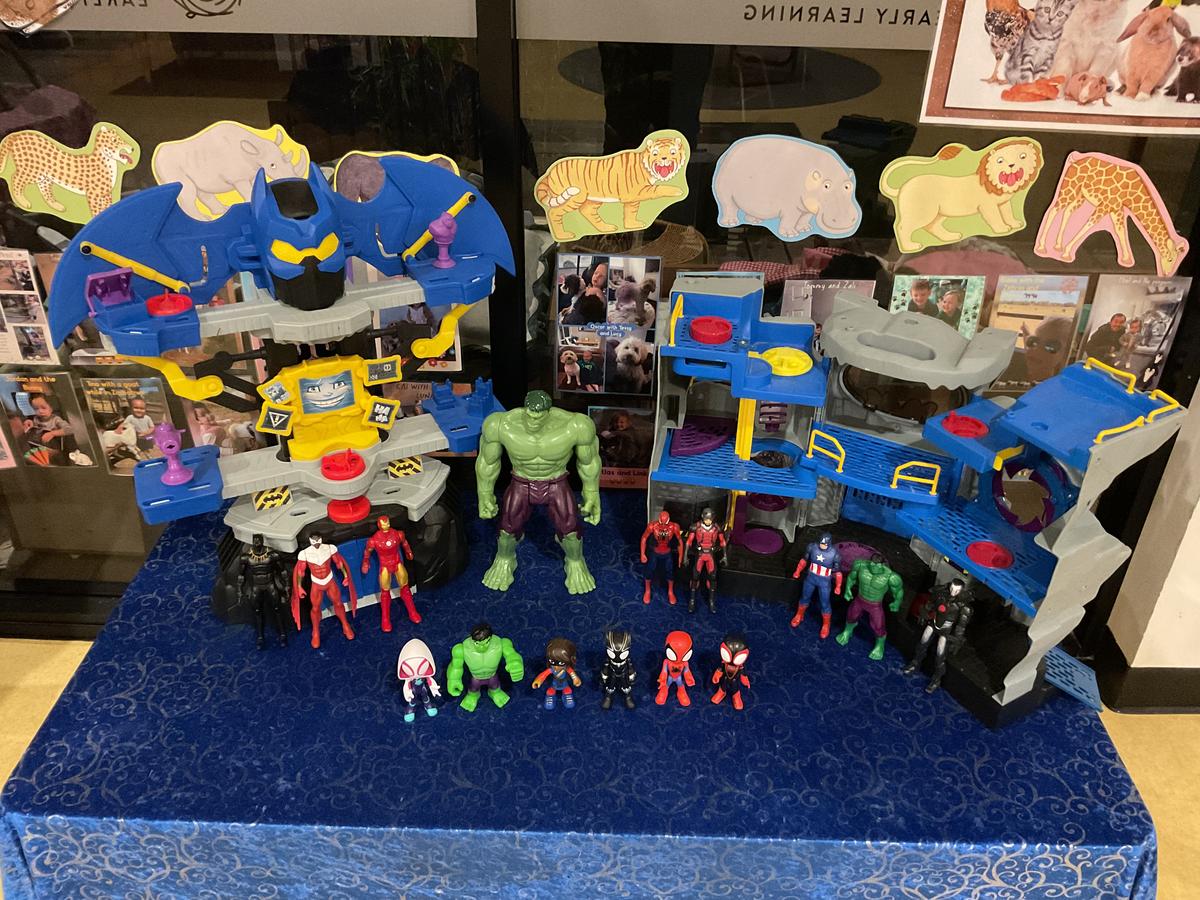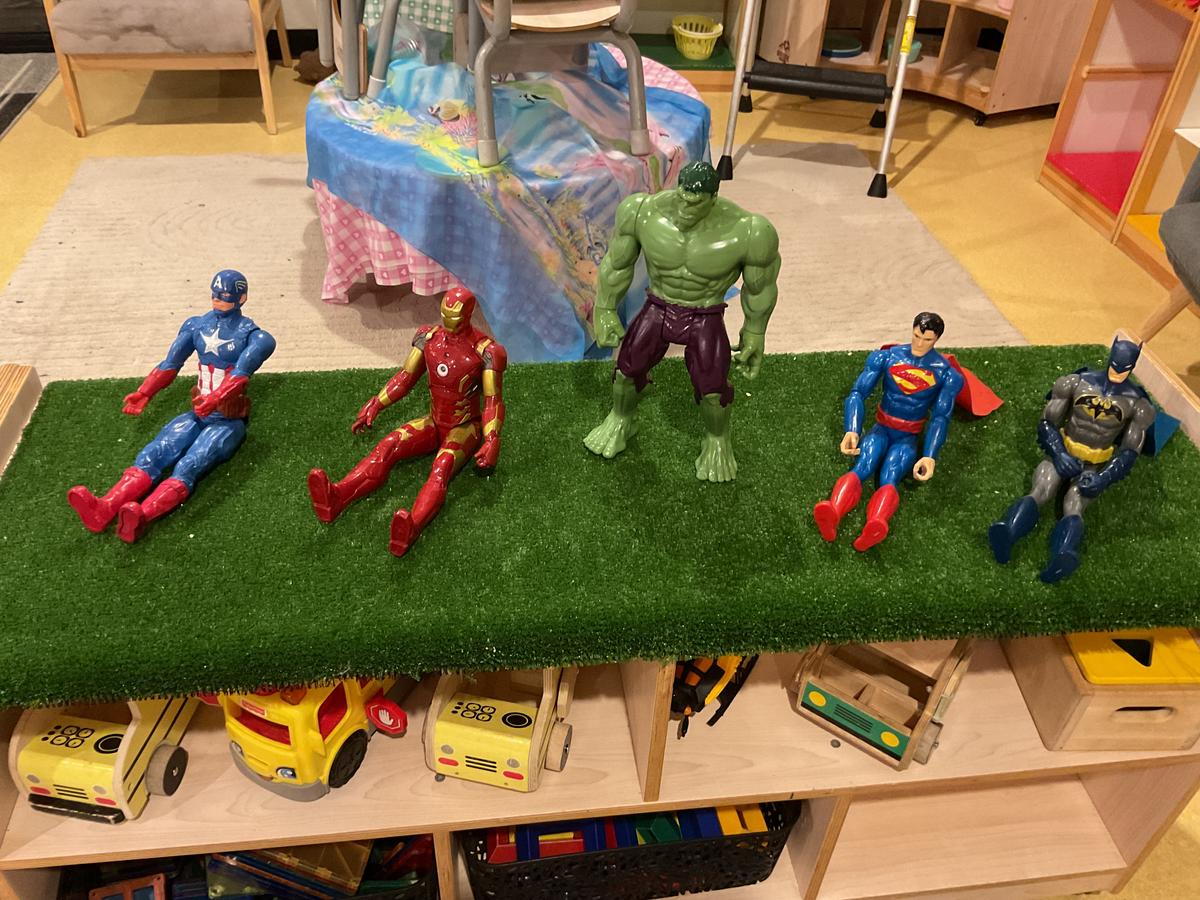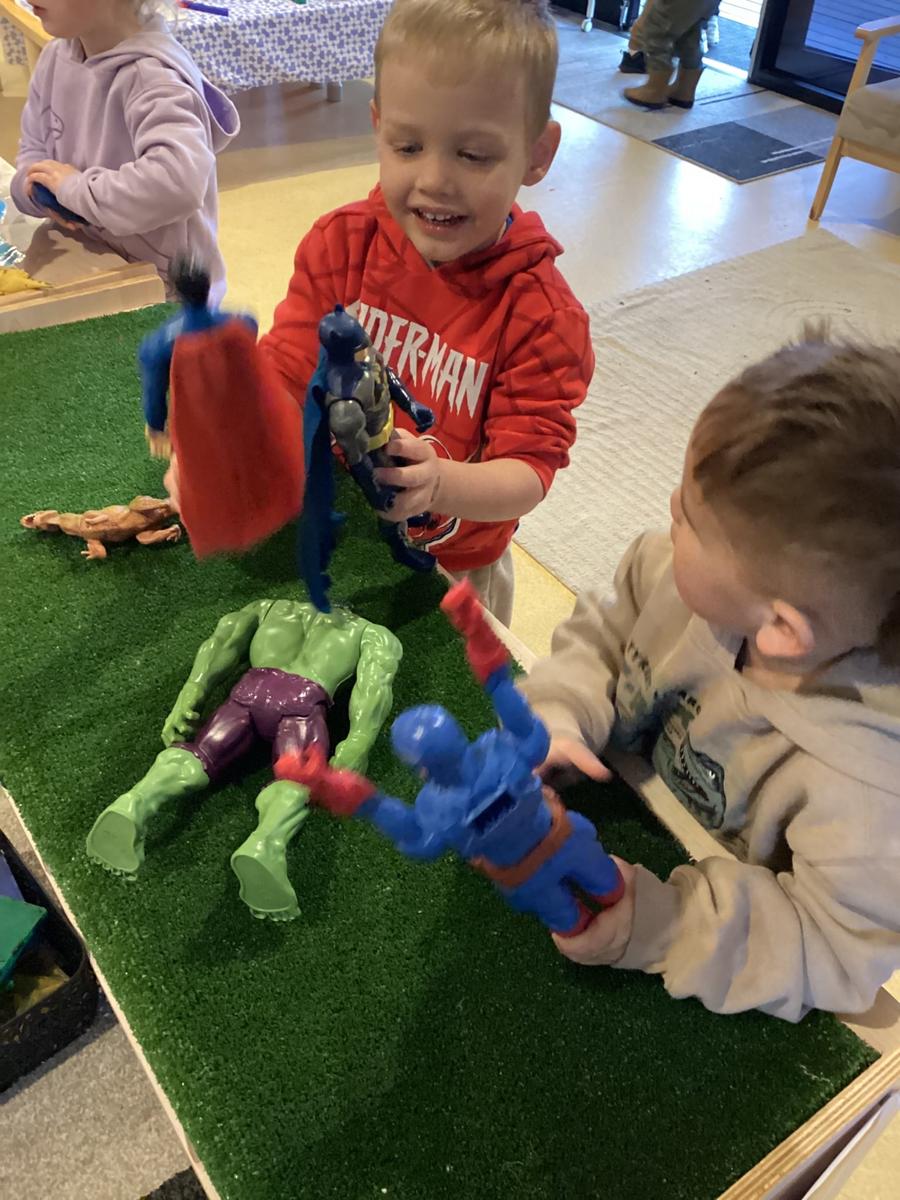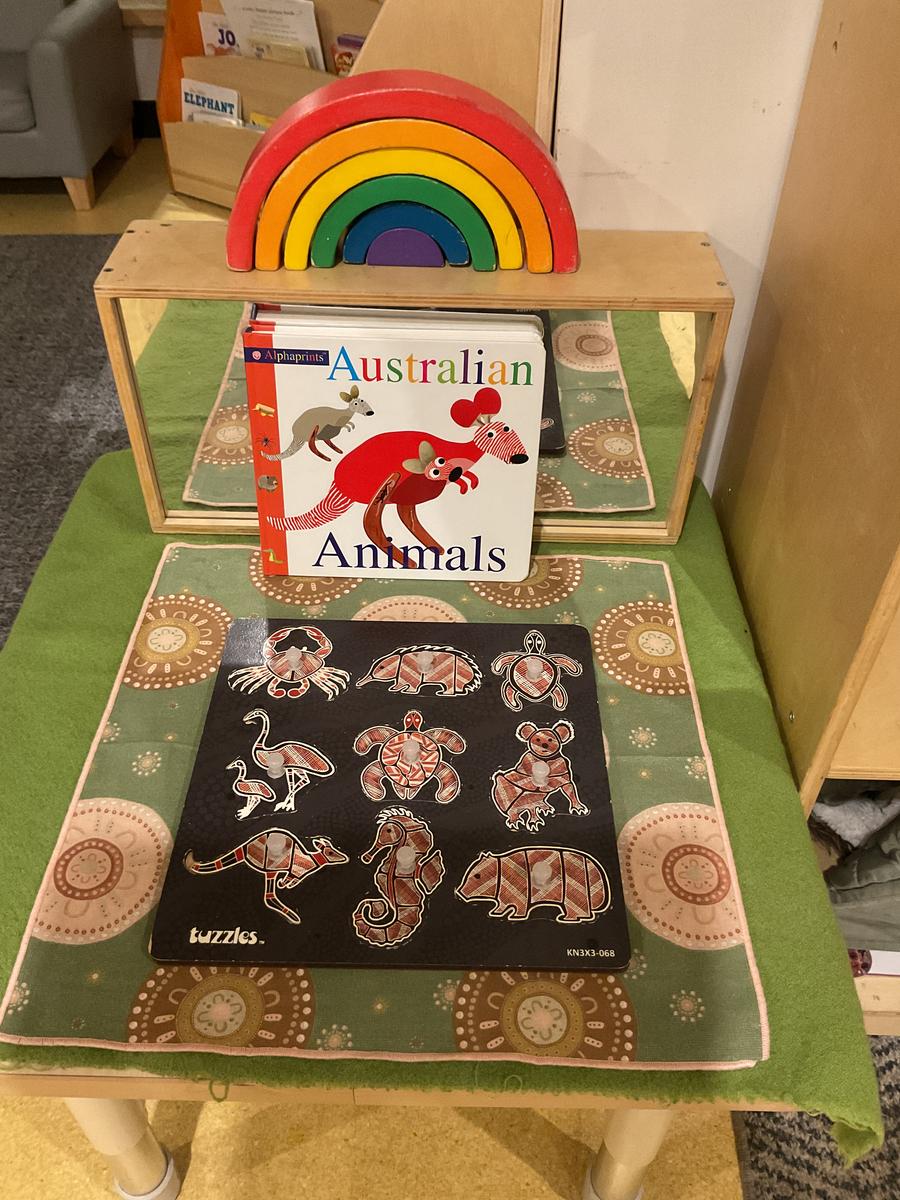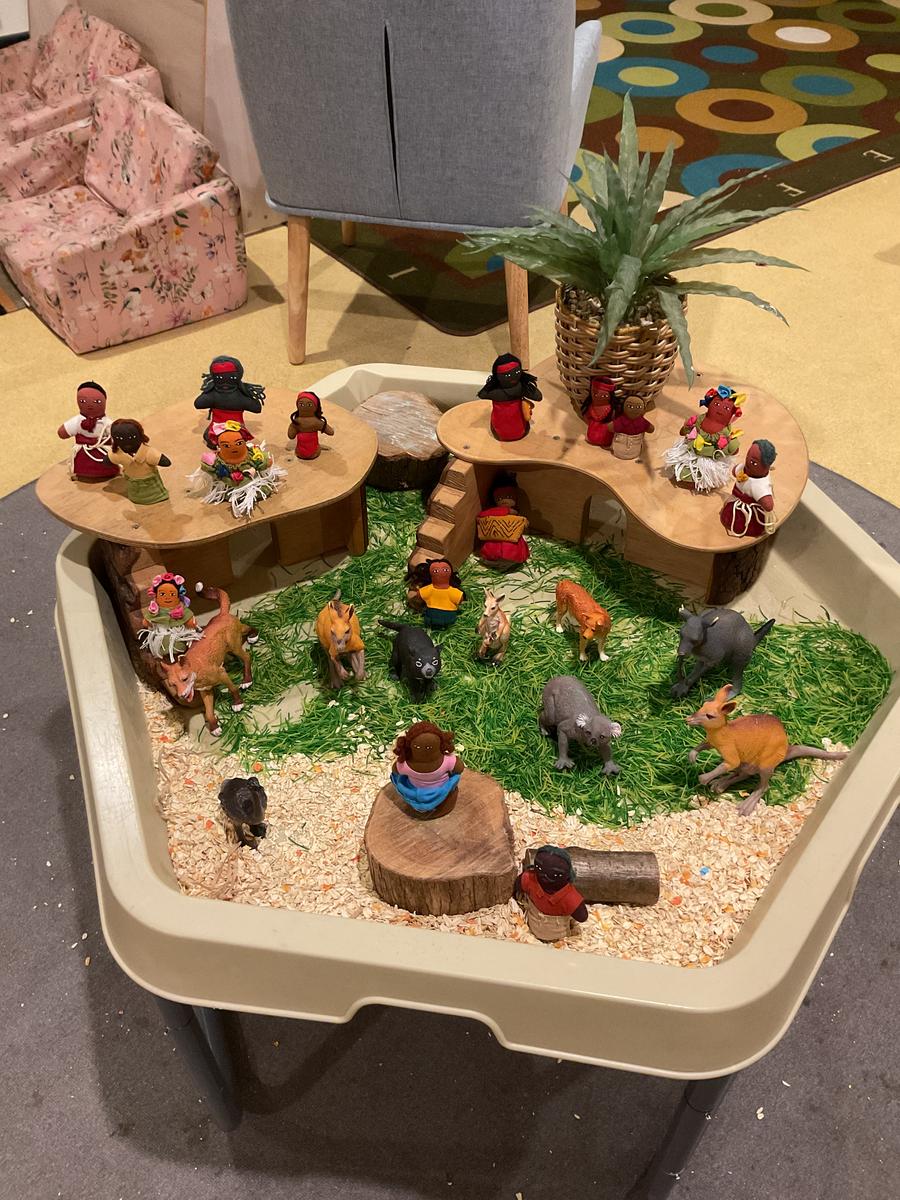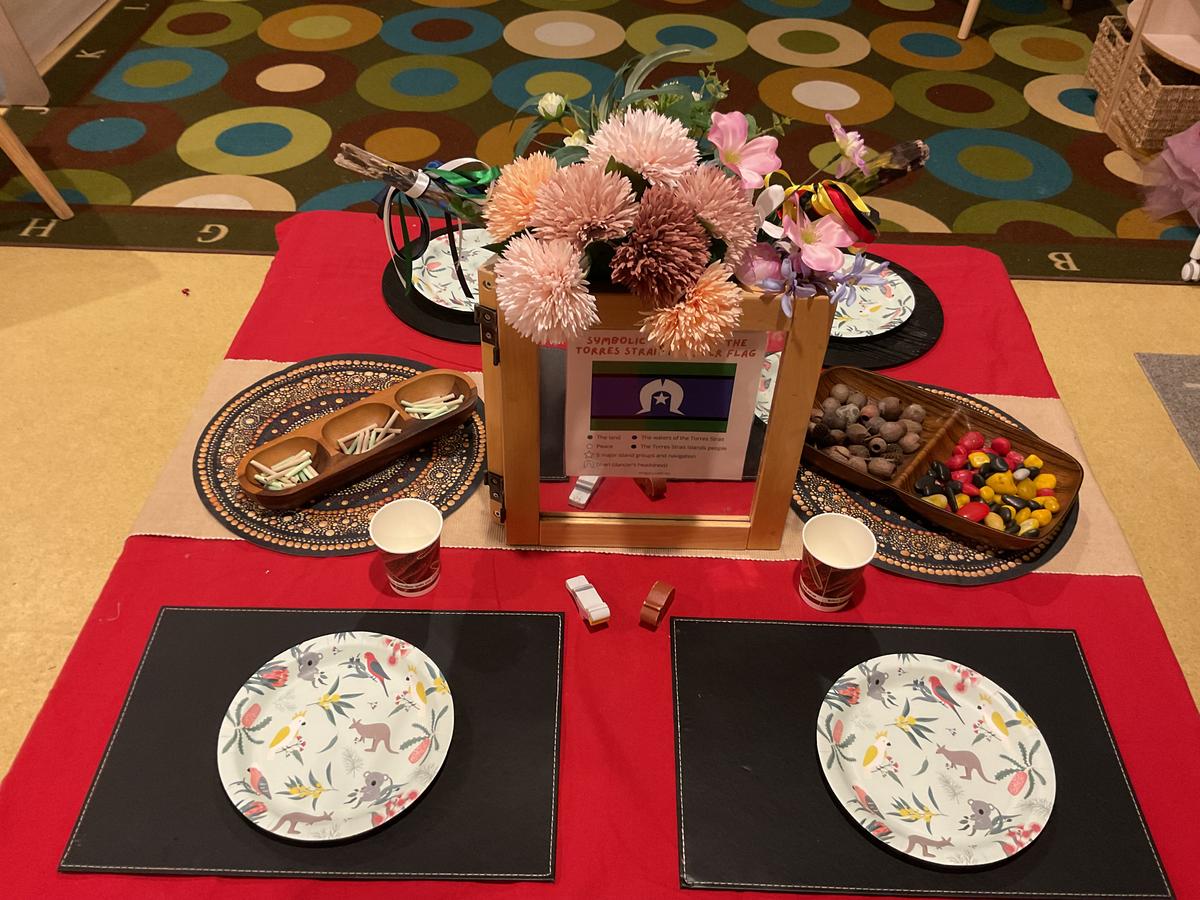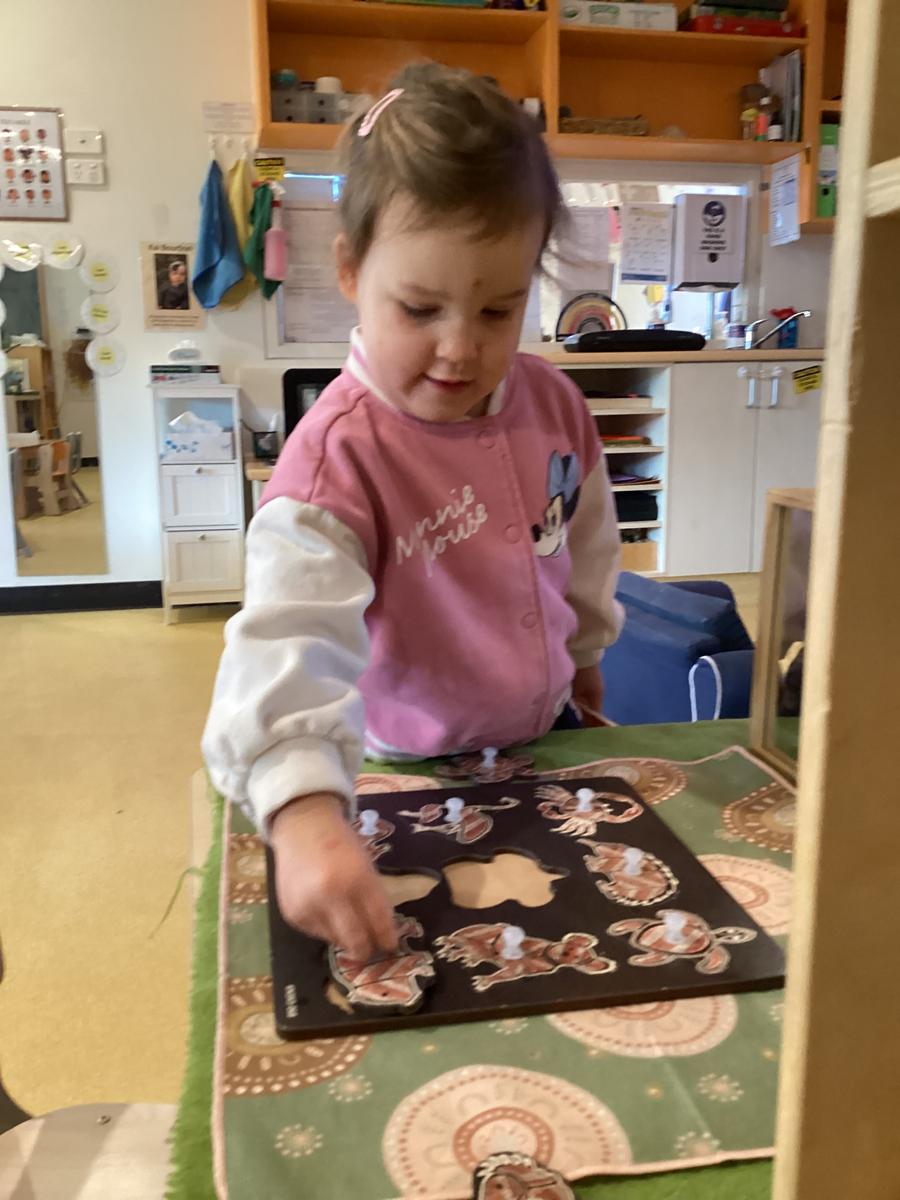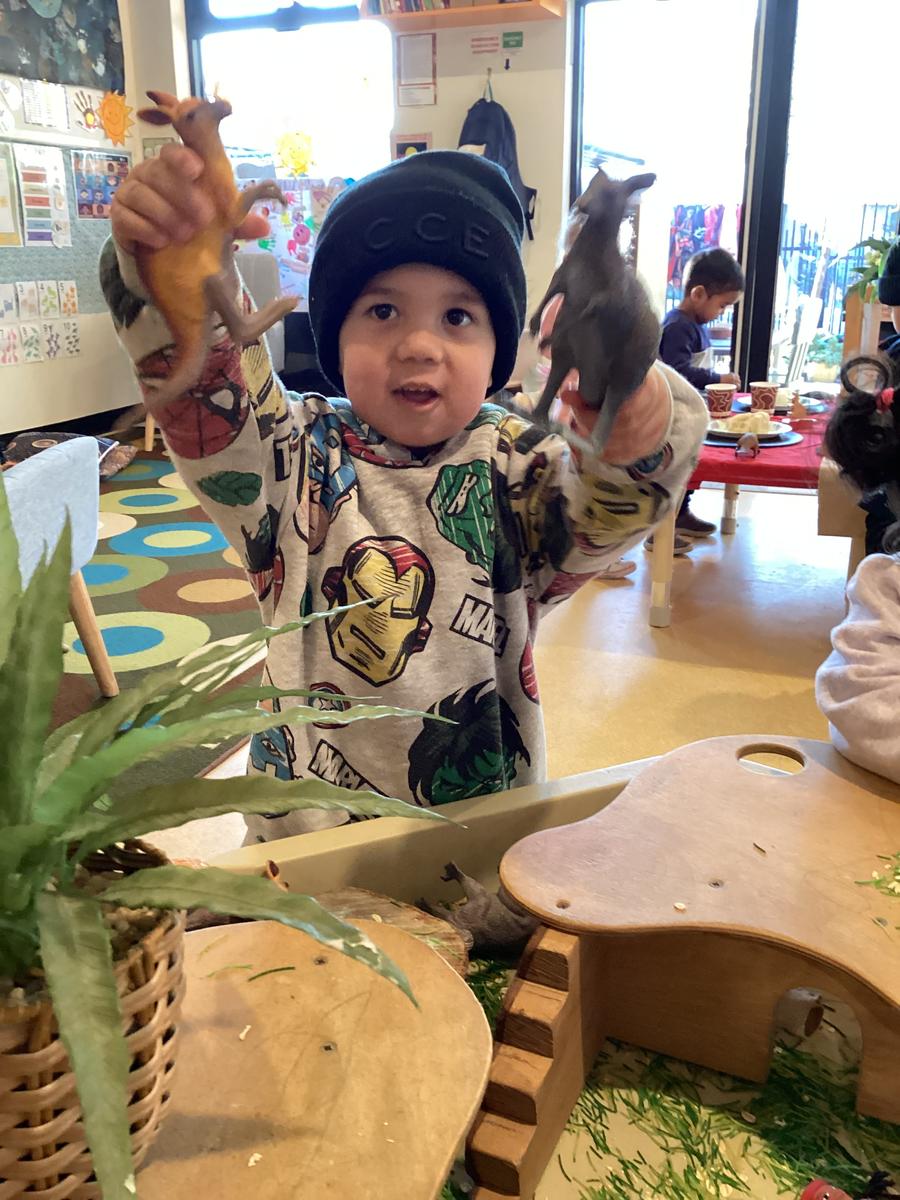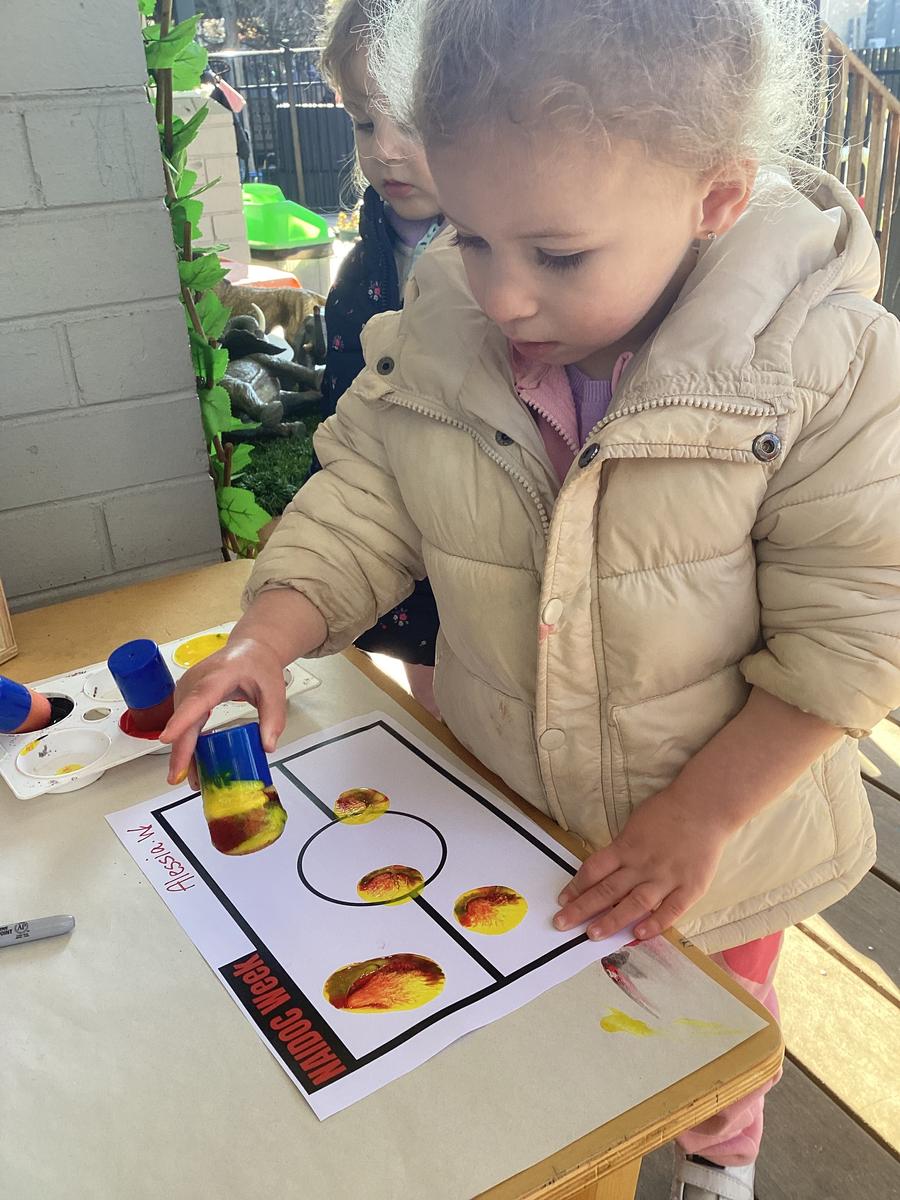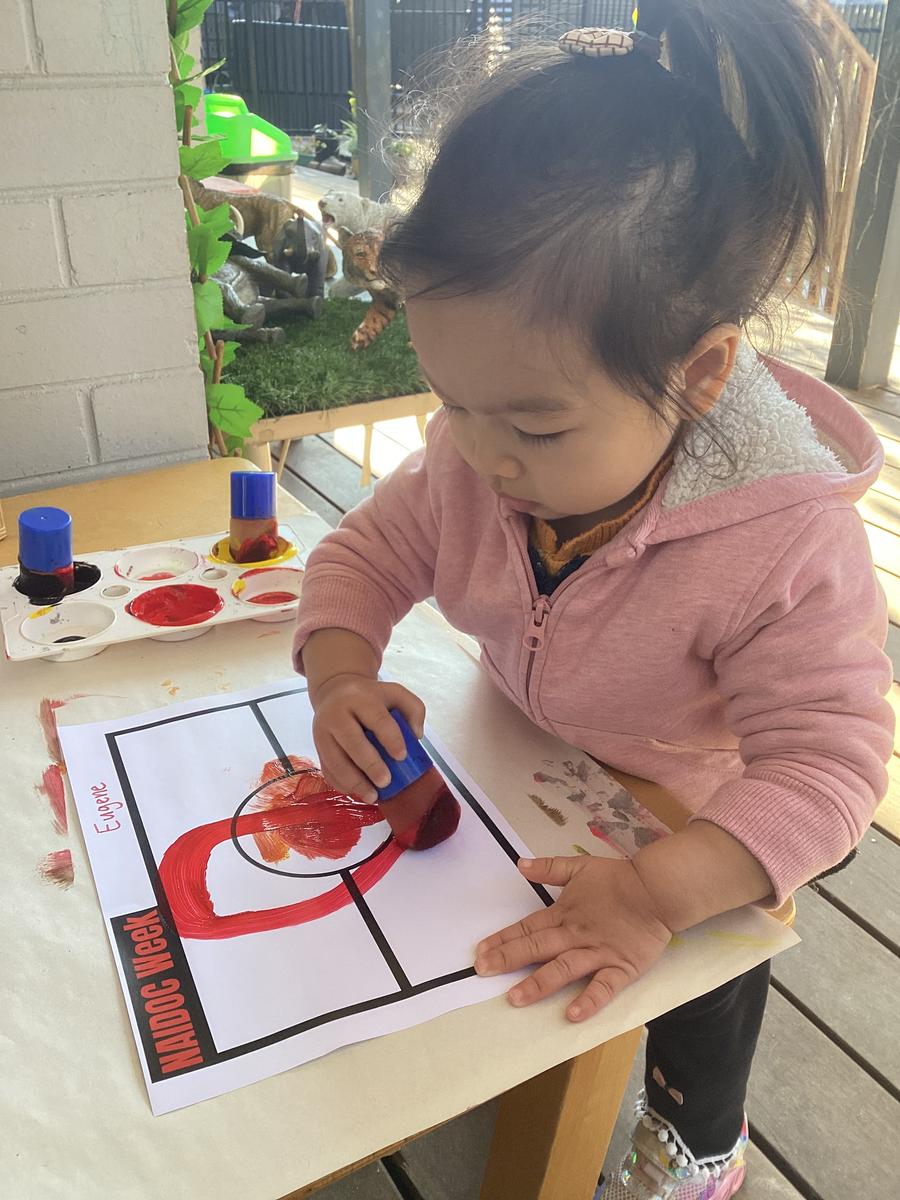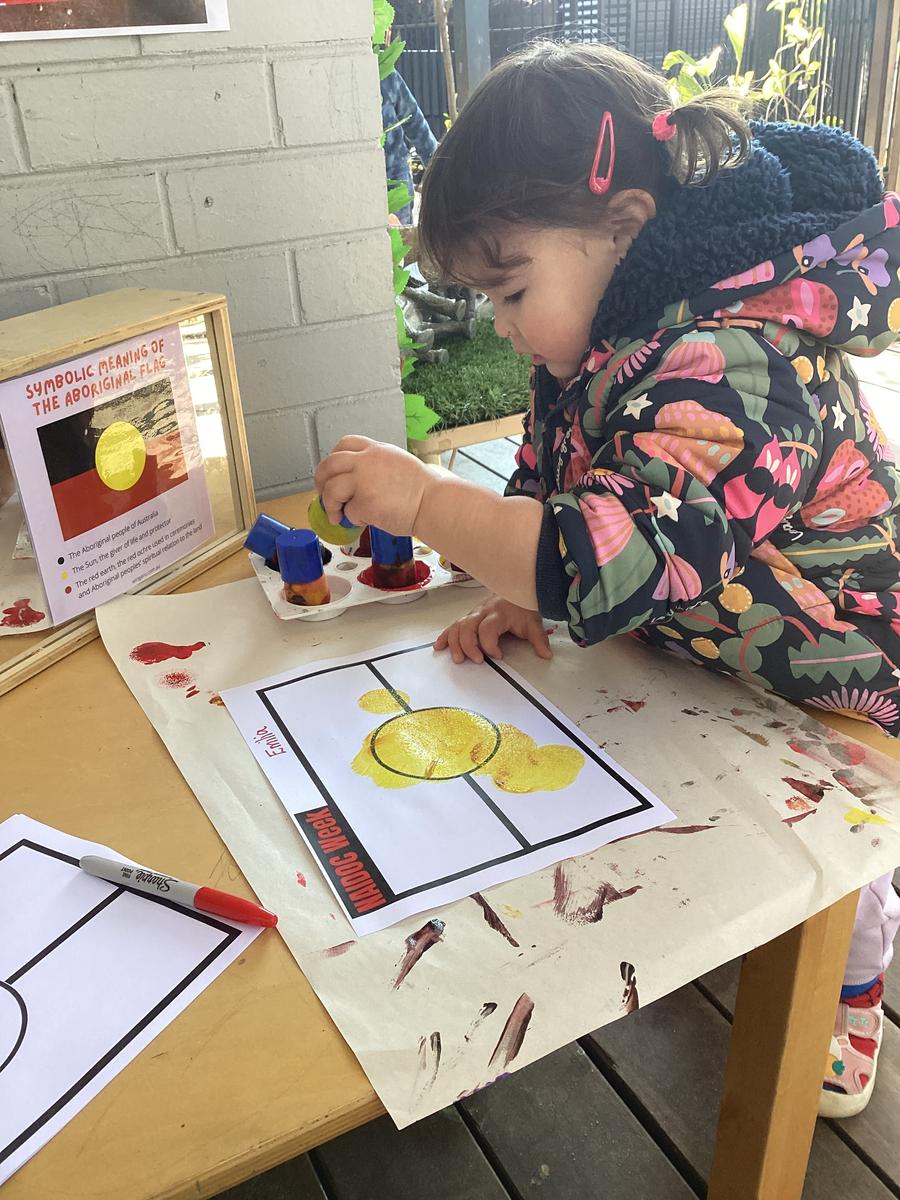River Room Curriculum

River Room
What a wonderful term 2 we have had, all children are very settled and have enjoyed some fun experiences, while learning about animals and their sounds. Let's look back at what we have been up to.......
All about animals
For term 1 we were learning all about animals and decided to continue this into term 2. We have supported the children's interests, family voice and child's voice, setting up experiences accordingly and adding this to our room curriculum. We have been learning about animals and their sounds and this has been a huge part of our daily group times as well. We have singing songs like 5 little ducks, 5 little monkeys and old Macdonald and using finger puppets to get the children more involved and get group time more interactive for the children. A book we have been reading and focusing a lot on is the book where is the green sheep? each time we read this story the children are becoming more excited. We do have a soft teddy of the green sheep and sometimes we get him out for some extra excitement. At the end of the book you need to turn the page quietly and find the green sheep under a bush sleeping and some of the older children are beginning to say shhh when we get to that part. Daily experiences have included plenty of sensory play and a range of animal based fun, we have had table puzzles out, sensory trays with rice, sands, pom, poms and water play, weather appropriate.
Inquiry Project for Term 2- The Rainbow fish
Our term 2 inquiry project relating to animals was the Rainbow fish. As a group the children each painted their hands in the colour or colours of their choice and then printed onto paper, once all the handprints were complete and dry we put them altogether in the shape of a fish to create our own rainbow fish mural which is on display just outside our room. This was a fun experience for everyone and nice to have all the children involved and we often see the children looking at the brightly coloured fish outside the room and then we begin conversations about the handprints, asking them questions, do you remember what colour hand print you did? This was not just a project for older children, we got all the children involved and even younger babies were able to do a handprint, this was a little trickier but we got there.
Self help skills and independence
During term 2 and the remainder of the year we are going to be focusing a lot on self help skills and independence and this is something that we introduced this term. Older children have been encouraged and have started to wash their hands in the bathroom at the sink before meals and after nappy changes, whilst younger babies and children that are not walking we are using wipes and face washer to clean their hands when needed. After meals usually lunch we are giving the children a wet face washer and encouraging them to clean their face and even some of the younger ones are beginning to pick this up. Moving into term 3 we are going to be introducing older children to be scraping their bowl's after lunch and putting their bowls away into the tub, we are also going to encouraging children to take off their shoes at bedtime and trying to put them back on when needed.
Watering the plants
As a lot of the children are interested in gardening at the moment, we decide to go out and water the plants out the front, we took the children out in pairs and using a watering can were able to water the plants. We spoke about what they could see and thanked them for giving the plants a drink of water. Some children knew what to do others needed some assistance but overall this was a lot of fun and something that w are going to continue moving into term 3.
Tea parties in the sand pit
The children have been showing a huge interest in the home corner and having tea parties and this is something we have been continuing in out outdoor environment. Moving the wooden table and some of the home corner equipment into the sand pit. This has been the best fun ever, children have been spending long periods making cupcakes, cookies, cups of tea and milk. Whilst doing all that they have been extending their social skills, making friendships and engaging in conversations and play with their peers.
3-Year-Old Kindergarten (Forest Room)
Emotion Curriculum in the Forest Room:
This whole term, we have been working on learning our emotions, discovering what makes us feel a certain way, looking at different 'clues', and supporting children in regulation techniques.
Emotions can be tricky to understand, regulate, and deal with when you aren't too sure what you are feeling. That's why within Forest Room, we will investigate different emotions week by week and understand how they can feel in our body, what can trigger these emotions, and ways we can deal with them. To start with this conversation, we identify simple emotions including happy, sad, angry, shocked, surprised, and scared.
Gradually, we built and started to identify the same emotions alongside using the Zones of Regulation with the help of a friend called 'Pinky', and one of our puppets, ‘Gail the Snail’.
Throughout the weeks, we had dived deep into the different zones, emotions, and brainstormed what makes us feel that way, how we could help ourselves, and made connections. The children love to share and have the opportunity to voice their ideas, thoughts, and feelings, and we share this with families in our weekly summary and on our wall.
To support children in identifying these feelings in themselves and others, we talk about ‘clues.’ These clues could include facial expressions and demeanour. However, at times no ‘clue’ may be present; however, we can always use our words and ask our peers, “Are you okay?”, putting our kindness hat on.
Using the Zones of Regulation as a framework, we aim to help children to:
• Recognise when they are in the different Zones
• Understanding you may feel multiple zones at once, and that is okay.
• Increase their emotional vocabulary so they can explain how they are feeling (how does your body feel when you're angry?)
• Recognise when other people are in different Zones and how we can help them.
• Understand why they are feeling in a particular zone.
• Develop problem-solving skills and resilience
• Identify a range of calming and alerting strategies that support them depending on each mood.
Cooking with Ash:
Weeks 1 to 6 Recap
Wow! What an amazing six weeks of cooking we have had! It has been amazing to see the children so engaged each time we cook. They have lots of chances to try new food and explore different cooking techniques.
We have six more weeks of cooking that will be extended into the beginning of Term 3. Cooking each week will be completed on a different day, to give opportunities to all children to participate.
We have observed children trying new food within these experiences, which has carried over into our eating times (morning tea, lunch, and afternoon tea). Children have been asking questions around food, including what is for lunch today, what the ingredients are inside (usually if there’s chicken in it), what it smells like, and the children love to guess the flavour of our muffins/ slices.
Mindfulness:
We have been exploring different ways to calm and regulate our bodies. At the moment, the children have been busy engaging in Yoga (with a Forest Family), Cosmic Kids yoga, calming doodling, and pinwheel breathing.
Regulating a child's body is crucial for their overall development and well-being. It's about managing energy levels, emotions, and behavior, which allows children to focus, learn, and interact positively with others.
4-Year-Old Kindergarten (Field Room)
Literacy
Throughout term 2 we have been focusing on our individual sounds. We supported the children's learning in this through: Jolly phonics and Cued articulation. Jolly phonics uses the synthetic phonics method of teaching the alphabet letter sounds in a way that is fun and multi-sensory. Whilst learning the songs we also incorporated cued articulation which is a set of hand cues that assists in teaching the individual sounds in a word. These hand movements are logical – each hand sign represents one sound, and the cue gives clues as to how and where each sound of the letter is produced. Though these 2 programs are not a pair in the way it is taught. We thought it was practical as it assists the children further in their phonic sounds. Each week we would look at 2 or 3 focus letters within group time. Out of group time the focus continued into the learning environment. There were different activities out to further support the children in transferring the knowledge learnt from one context to another. These included: supporting our pencil grip and manipulation of forming the letters either on the interactive whiteboard or at a learning experience. Contribute to words that began with our focus letters throughout the day/week so that we could think about this within our own time and sound out objects. And lastly playing an interactive game that asked us if certain things began with our focus letters. Next term we will fill the children's literacy toolboxes further through extending on individual sounds. Such as (rhyming, syllables, beginning sounds, middle sounds and end sounds and much more).
Emotional Regulation
Over the term we have been focusing on emotional regulation. This was supported by 'Zones of regulation, amygdala's (our brains), bucket filling and bucket dipping'.
Zones of Regulation:
- Sensory regulation: The ability to learn how to manage and respond appropriately to sensory input from their environment.
- Emotional Regulation: The ability to recognise body clues associated with different emotional levels and understand how others think and feel in response to our emotional state.
- Executive functioning: The ability to have cognitive control over our behaviour. Our executive function skills include our ability to sustain attention, plan, problem solving and use positive self-talk. These skills are vital for building a positive foundation for the
Amygdala's:
Learning all about the brain introduces the children to new concepts that further supports their emotional regulation. Children gain a deeper understanding that we need to be kind to our brains and that we all think and act in different ways and that is okay. We are not all the same but there are ways to manage our emotions as well as helping our brains. As a group we discussed that our brain can do things really well and these are when we have created ‘strong pathways’. And sometimes our brain needs support with other things so we can build stronger pathways for them, but these take a little practice.
Bucket filling:
How full is your bucket? - Tom Rath and Mary Reckmyer. The book highlights the importance of being kind, not only to others but, to ourselves too. Using a metaphor of a bucket filler and dipper, the children gained a visual insight to the meaning and were able to gain a deeper understanding. We all discussed as a group what makes a bucket filler or dipper, and we have been hearing this language used a lot throughout our classroom which is beautiful to see: “that filled my bucket” “You’re dipping from my bucket.
Body Safety
‘Everyone’s got a bottom’ By Tess Rowley. This book is the perfect introduction into body safety for children as it uses age-appropriate language. Within the book it uses correct anatomical terms which is important for children as well as giving them words and knowledge to help keep themselves safe. The book uses repetitive language to support the children’s learning further as well as their memory skills. Together as a group we would say “From my head to my toes, I say what goes” As a group we discussed that our bodies are just for ourselves, and we have a right to say no. Of course, we have safe people who need to help us sometimes and that is okay. Through this the children named one safe person for them.
Sun Room - Term 2
As term 2 comes to an end let’s take a look back at what we got up to….
Bugs and Insects…
For the first half of term 2 our focus was bugs and insects. Our aim was to engage the children’s senses and curiosity. Our experiences included talking about what bugs look like, what they eat and where they live. We went on a bug hunt and created a poster together with all the bugs we found in our outdoor area. These included snails, butterflies, lady bugs and bees. The insect song ( Have fun teaching) was a huge hit with the children where we learnt what noises the movements the insects make.
Pets and Animals…
For the second half of the term our focus was on Pets and Animals. We received so many photos of the children with their pet or their favourite animal from a trip to the Zoo or Aquarium. This created a wonderful opportunity for the children’s learning by fostering observation skills, responsibility and empathy. They also provided beautiful moments where the children could share an experience about their pets. Two stand out learning experiences we had for the children was the Pet Care Station and the “Old Mac Donald” sensory tray. Both these experiences sparked curiosity, and helped develop a basic understanding of animals.
Shapes and Colours…
We focused on Shapes and Colours for the whole term and will continue to create and support opportunities as this learning will be ongoing. This topic was to support the children’s learning through simple, fun and hands on experiences which focused on exploration and recognition. We had so many amazing learning opportunities for the children. They definitely enjoyed painting an assortment of shapes on the easel and having the opportunity to choose and talk about the colours they were using. The children were so engaged in the colour sensory trays where we focused on the colours blue, green, yellow and red, one week at a time. Our focus song was “Shapes are all around” ( Pinkfong) where we discovered a huge range of shapes and were able to relate them to every day objects.
Superheroes…
A huge interest over this term has been superheroes. We supported this through Spider-Man themed play dough, superhero puzzle, spider man cooking and superhero figurines.
The children were so engaged in these experiences and it was great to see their learning was so supported which we saw highlighted through turn taking, sharing a play space, positive interactions, role playing, creativity and imaginative play.
NAIDOC Week…
We finished off the term by acknowledging NAIDOC week. As we are still supporting our learning on animals we thought this would be a great way to link the two learnings together and focus on Australian Animals whilst also supporting an understanding of what the theme for NAIDOC Week means to Sun Room. The theme for this year is “The Next Generation: Strength, Vision and Legacy” This is so meaningful as it’s a time for all of us to come together to promote unity and inclusivity. The children enjoyed singing and dancing to Taba Naba and Inanay. Our incursion with Ganga Giri embedded the feeling of how important it is to know that we are all connected to the land. We have also introduced the word “WOMlNJEKA” after our Good Morning song, which means Welcome!
Upcoming Events…

